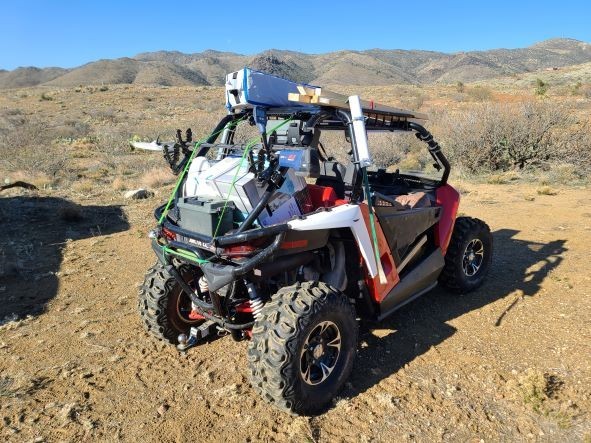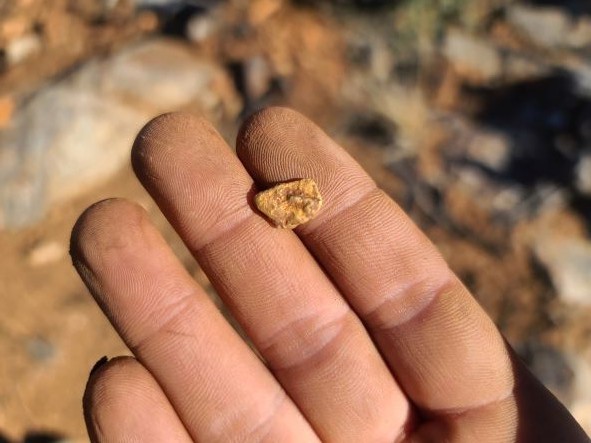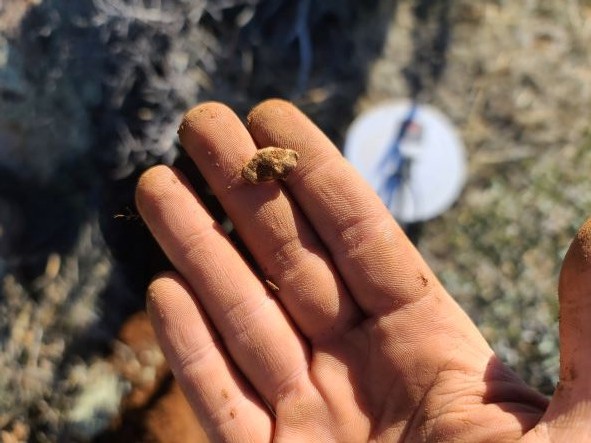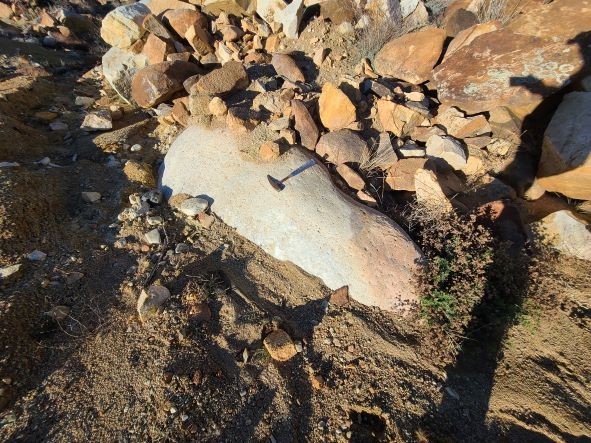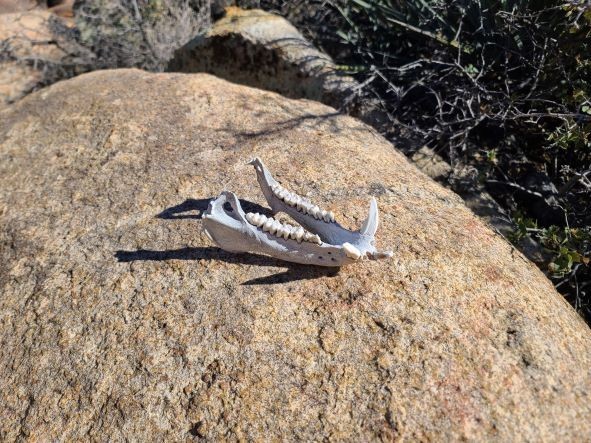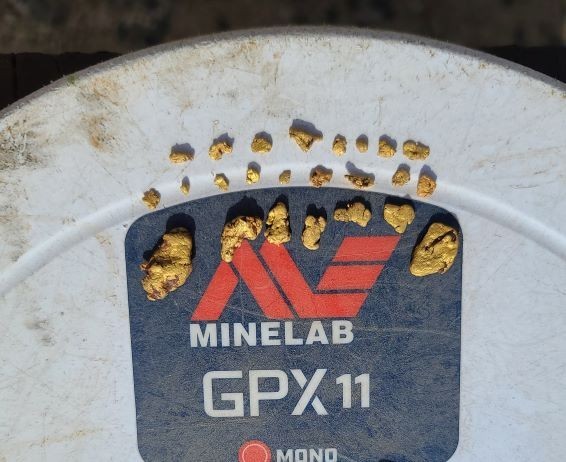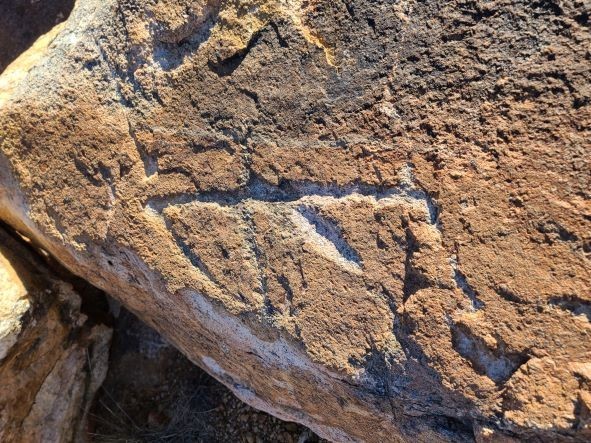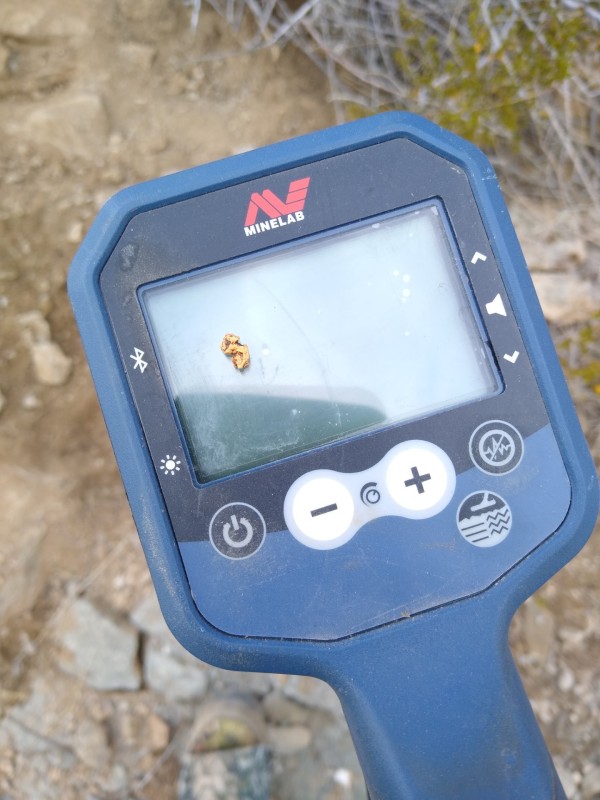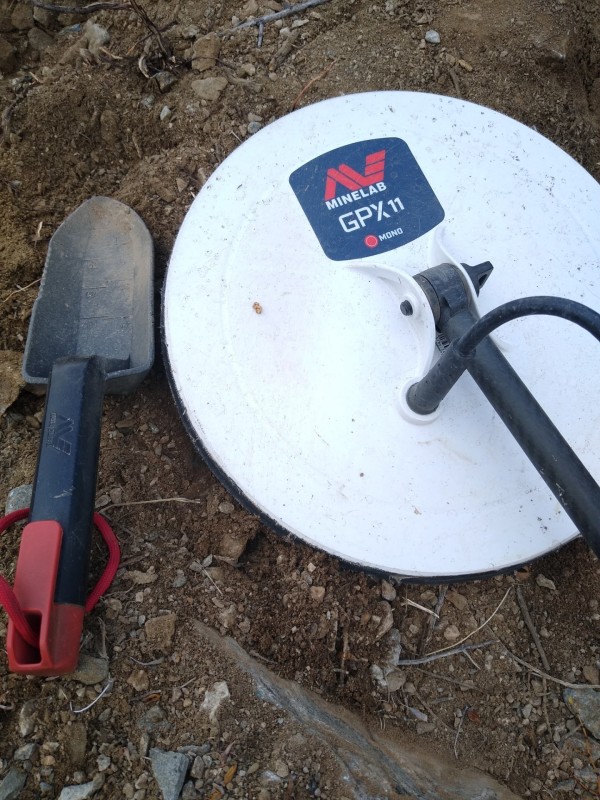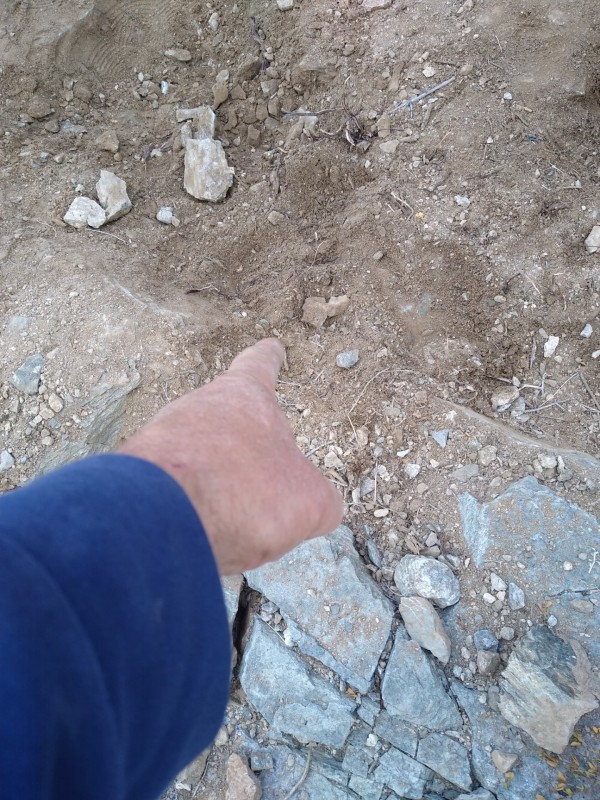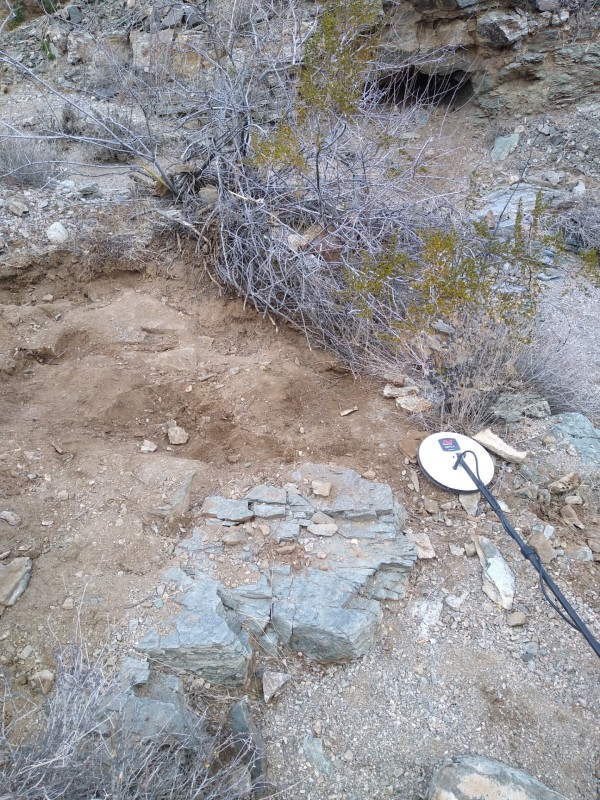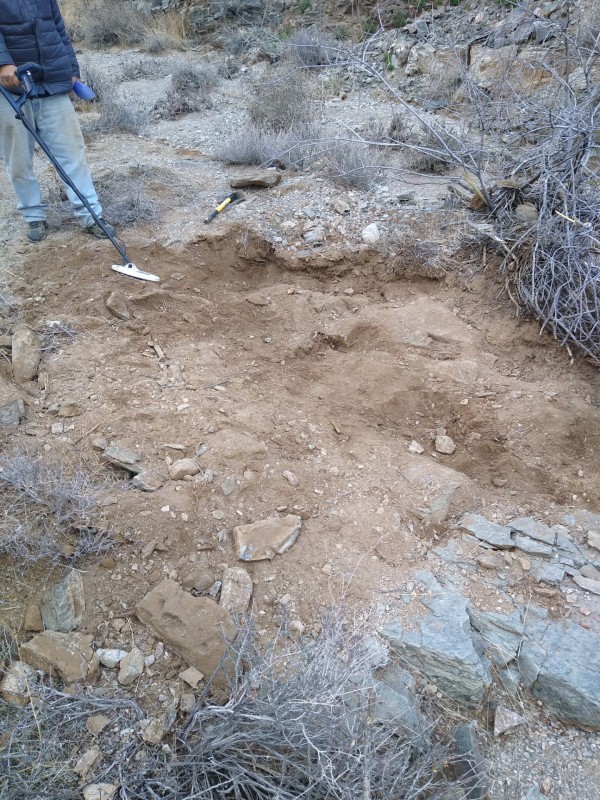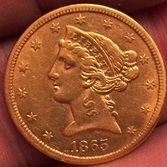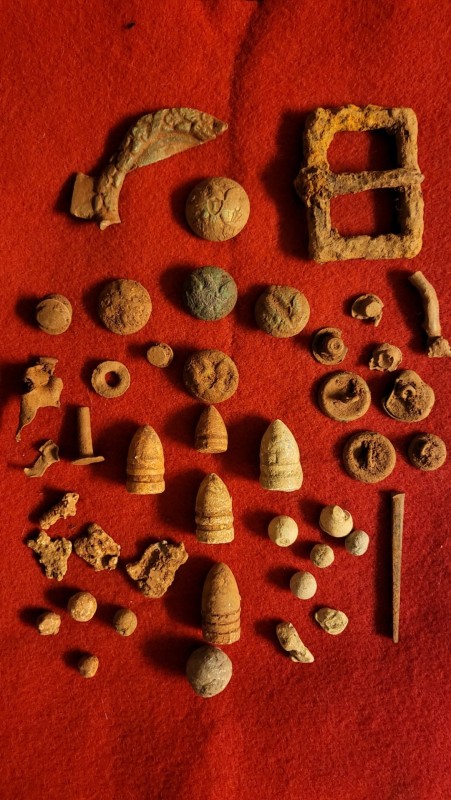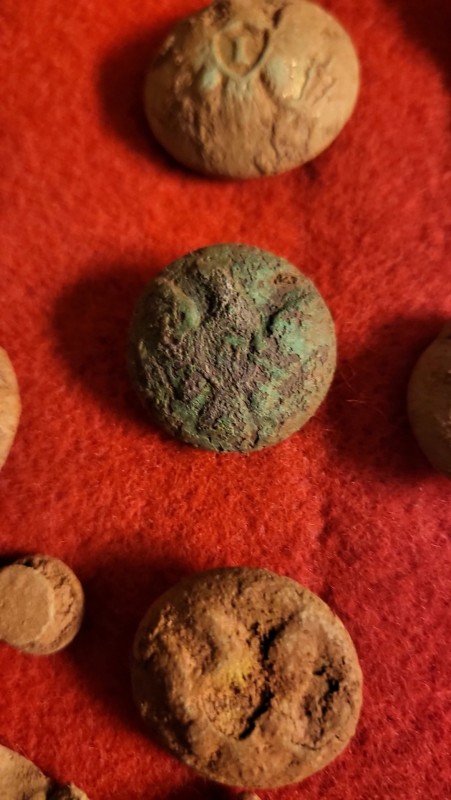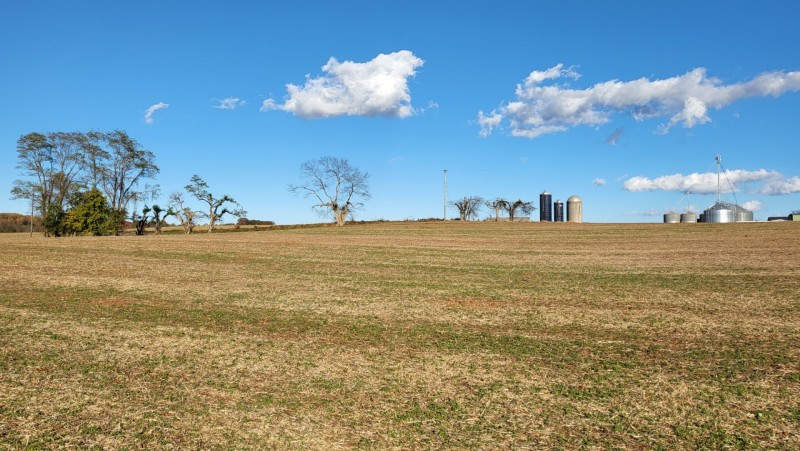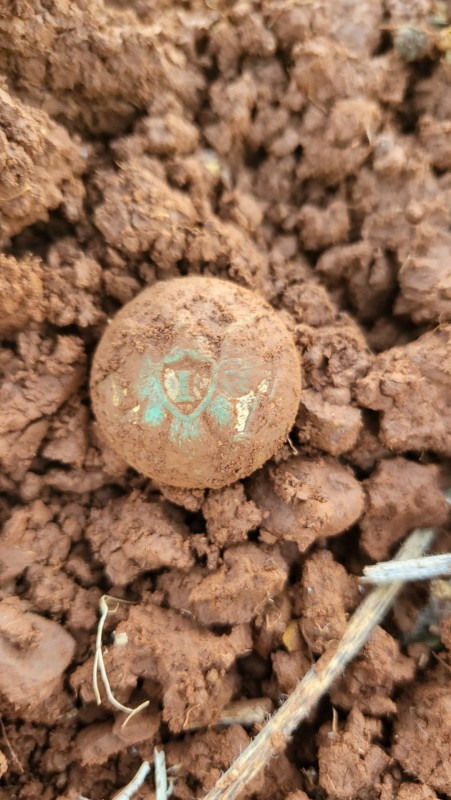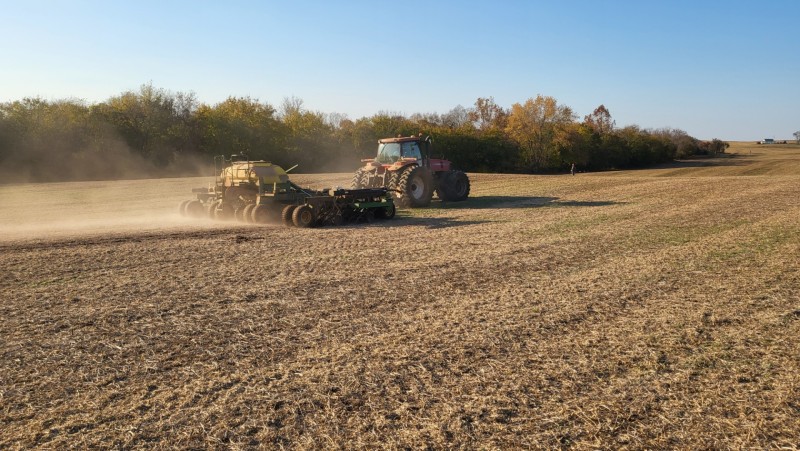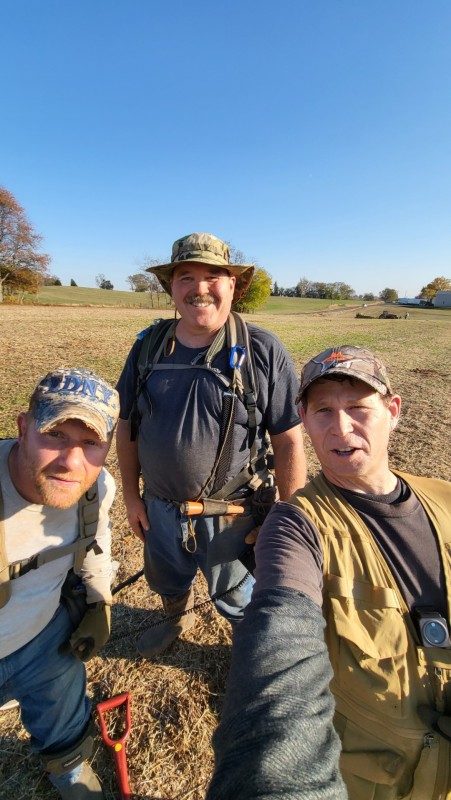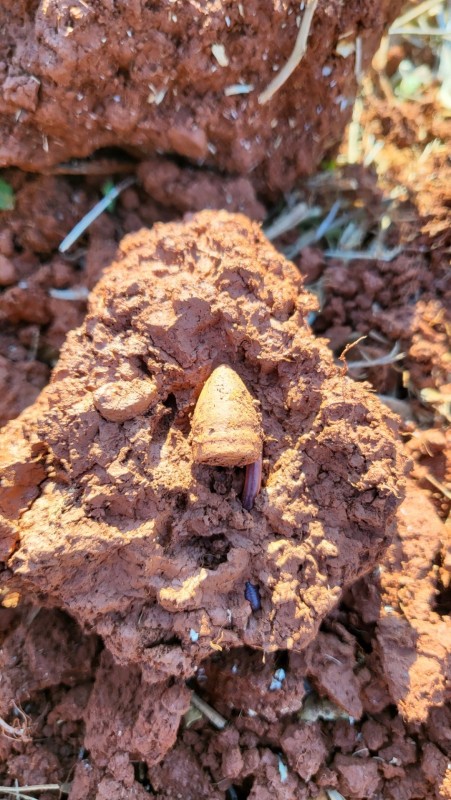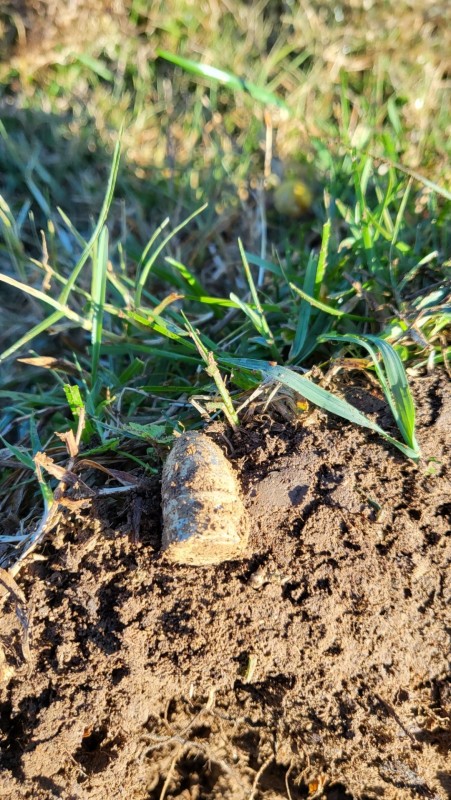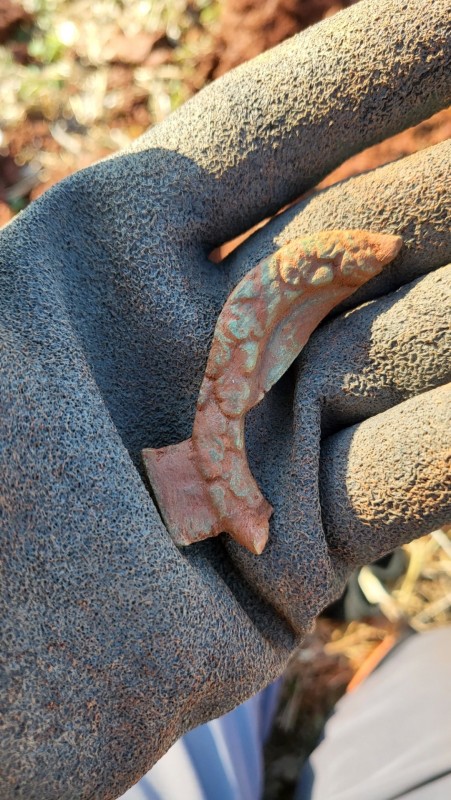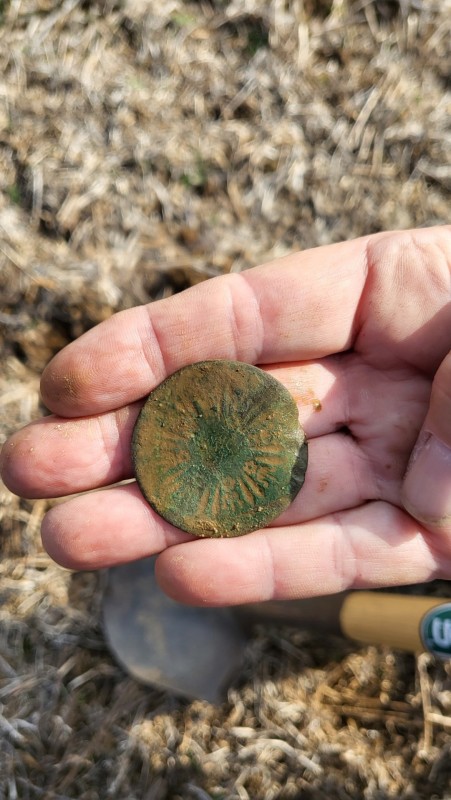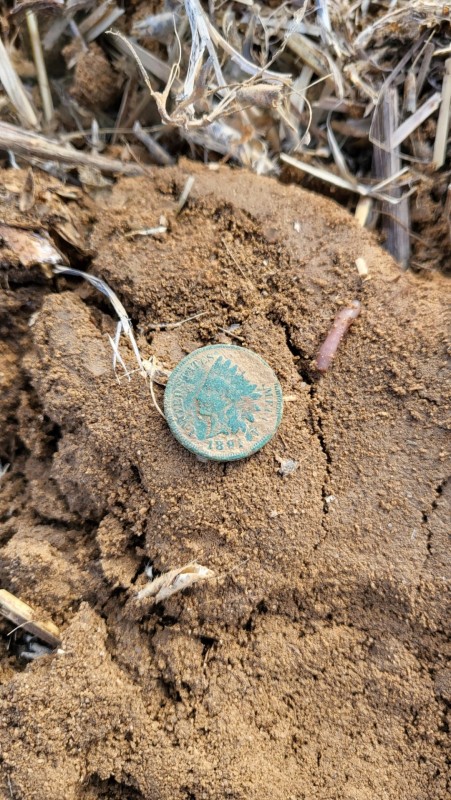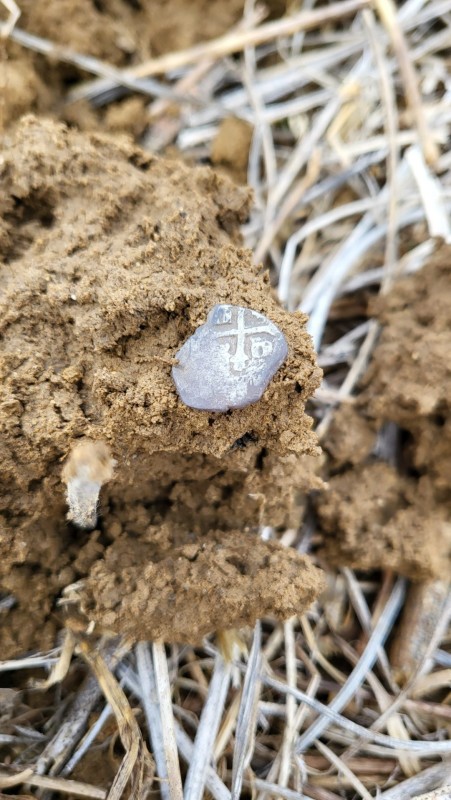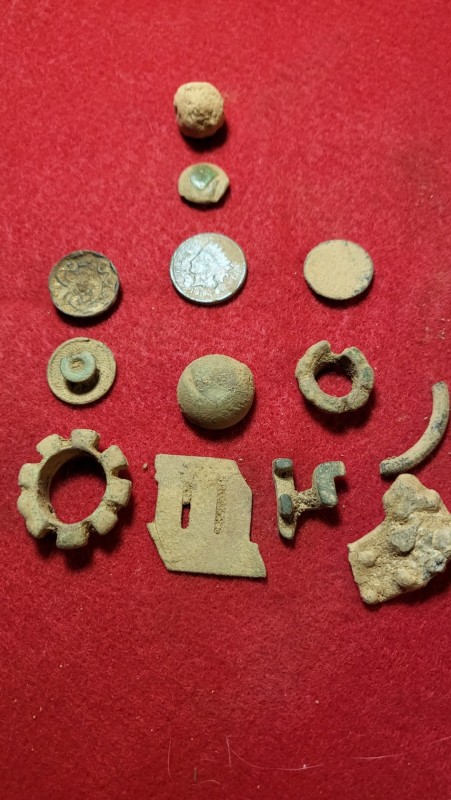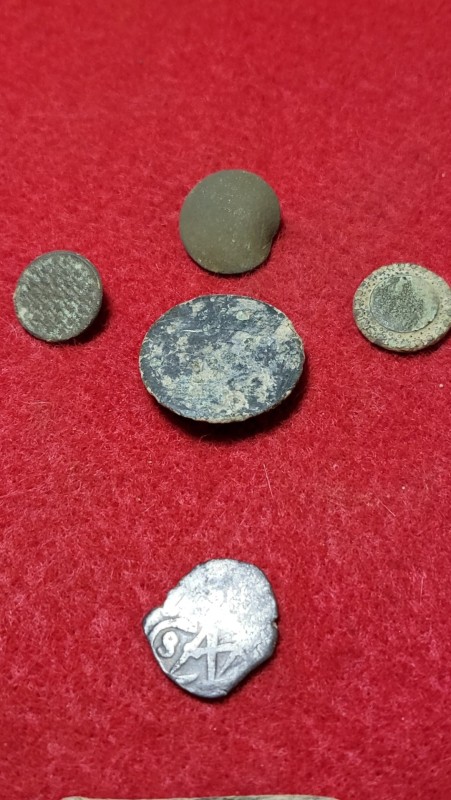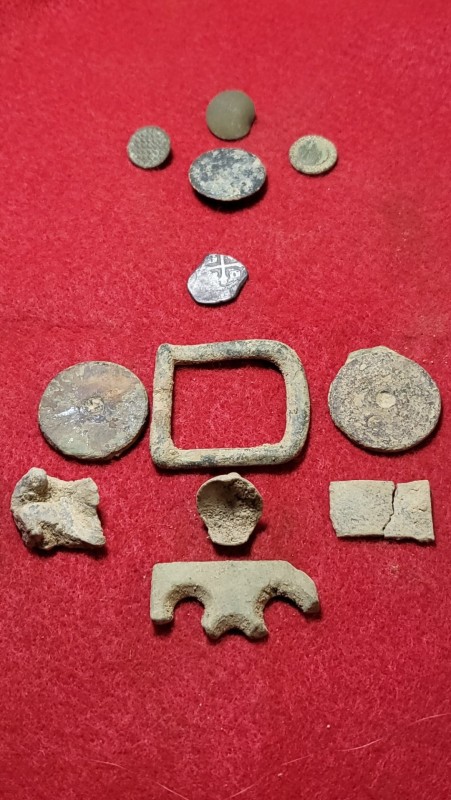Search the Community
Showing results for tags 'stories trips adventures'.
-
Hey y'all, It's been a hot summer, haven't been posting much because most of my hunts have been run-of-the-mill, I'm just not finding a heck of a lot, and when I do it's kinda the same old stuff. Sadly all my current permissions are covered with crops, and I really haven't got round to finding any new ones. I do get out at least one day a week detecting anyway. 🙂 I went to my little beach one day and ran into the couple that owns a bit of adjoining beach, asked them if I could detect it. Turned out they were moving, and they said "since you've been so nice asking, have at it!" It's the 2 spaces beyond the chain. The next 2 are county property. Didn't find anything except this coin: It's solid brass with a plate attached, it's been in the river for a couple years, should last a long time. It has a plain mirror reverse: I got home and did a ton of research, it turns out it's a coin. This young man's father had 1200 made to memorialize him, he was a high school boy who went to a quarry, and was killed jumping in the water. It was all over the news here in 2019. You have to follow the hashtag as the web address is no longer valid. My dilemma was whether to return it to the family or who? Make a big deal of it or not? Someone tossed it in the Potomac, they have left them everywhere and all over the world. Great showing of respect for this young man whose life ended all too soon, 3 days before he graduated from high school. I thought about it for a couple of days, and finally returned it to the spot I found it. I think the person who put it there would have wanted that for their friend. 🙂 It is a beautiful spot.
-
This is a true story regarding my find of an 1891 San Francisco dog license. My information was obtained through research at the Wil Di Magi National archives. In 1890 a larcenous scoundrel narrowly escaped being hung in Australia and fled to California to continue in his nefarious activities. when he came ashore in San Francisco He stole a families beloved dog. He proceeded to a northern sierra mining camp and advertised the dog for sale as a gold sniffing hound. He then stole a large gold nugget and slathered it with bacon grease and buried it near the camp. the next day he brought the dog out to demonstrate it to 47 eager buyers. he turned the dog loose and, sure enough, the dog went and dug up the nugget (which he then licked clean of bacon grease). There was an immediate bidding war for the amazing gold sniffing dog which sold for an astounding $152.75. The scoundrel from San Francisco couldn't help himself and started laughing at all the foolish prospectors and miners. but while he was laughing the dog disappeared, but soon returned with a huge nugget and gave it to it's new owner. the dogs owner was then offered $842.63 for the dog which he accepted. This same thing happened several more times throughout he coming days resulting in a very joyous, prosperous and happy mining camp, except for the scoundrel who returned to Australia and begged them to hang him. No one Knows what became of the famous gold sniffing dog though rumor has it that he became the leader of the (now extinct) Sierra Dingos. And there are those that claim to have one of his descendants, such as a dog named Wilson out of Reno Nevada one named Buddy near Oakly, California, one named Rooster from the North East Sierras but the only convincing one is an dog named Danny, owned by me and not for sale. The only known photo of the famous gold sniffing hound taken in 1896
-
I've been scatter shot prospecting in the Rockies on my ATV, 20-40 mph winds constant. Normally 50 degree is my ideal prospecting temperature, but in winds like this it can be uncomfortable. It's a struggle to hear signals even in headphones in this kind of wind, but doable. There is very little written mining history, and not much geologic mapping and reports available in this area. This is one of long list of places closer to home which I've spent over a decade researching and compiling information on, to explore during free times like this when work and health aren't preventing me from going to the field and it's too hot to prospect down south. In most cases, my coil is the first to touch the ground here, so where there is gold around, it's almost all very easy targets. The ground is pretty mild here too for the most part, just how I like it. Auto+, easy sailing. Locate gold bearing areas, move on to the next. Quick, tactical prospecting...bring the 15" concentric X Coil on the GPZ in later when I want to find the deeper (and conceivably larger) pieces in the deeper soil. This is the type of prospecting and exploration I truly love. And finally I have a machine in the 6000 that makes it easy - no rig up/rig down time. I can drive my ATV until I see good topography and gravels, be detecting in 15 seconds, then throw the detector back on the rifle rack and be moving on within seconds again, until I see somewhere else favorable looking and do it over. My dog thinks I am reaching for beef jerky whenever I set my detector down. He wasn't too happy to see a camera instead. I got him in 2012 and he has been on every single detecting and dredging trip I've ever taken since then. If he can't go, I don't go. Meanwhile, I've yet to convince any of my non-prospector friends to come out with me even once! Some of these cracks in the bedrock hide nuggets. But sometimes they are just hanging out in the grass roots, or in the soil right near surface too. 25 for the day (one is hiding, mostly covered by the wide boy). I like when things work out with nice numbers, so I chose to stop at a pleasing place. I also think this is the most nuggets I've found in one day, so it's easy to remember. There are many more left, but the gold isn't as important as showing an spot is gold bearing in general to me. I found a few patterns. Have a few theories. My understanding of the area is increasing. Have a bunch more spots to investigate and then I can start searching for the lode sources. A trash shot for Simon so he doesn't feel alone in digging the bird shot. Definitely a few more trash targets than nuggets, but was close to 1-1. Can't complain there. On the subject of trash targets, one thing I would like to see improved on the 6000 or whatever it's successor is, is a faster recovery time. I'm finding it quite difficult to use in trash, especially shallow trash, due to how hard it hits, and then stays "hitting" long after the coil has moved away. In places with lots of shotgun pellets or tinslaw bits, this can make it quite difficult to try to work through the trashy spots. And separately, while I mentioned it in another thread, I really do feel like there is some "bogging" down happening in the electronics at random times that is causing me to not just miss targets in my scoop, but in the ground too. Unless it really just is so directionally sensitive that being off on a swing by a few degrees is the difference between hearing a target and not. Anyways, no product is perfect, and I'm glad to finally have a lightweight, quick machine to use with almost no rig up/rig down time. I got close to having this with the GPZ and 8" X Coil, which thankfully showed up at the perfect time to save my elbow from further damage and I'm very thankful for, but the 6000 just is one level quicker still and requires less "stuff" to tote around, so it's my main machine. I do feel the 8" X Coil does better in heavy salt still though, and the 15"/17" concentrics blow the 6000 out of the water when it comes to depth, bar none. I'd sell my GPZ and just stick with the 6000 if it wasn't for those two coils.
-
I wish I'd have filmed it. I went to the river with my family this afternoon. I specifically picked a beach that I knew would be heavily populated, so I could do a little jewelry hunting, while the family enjoyed the water. The river was indeed VERY busy. I was making my way around the shoreline when a gentleman spoke up, and said he had lost a wedding band the week before. He said this mostly in jest. I asked him where exactly he lost it, and he pointed to the opposite end of the river (A deeper area, probably 6-8ft). I told him if I came across it I'd return it to him. I didn't really feal like being fully submerged; I get real cold, real fast. The knowledge that a ring was possibly just sitting there was too much to bear. I knew, what I was looking for (A large black tungsten ring), and I knew where to look. I made my way over to the deep end. The water was up to my neck, with a slow current. I put my equinox into Field 1. Im usually looking for gold jewelry, and run in Park 2. I figured Field 1 would sound off better on tungsten, but honestly wasn't completely sure. My first couple targets were trash (pulltabs, and metal flakes) My third, or fourth target came threw loud, with a 10-11 on the VDI. I knew 10-11 was exactly the number I was looking for (My previous tungsten rings have all came threw in that range). I took a deep breath, and went under. I had no goggles, but I had my pinpointer. I released all my breath underwater so I'd sink, and with my pinpointer under my right thumb, I began to grab handfuls of river bottom, waiting for the vibration to follow the pinpointer into my hand. This lets me know I have the target. The ring was only an inch or so, and it only took one attempt to get a handful of river bottom with the target inside. I surfaced, and stared at my hand, waiting for the ability to see what I had. There it was, a large black tungsten ring. I made my way back to the family, and asked the man's wife where her husband had gone "he went to the bathroom", she said. I told her, I found her husband's ring, and, victoriously held it up. The wife, and various onlookers were astonished. I was so excited, not only to get the target, but to be able to return it. I ran into the husband on the way to tell my wife, and let him know. It took a little bit to convince him, but I assured him I was serious. He told me it was a 700$ ring that he used in place of his nicer band while at work. He offered to pay, but I couldn't accept. I finally know the feeling of retrieving, and returning a wedding band, and it was just as good as finding a keeper.
- 8 replies
-
- 31
-

-
- minelab detector
- stories trips adventures
-
(and 1 more)
Tagged with:
-
Apologies but this is long! I seriously contemplated something like Klunkers 1000 word essay! 🤣 After 4 re-scheduled attempts last year that were all thwarted for travel restriction reasons, the W.A trip finally happened earlier this month. The trip was with my brother-in-law (we’ll call him Bill (for Brother-In-Law)) who lives in Perth and has been doing some prospecting himself over the past 2-3 years for some decent success. Flew from Melbourne to Perth, stayed one night at Bill’s place and then left at sparrow’s fart for the 9 hour drive to a super secret location somewhere near Meekatharra. The plan was to prospect 2 locations for a few days where his research suggested there might be some detectable gold and then, depending on success or otherwise, move down to his ‘patch’ where he has had most of his success. He found his patch earlier last year and over the past 12 months he and and a few friends in Perth had gathered nearly 500 grams of gold from it. Biggest piece being just shy of 9 ounces. Bill had organised access to stations, access to some live tenements via agreements and access to some pending ground. All up, we had about 5 rough locations that we were able to hunt and he knew would keep us busy for the 10 days we were out and about. Very thankful to Bill for organising everything as the W.A. system is a little complex for a newbie running a fly in/fly out, hit and run mission. All tenements and areas that we were allowed to utilise were loaded into the Trilobite Solutions Geology Travel maps and this would prove invaluable over the next 10 days making sure I stayed where I was supposed to be, logging prospecting walks that we did, logging finds, logging dry blow piles, etc. It is a great little app (for Australia and Canada). After a smooth run on both black top and good dirt roads we rolled into what was to be the first night’s camp at about 4 p.m. The camper trailer and swag were set out and the detectors were fired up. After such a lengthy build up to the trip we were finally into it! Bill wandered reasonably close to camp and I wandered a little further off. After 45 mins or so and a few short bursts of detecting I found my first little bit of W.A. gold. Easily a sub-grammer but it was a start - and day 1 was not a skunk! Couldn’t find anything more in a close area around that first piece and headed back to where Bill was as it was getting close to dark. He had found 2 small pieces and had another 3 signals marked for me to check with the 6000 (he was running a 7000 with stock 14” coil). I could hear 2 signals and felt the other was ground noise. He dug them up - 1 gold, 1 trash and 1 ground signal. Bill went off to start a fire and said for me to have another quick look around close to camp before it was really dark. Headed 30 metres west of where we had chatted and found a signal just down slope of an iron stone band. Another sub-gram piece of gold. Again, nothing more in a close area around it and started heading back to camp. On the uphill side of the iron stone got another signal - another sub-gram piece. This was quickly followed by 4 more sub-gram pieces and a signal left in the ground as now it was proper dark. Considering we arrived at this spot not knowing if we would find anything, it was a welcome start. Day 2 was, as all of them were, a start before sunrise. Straight back to the signal that was left un-dug the night before - gold. And day 2 was not a skunk! Bill left me to it and headed south from camp as my little patch turned into an approx 21 gram day for me. All little bits but the first 24 hours pretty much had my trip cost covered - everything from here on in was pure cream! Bill had also found himself a little patch with larger pieces but a lower total weight. I think about 7 grams was his biggest bit and total weight was approx 16 grams. Bill even ran the 19” coil on the GPZ 7000 over this area as it was flat and open but he could not eke out anything further. Day 3 saw a final clean-up of my little patch for a few grams (and day 3 was not a skunk!) and then several kilometres of walking, detecting, searching for new ground. We walked separately but the end result was zero. Bill had felt that if we were to find anything at that particular location it would have been quite concentrated - and he was right! Both small patches were barely 40 metres from camp. About mid-afternoon we felt the area had played out and we would be best served to head to the next prospect, set camp, have a quick search and then have a proper look the following day. The day ended with a new camp ground, no gold from a quick 30 minute look and a nice meal around the fire. Day 4 was a big day of walking. Again we targeted a concentrated area to begin with but when this proved fruitless the search was markedly widened. I headed east several kilometres and Bill headed north. The country is mostly devoid of low ground cover with the main vegetation being low shrubs and the occasional larger but stunted tree. It is a harsh environment of black rocks, red dirt, some areas littered with quartz and very, very little water. Something that amazed me for the whole trip were the dry blow piles that are assumed to be around 100-120 years old. They are barely noticeable in some areas due to their age but once Bill had shown me what to look for they were easier to spy. The sheer number of piles over a vast area is testament to the hard work those old boys did in such a harsh environment. Unfortunately location number 2 proved completely barren for any detectable yellow and we made the decision to cut the losses and move to ‘the patch’ that I had heard so much about. I guess sometimes it is hard to stay away from an area that has provided some good colour in the recent past. A couple of hours before dark allowed a little look around at where previous pieces were found, the lie of the land, a quick detect and the formulation of a plan for tomorrow. The evening detect found a couple of small sub-grammers for me and 2 just over a gram for Bill. Day 4 - no skunk! Day 5 saw Bill head north and myself head east for what was probably my biggest walking day. The plan was to spend the morning prospecting and if no success, to spend the afternoon around the ‘patch’ trying to avoid a dot day. Saw some good ground with the type of geology we were looking for. At likely areas I would set the detector and zig-zag slowly across and up a slope and sometimes check a small drainage or two. Very, very little rubbish in these areas which is a pleasant change to the usual Victorian rubbish areas. But on that day, also no prospecting gold. For all of the prospecting and some of the cleaning up thus far into the trip, the 17” had been the main choice of coil for the GPX 6000. It provided great area coverage when out prospecting and also allowed a decent area to be covered when going over old ground, with the hope of a deeper piece than the 11 might provide - although I am not sure if the depth advantage is that great. The afternoon again saw some hunting around the patch and a few small pieces coming from under bushes that hadn’t been searched quite so well or were just outside of the intensely searched area. Most under a gram but a few sneaking over. Later in the day I decided to put the 11” coil on to finish the day with a lighter machine and really scrub out an area in the middle of Bill’s patch. The plan was to see if there were pieces the 7000 had simply missed due to the different technology and coil sizes. A few small pieces popped their head above the threshold noise but honestly, not as many as I had thought. The move to the 11” coil also dulled out most of the conductive ground signal that had been coming through on the 17”. It wasn’t terrible with the 17” but the smaller coil certainly improved things. And day 5 was not a skunk 🙂 Day 6 brought about a different plan. I chose to finish off the scrubbing area that I started the evening before and Bill hooked up the 19” coil to look for some deeper nuggets and play with some settings. One was more successful than the other! Covering an area of approx 10 X 20 metres really thoroughly with the 11” I had marked 4 targets that were all soft. I felt 1 was probably ground noise but the others seemed like definite signals, although quiet. By this time Bill had ditched the 19’ coil due to no joy and came across to check my targets with the 14”. Bill really felt that he had scrounged every piece of gold out of his patch that the GPZ 7000 was capable of finding so he was keen to cross reference any targets that the GPX 6000 found. Bill felt the same as myself - 1 X ground noise, 2 X targets (very soft) and 1 that he could not hear at all. The 2 that he felt were likely targets were very soft and the area over the signals had just had the layer of small iron stones and quartz brushed off it - probably allowed his coil to be 1/2 an inch closer to the target than mine had been when first heard. Target 1 - ground noise. Target 2 and 3 - small pieces of gold. Target 4 - you beauty! This was a target that Bill’s GPZ could just hear and after taking 3-4 inches off it brightened with the GPX 6000. Another few inches and it brightened again. Was surprised that we had not actually dug the target out at this stage as it very much sounded like a small, shallow target on first detection. Another few inches and the detector was starting to really ramp up and we knew we were onto something decent. At over a foot deep the GPX 6000 was screaming in the hole and we moved to the Profind 35 and a little more delicate pick work and a broader area of excavation. Slowly, slowly dirt was removed and a final clump of ‘Kinder Surprise’ was removed from the hole. Bill broke it all up carefully and popped out the roughest, prickliest little personal best piece of gold that I have seen. A bit over 16 grams once properly cleaned at home and a few days in acid. A quick check of the hole revealed a further target which ended up being another very prickly but much smaller piece. Bill was excited by the really prickly nature of the pieces and was wondering what else might be in the vicinity, either slightly out from those pieces or slightly deeper. With some fairly decent enthusiasm he started to excavate an area approx 6 feet across and about 1.5 feet deep. The funny thing about this area is that it is not the real, hard pack ground that you might expect. It is actually reasonably soft digging once through the first inch or so with lots of rocks amongst soft, fine, red dirt. A swing around in the excavated hole provided a grand response of…zero targets. Bill is going to mull over that prickly piece and his whole patch for quite some time. He is thinking a dry blower might be useful but this requires a new type of application through the mines dept which may just not be worth it. The days start to blend a bit at this point but I think the day was finished with scrubbing and very little further gold. Oh well, it was still memorable for what ended up being the biggest and most unusual piece of the trip. Day 7 will be remembered for a long time to come… The day started with a combined walk south from camp to an area that had some adjoining rock structures that we thought was worth a look. About a kilometre from camp we split up with Bill wandering off a little further and myself starting at a small drainage. Moving about 20 metres downstream from where we had split, the GPX 6000 was fired up with the 17” attached, a step was taken and…bbeeeeeooooWWWWW. “Must be rubbish” I thought to myself as I scraped a few loose upper level rocks from the wash. Checked again and it hadn’t moved, scraped a few more inches and the target was moved. Definitely rubbish. Except that it wasn’t! 😀 A nice, solid, golden little ‘colour’ with some iron stone inclusions. Maybe 5 grams. “Hey Bill! You still nearby?” Well, Bill had moved off a little and with headphones on he only just heard me. Perhaps it would have been better if he hadn’t? 🤔 🤣 “What’s up?” was the reply. “You better come back here”. Bill came back expectantly and I showed him the prize. You beauty! We made a game plan of him moving upstream in the wash far enough that the detectors wouldn’t interfere with each other - maybe 25 metres. As he briskly took off I put the approx 5 gram piece (ended up just over 6 when weighed) in the keeper bottle, grabbed the GPX turned to start detecting and…bbeeeeeoooWWWWW. What the…? Another piece of gold! This time a larger surface area but really thin piece - about 2 grams. Bill’s readying up got a little quicker. Gold in the bottle, grabbed the detector moved 1 step…yep, you guessed it, gold!! Well, suffice to say that the next hour or so was a blur of digging targets, moving wider to try and get an idea of the area to be worked and stopping frequently to dig another target. Somewhere in that hour Bill dug his largest target for the trip - a 14 gram reefy bit with a nice solid backbone. Also during this time some idiot (currently typing a trip report) made a dumb comment in excitement of something like “We’ve got 4 days to clean up this patch”. Well, in 24 hours the smoke had cleared and we holstered our weapons. The patch was beaten. 55 grams was the total from an area of about 30 metres X 50 metres. The odd thing was that many pieces were reefy and were found really close to each other and most were about 5 metres out of the wash. The others were quite rounded and found in that 5-50 metre range from the reefy bits. We assume a large column of reef, broken down in stages with the earlier shed pieces moving a little and the later shed pieces having moved very, very little. And the reefy pieces were thin, really thin and like nothing that Bill has seen in that area before. So, the new patch took us through until about lunchtime on day 8, we scouted out for about another kilometre, detecting as we went but could not find ground that looked right or that brought up a target. It also took us to the limits of the tenement that we were allowed on. Bill had some other spots he wanted to try on the way home so we made the decision to pack up camp and hit the road. Moving a few hours further south would also cut some time off the final return trip to Perth. A full 9 hour trip and the end of some long days was not something either of us wanted. I can make the last bit short. Some further scouting at a location about an hour south proved fruitless and further detecting and an overnight camp another hour south only showed up 1 small piece on an area that Bill had previously found some multi gram pieces. About 4 p.m. on our last day the sky looked a little ominous and the last thing we wanted to do was pack up a wet camp in the morning. It meant that we probably lost 3-4 hours of detecting in the morn but we packed up camp and high-tailed it back to Perth, arriving just shy of midnight. With a total of 78 grams for me for the trip I was super happy. My goal had been to at least pay for the trip and that was covered many times over. Bill got 46 grams for his troubles. His goal for each of his trips is 5 grams per day. The distance he has to cover, time away from family, etc, means that he really sets a decent goal to make his trips worthwhile and well and truly pay for themselves as well. Being able to halve fuel costs with another person makes covering trip costs that little bit easier. A huge thank you has to go to my brother-in-law. Without his vehicle, knowledge of the areas we went, research he had put in prior to the trip, preparation with food, provision of bedding/sat phone/camp kitchen/EPIRB, etc, etc, etc, the trip would either have simply not been possible or at least would have been much, much more of a headache for me. And also not likely anywhere near as successful. Planning has most definitely started for next year 😀
-
I lost my dad a couple of years ago and this is my second Father's day without having the chance to say I love him so I've been in a funk as today approached. The other part of my funk is my own kids are 1200 and 3000 miles away and I get to see them next to never due to one's career in the Air Force and the other who flies for Delta. So with that in mind I got a chance today to get up off my pity party butt and get out there and do something nice for someone. I got a text late last night (Saturday) from a young lady who had lost her diamond engagement ring somewhere on the beach at Rincon Beach Park. She told me that she has only had it for 3 weeks and after waiting 9 years for her boyfriend to finally ask her she goes and loses it. We needed to hit low tide so I agreed to meet her at 7am. Rincon beach is popular for surfers due to it's sweet break around the point where if you catch it right you can get an awesome ride. The tide pools though are just below the surface so it requires skill to just get out to the break! Ashley and her friends were just in front of the houses when a sneaker wave came in and as fate would have it she had just taken her ring off to put sunscreen on and so she gathered up her towel and pulled everything up and away. Logic would lead you, me and her to think the ring fell out right there and I could swoop in and save the day in less than a minute. If there is one thing I have learned in finding folks rings is that the logical place is usually not where the ring is at and today that was the case. I gridded a basketball size court area and came up empty. There was a secondary location 100 yards away that she and her friends retreated to with all their belongings and so I began to search a path from point A to point B. Ashley was beginning to have doubts and I reassured her the ring wasn't lost, it was here on the beach and that we just had to find it. I began to envision the scenario in which it was dropped. She had gathered up her towel and the ring in it, dragging an ice chest to the new location in the dry sand around the corner. I finally got the sweet pitch tone on my D2 and a 42 and I figured this had to be it and then bingo, this beauty was in my scoop. Needless to say I quit feeling the funk and realized that Father's Day was/is the perfect day to do something nice for someone else which is what a Dad does. It was a great reminder that we are to be selfless and put others first. Ashley was crying and man oh man, what a great moment it was. I tried to film it with my new camera but having my hat on made the sky look great but nothing else LOL. I retired last week so I have plenty of time to figure that camera out. Happy Father's Day to everyone and do what you do best! Just being a dad who is there! Dave
-
Last weekend I had an opportunity to go on a club outing to an old mining ghost town site on private land. We had a hunt last spring at a different ghost town, which was my first, and this would be my second. I took the Deus II to test out and the Equinox, which performed well at my first ghost town hunt, as a backup. I had high hopes of doing a little better in the iron and nail infested ground since the Deus detectors are supposed to excel in iron. I used the Relic program mainly and did some checking with the Park and General programs and ran with Notch at 00-00, IAR at 2, Reactivity at 1-2, Iron Volume at 3, and Sensitivity at 96. I was prepared for the audio onslaught of the rapid fire iron and falsing tones, but was amazed at the stability of the Deus. The ground was bone dry from the long drought and iron tones were plentiful but managable and non ferrous tones rang out loud and clear. At about an hour into the hunt, I was learning to recognize the iron falses and nail tones from good tones. And then I hit a very recognizable penny tone and VID at 86. There were a lot of iron sounds mixed in as well but the 86 kept popping through. I imagined it was a large nail or big iron false but since I was investigating all targets, I had to dig it. When I opended the hole, I found a handful of nails, a piece of thin iron strapping and laying among the clutter was an unmistakable penny shape. My first thought was how did a Zincoln get down that deep? When I pulled it out, I was looking at a 1911 Wheat penny! I couldn't believe it. That was the oldest coin I have found in my 2 years of detecting in Colorado so I was pretty excited. The next day we were out at the site for a few more hours. I had been all over the place the day before like a dog looking for a bone, but decided to go back and work the area where I found the wheat penny and then it happened. I was almost hypnotized by the constant low hum of iron when an unfamiliar but solid 50 popped through. I thought it might be another button or piece of jewelry or something and then I saw something amazing in the hole! Another first for me! I know these things may seem trivial to you more experienced detectorists, but but this is like the Holy Grail to me. I never expected to be able to find something like this and now I feel like I actually can. More than that, I feel a little more like I'm one of you. I must say I am even more happy with the D2 as I learn it more and I believe it's good reputation in iron is well deserved.
-
This is a special thread I am starting. It is my story up to now at our claims & Jed's dig site. The gold strike was a real event in 1936 and the exploration following over time is covered in the book. Here I want to convey my own experiences and adventures at The Whiskey Jack Mine and claims. I have kept my own journal concerning activities and events there. It is not a day to day and some of it is written after the fact from my recollections. It starts in 2012 and may give some hopeful prospectors and miners an insite into gold exploration and the ups and downs associated with it. I hope you will enjoy it. Cheers - G.M.
-
Sorry, another corny title 🤣 I went back to the field where I dug the half-half real a couple of days ago. It was a cool and fairly windless day, I wanted to see what else was there. Up by the highway there are power lines and huge transformers, my poor Equinox would suffer greatly near the road, so I brought the Deus 2 again. Even the Deus was affected slightly the closer I got to the road, but that's where all the beer cans, foil and slaw are. About 30 feet in things improve greatly. Despite the slight EMI the Deus can lock onto a target with little effort. This is a small field so I figured 7-8 hours would cover it. It's wide near the highway but curves off to a small field off to the left. I want to show y'all a really cool seat you can strap around your waist so you can take a break without ticks or chiggers getting you on the ground, I've seen Chase with one and my fabulous wife gave me this one: It's about 2" thick, and the size of a Frisbee, maybe 10" in diameter. You pop it open and twist it slightly and it will hold 300 lbs! Great if you need a break in a big field. I walked all over this field and got a handful of relics: Most of this stuff is very old. From top left, a rein guide, it is cast with figuring on it, some part of fancy horse tack, a small brass triangular object, 7 buttons. The buttons range from a large Dandy to two Tombacs, 3 breech buttons, and what may be part of a 2 piece, it has a star like design with possible silver plating in the crevices. A boss of some kind, a large lead ball with a hole in it, spectacle buckle, 4 lead objects that are mostly rifle/pistol/buck and a lead bag seal. The third brass knob I've found here, and some sort of threaded brass finial. The Dandy also has silvered highlights: It appears to have 12 sides, but it's very indistinct. One of the Tombacs is highly figured as well and sadly broken: And the oldest find of the day was this spectacle buckle, it was about 8" deep. They date back to the 1650s. I got 3 coins today, a 1970 and 1974 memorial, and a 1909 wheat that I can't make out much else on. 😵 Finds to trash was great today, I'm really getting used to the "tonal nuances" of the Deus 2, and able to distinguish most deep iron falsing. A small amount of iron, buck balls and other junk.
-
Rye Patch, Nevada. It’s the place so many prospectors dream about the chevron golden riches and yet so few actually succeed. The openness of the RP desolate dry desert has it’s own natural beauty with some amazing features when you pay attention. Yet at the same time the exact site poses the most unexpected of weathers, frustrations and or failures. In reality, Rye Patch area is a love/hate relationship for many. My Field Staff and I recently returned from our 1st of three Rye Patch Nevada Field Training/Camping Adventures. The 3 day weekend (Friday – Sunday) was surrounded by like minded folks who want to learn their gold detectors and how to be most proficient. Class size was subject by the amount of Staff I had present and we had to keep 3 eager students per Field Expert. Here’s a run down of how our 3 days unfolded and the knowledge shared/gained by all attending. Getting to RP is actually quite easy (if you are prepared for the unexpected) and one of the main reasons I prefer to train there is location. It’s kind of centrally located for the most of folks attending as many of the customers are coming from CA, OR, NV, ID and WA all though I have had customers from all over the world. Sacramento, CA and surrounding cities are an easy half day drive. Las Vegas, NV and Eugene, OR are both about 8 hrs. Salt Lake City is approx. 6 hrs and my home of Boise, ID is jus under 6 hrs drive as well. So many people from larger metro areas of surrounds states can all do RP in a day. We always have the few exceptions of distance folks and for this trip was Loren from Gig Harbor, WA., Steve from Zortman, MT., Mike/Sally and Maria from Colorado. The latter travelers had 11 hrs drive to the RP oasis. If you are prepared? This is part of the complete Northern Nevada eco system that makes it so adventurous in good/bad ways. In my 25 yrs of pointing folks to RP and Northern NV., I try to help get them prepared before they leave their home and start the trek to my stomping grounds. I have detailed directions, list of things needed and what to prepare for and or expect. It seems a good part of the class listen wisely and take proper protocol and then there are the few who enjoy winging it. Yes the thrill of “spare of the moment, off the cuff, just go do it”, is kind of exciting in a way, but at the same time could be a relationship nightmare. Actually the latter is very true as I’ve witnessed a few spats or a dozen in my times. I’m assuming part of the party was shared my notes of knowledge and then part of the family was not? Hazards of RP- Holy flat tires. Yes some folks will get one, a few maybe 2 and on a rare occasion you become the tire changing king. Just ask Steve who drove from MT. I passed him along the main road below camp coming in that Thursday evening. I could see a rig attached to a camp trailer pulled off the side and figured it was another of my students. Sure enough, as I inch up closer (don’t want to cover him with desert dust – fine tan power that ends up in every crack and crevice of our truck, campers, electronics, and even orifice of the body) I can see a flat tire on the trailer. I introduce myself while checking the scene and after affirming my hunch of it being one of my students. I calmly ask if he took heed of my tips for the trip notes. In it is, “please carry 2 spares, a jack and know how to change a tire”. Yes, Steve said and then went on to inform me that was flat #4. That’s right folks, Steve was changing the 4th flat tire and he had not even reached the class site yet. To be fair, he was only 2 miles away though. Yes, Steve is a Tire Flat Fixing King. His wife who was sitting in the passenger seat of the truck, I can only imagine….what a fun and exciting trip this is.. Hats off to Ma’am. The hazards of RP vary as much as the temps from day to night with occasional bigger swing than most realize. We started off Friday morning around calm 40 degrees and sunny. Heck one of the students was in shorts already. The noon break showed the high desert sun was more than a few expected as we were slapping the sun screen on cheek bones, legs, arms and nose tips. By that afternoon the temps reached 80 degrees and a cool water was a must. Come Saturday morning and we had a change of heart and 27 degrees with 20 to 25 mph winds and gusts of 35. No bear skin that day and all desire of a cool drink were denied while we looked for hats, scarfs, gloves and warm coffee. I realized 3 rigs had those fancy tents that come off the back of your trucks and all were near by that 1st Friday night and Saturday morning. But on Saturday evening not a one of them was near? Probably pretty wise, as the 19 degree morning on Sunday was a tough one for us. Snot rags, chapped lips and chattering teeth was the norm Sunday morning and all I can say is we were lucky the winds were not around to make it even worse. Around noon things turned to decent and the folks started to enjoy themselves in the NV desert again. We have no control over the weather so when I pick dates many months in advance and customers sign up to lock in those dates, we just have to go with the flow. Now for some smiles, a little gold and the fun. Of the 12 folks who were hanging around the class and learning what my Staff/I had to offer, all but 3 went home with a Rye Patch nugget (piece of gold). Yea I realize some of them were little picker nuggets, but to go home with gold is much better than going home with no gold. I make sure everyone realizes the purpose of the class is education and to not expect gold. If it happens, then you are doing things right and it goes to show you paid attention. The big winners of the weekend were the girls who attended the class. 3 ladies and all 3 dug gold. Sally was the Big Nugget Winner with a stunning 8.6 gram slug of gold. Her GPZ-7000 had no issues smacking that one about 10” down. We tested the GPX-6000’s and they screamed “Golden Glory” at the top of their lungs as well. On a side note, this is the biggest nugget to be unearthed during a training session in at least 5 yrs. Well done Sally and I heard the 2 of you ended up with over a dozen by the time your trip was over. Local lady Diane (below) from Winnemucca was on her A game over the weekend and her 3 nuggets proved she had the proper coil control down. Diane saved the best for last and the nicer nugget of about 1.5 gram. The last day Maria (below) from CO was able to pull a decent nugget at depth nearing 10”. Funny thing was the GPZ-7000’s had issues with this nugget and gave a goofy wishy washy response while the 6000 was smooth a s butter clear and clean. The lone GPX-5000 had not chance on the target until we were much deeper in the dig. No VLF machines could hear it as expected. Some of the other students with their 1st gold of the trip, a couple 1st gold ever and so they were all smiles. I too was able to pop my cherry for 1st gold of 2022 and of course as expected it came from Rye Patch. Steve (above) from MT was able to ease the pain of his pocket from 4 flats after he scored this chunky nugget. Andrew (above) from CA is proud of his GPZ-7000 nugget. I know more will be coming his way. Boyd (above) from Oregon was quite relieved when on Sunday morning he popped the GPX-6000 cherry. Loren (below) from WA hits a nice triangle piece at RP with his 6000. Randy (above) is proud to show off his 2 ounces of NV gold he uncovered with is GPX-6000 in less than a yr. He came to my class last Fall and has been scooping gold ever since. Another ounce (probably only take him a few more weeks) and he'll have his GPX-6000 paid for. Spencer (below) thinks the buggy can go anywhere. That mud hole is the only thing left of Rye Patch Reservoir which happens to be the lowest I've ever seen in my 25 yrs. . Sorry I did not get pics of George from Idaho and his gold with his GPX-6000 as I know he found at least 3. The overall results were as expected. The GPX-6000’s found the most pieces of gold. A couple of the small nuggets at depth, the GPZ-7000 did not hear at all. The old school and proven many years over GPX-5000 did not score gold, but was able to pop a strong signal at depth over the 8.6 gram slug Sally found. The lone VLF had issues with the moisture and many times we could not get an exact ground balance on it. Plus, it was running the larger 11” round coil when in fact I would have preferred the operator to use a smaller 6” coil to up his odds. Moral of the story on the detectors for Rye Patch is not going to be the same for other areas in NV or even for sites the customers themselves may be detecting in their states as each site varies. But as I new would happen for RP, is the GPX-6000 is the bread winner and will continue to be the nugget collector of machines for the near future. Yes the GPZ-7000 can still find gold at RP for those are on their A game and know the area, but when comparing signal after signal and target after target, the GPX-6000 walks away quite easily. A prime example of this is Mike/Sally from CO. They own both and swing both each day trading off machine the next. Mike’s comment to me was the GPX-6000 scores 4 or 5 nuggets to 1 on the GPZ-7000. Happy Hunting folks and we look forward to another eventful and fun filled session coming up in June.
-
Well, my first wintering in Arizona hunting gold has come to an end and this past Monday I headed back to Montana to hunt gold in the next goldfield- Radersburg, Montana. Gold Basin was very tough finding gold consistently and the decision to move twenty something miles to Meadview was good and productive. Will I go back next winter? Perhaps, if the money from gold I find up to this September or October is productive enough. Living out of my small Tacoma and a bell tent in Arizona deserts next to the West Rim of the Grand Canyon was challenging and difficult at times thanks to high winds on a regular basis. The gold under my coil happened alot more frequently at Meadview. New strategies I thought up and employed proved very effective and it is now proving effective the very first day detecting at Radersburg with one beauty of a nugget at 10"-11" deep resting on bedrock. My first day at Radersburg was spent getting camp set up and my stove put in place in my bell tent, then going into town to get a months worth of supplies to hunker down and start detecting. After an incident in Meadview at one of the GSSN claims, a nervous looking guy trying to intemidate me with a pistol at a patch of nuggets I had just found, I decided to get a pistol. My choice was a Taurus Judge 45 Long Colt/410. Finding ammo for it is proving difficult. My gold finds at Meadview came on strong and stayed that way till my last day of detecting the evening before I left for Montana. My gold tally was 50 nuggets and a total weight of 16.47 grams. Not too bad for first hunt in Arizona in an area absolutely pounded to death for decades. Detecting at Radersburg is going to be a little slower recovering targets as you cannot conduct a boot scrape due to prairie grass and lichen root systems covering the ground everywhere. Bedrock is shallow and I will most definitely seek out areas where the bedrock is between 1 foot to 2 feet deep as I now know the Gpx 6000 has no problem hitting on gold at these depths. The second from the last day in Arizona I swung the 17" coil over the top of a gravel bar behind a bush in the middle of a wash and I got a faint low elongated growl that was totally different from all other signals I have gotten with the wild six. It was constantly repeatable so I dug and pulled up a .63 of a gram nugget at 15" deep. I measured the hole with a tape measure and this knowledge amazed me. The next day I completely removed a foot of overburden on the gravel bar and hit another nugget weighing .4 of a gram a foot to two feet away directly behind the bush. The last nugget, number 50 was a bitter sweet way to hit my goal of 50 nuggets with a 1.1 gram nugget at a foot deep. Yesterday being my first day detecting at Radersburg ever, started out slow with nothing but bits of iron and bullets. I took a few hours off to eat lunch and cut a tree down to feed my cylinder wood stove in my tent for the coming chilly weather still lingering. I then went out for a late afternoon hunt and hit on a .67 of a gram beauty of a nugget. Nice way to start the next month and a half off at hunting for gold full time. Every day my mind is saying you gotta produce, you gotta produce, and you would think that would take the fun out of detecting for gold but that is not the case. Every day as it comes and goes is just as exciting swinging for gold for a living, and living every day without the stress of having to run the mouse wheel to stay afloat in today's society, with rent/ mortgage and other bills. My Jackery 1000 and my Iceco 60 Ltr fridge/freezer is running flawlessly and I can run my fridge, charge my phone, my detector batteries and headphones as well as power my computer all at the same time and not run out of free power. It was well worth the initial investment. I will keep you posted of nugget finds to come and I will get a good photo today of the Arizona gold tally.
-
First off, I have been off the forums for a while. It's not that I have not been out prospecting, but to be honest, things have just been a little down the last couple years... and well, maybe I got a little in the habit of not talking to people. I'm sure everyone knows the feeling. Anyways, I did a trip with a couple buddies to an area we have been expanding upon for years. (in the desert of Arizona) We do ok here and there. Usually, I have quite the luck, but this time my buddy was rocking it. He managed to stumble upon a patch and true to his word, after he collected a few, he called out to me so that I could come home with a little gold as well. It sounds weird, but when we travel off to a place, we try to make sure everyone goes home with gold. This usually means, get 2 or 3 pcs, you call your buddies over. So I got there and went to work. After a couple hidden cans, I found my first square specimen (sort of strange piece) and then we took turns until I had found my second piece. Well at this point, we were content. My buddy that found the patch kept looking and so I moved on, thankful that I would not go home with the skunk. At this point it was time to get away from the patch and find new areas. I tried washes nearby and then ended up circling to the other side of the hill with the patch. I see a little flat area and head right up to it. It only seemed like seconds when I got a booming signal. Once in the scoop, it wasn't long before I felt the weight fall into my hand. It ended up being a nice chunky 11 grammer. This day just got better. Another smaller patch. Of course my buddies always rag on me for finding the chunkers and skipping over the smaller nuggets. I guess I can live with that. Honestly, it was just a good time hanging out. Some before and after pics are shown below. Best of luck to everyone in the New Year!!
-
While prospecting in the Jackson Mountains of Northern Nevada, I drove up onto a dirt jeep trail which covered an old abandoned mine beneath the trail that I was unaware had been severely eroded and undermined by water from a creek that flowed just beneath the surface of the ground. As I was driving over the top of the mine, the roof collapsed and the rear wheels of my pickup truck fell through, slamming down hard onto the axle. Fortunately, I was towing a backup vehicle and after winching my truck/camper out to a secure spot, I carefully looked down about 10’ into the gaping hole, where I could see an old rickety wooden ladder leaning against a wall. I proceeded to detect the area and dug the usual mining trash but didn’t find any gold. Farther downstream, I found several old expended .50 Cal brass casings and a partial belt of live ammo. Apparently the mountain range had been used for military exercises at one time. Although, It was a good looking area to prospect which I had planned to go back to, unfortunately, it became a wilderness designated area. ☹️ The Jackson Mountains are located in Humboldt County, 56 miles west of Winnemucca, Nevada. Access can be reached from Winnemucca by taking the Jungo Road west for 35 miles to Bottle Creek Road. There are 2 Wilderness Protected areas in the Jackson Mts. North and South Wilderness, divided by Trout Creek Road.
-
While nugget hunting in the Bradshaw Mountains of central Arizona, I met a Polish gentleman from New York who was a Gem dealer/vendor who had been attending the Gem and Mineral show in Tucson. He said he had recently found out that it was possible to find gold with a metal detector, and was now out trying to detect for nuggets using a Garrett Ace 250 coin machine. Not surprisingly, he had become highly frustrated with his detector due to the hot, mineralized ground where he was trying to detect. He came up to me and, (in broken English), politely asked what he was doing wrong, since all he could hear was static and popping sounds in his earphones. I said, "Welcome to the Bradshaw's", and gave him a brief explanation about mineralization in the soil, ground noise etc. He had neglected to eat anything in his haste to rush off and find gold, so while he was eating a sandwich I'd made for him, I put away my Minelab, got my GB-2 fired up and proceeded to give him a crash course in gold detecting and let him use it awhile to prove to himself that he could find small pieces of lead, bird shot etc. He was so thrilled, he went into Phoenix, bought a GB-2, came back out and after I helped him set it up, he presented me with a large, beautiful (3 long point), Herkimer Diamond Crystal, and a can of lunch meat! I thanked him and encouraged him to keep trying, then headed back into Prescott Valley to see Kevin Hoagland who, at the time, was managing JW's Prospecting Supplies. Since I was away from home and traveling on the road, I gave the Crystal to Kevin to put in his safe, along with some outdated camera equipment I didn't have room to carry around. Some time later, he casually mentioned that a lady friend of his had admired it, so in the same spirit of appreciation that it had been given to me in, I passed the Crystal on to him for all the prospecting advice and guidance he had provided since the day I first walked into his shop carrying a Fisher CZ6a coin machine, complaining that all I could hear in my earphones was static and popping sounds. He had just smiled and said,"Welcome To The Bradshaw's"!
-
Saturday I was able to finally get out and use my 800 for a little while. I headed out to a nearby park that has been hunted to death by the locals over the past few decades. I mainly went just to get out of the house because of it being a beautiful day and I had been wanting to go for so long. I knew that I would only have a few minutes to detect as I had to take care of my grandmother and cook her dinner. As I had gotten out of my car there were 2 others with their metal detectors on one end of the park. As I was setting up the detector one of them came over to see what I was using. He had never seen a 800 and asked me several questions about it. I told him all that I could about it which was very little because I am just a newbie with them. He wished me luck and I proceeded to get with it. My first 2 targets were of course bottle caps, but I did not give up as I was still having fun out there. I decided to hit up a old tree and got my first good signal, as I started digging the guy came back over again. I had dug down almost 8 inches before the pin pointer caught the signal so I dug down another 3 inches. To my surprise out came a 1957 dime. I decided to recheck the area to make sure I wouldn't miss anything, and sure enough there was another target. That target was about 4 inches to the right of the first hole and not as deep, only about 7 inches deep. The coin was covered in a lot of mud and was a 1967 penny. The guy that came over could not believe how deep those coins were as he said they had covered those same areas earlier. I looked at my watch and noticed that I had to get home, or granny would be unhappy. I was there for a total of 30 minutes, but had some fun. While I was walking back to the car I got another signal that was to good to pass up and had to stop to dig it. This time both people came over rather quickly to see what I had found. As I'm digging the mud was really bad and thick. Each time I would have to scrape off my digging tool or I would be putting it back into the hole. I was down almost 4 inches when it came into sight covered in mud, and one of the guys let out a yell "it's a ring" Yes it was a ring with several stones on it, and quite heavy in weight. They were more happy than I was it seemed as they were jumping up and down. As I poured some water over it I realized that it was a cheap ring, pretty but cheap, one that you might buy a child. Anyway I had found my first ring and I was happy. I must say that for just the 30 minutes that I had spent out there it was still very nice to be there. Hope to be able to go again soon. I was using the 800 with all factory settings on Park 1, the sensitivity at 20, and using the CoilTech 10X5 coil.
-
I am primarily a gold prospector but I do enjoy all things metal detecting. The thing is I really like finding gold (or platinum, silver, etc.) so my focus is always on precious metals. That being the case relic hunting has not particularly appealed to me, especially given the laws surrounding finding true artifacts in this country. Many relic hunters are at least technically in violation of federal law if they are recovering items 100 years or older and in many places 50 years or older can get you in trouble. I don't need that kind of problems in my life, and so even though the actual risks involved tend to be overblown, it is not something that excites me. I have the law firmly on my side when prospecting for gold on land open to mineral entry. Eight years ago some friends suggested I might enjoy hunting ancient artifacts and gold in England. The UK has laws regarding the recovery of antiquities that are far superior to ours. They actually support metal detecting and have proven so successful that museums are being overwhelmed by the numbers of exciting finds being made. I always wanted to find a gold coin anyway. My friends suggested the operation that centers around Colchester, England. Colchester is the site of the earliest Roman occupation in England and has history extending far earlier. The Celtic tribes in particular were active in the area, with many Celtic gold coins found by detectorists. The gold coins found span the millenia though including hammered gold coins and milled gold coins of more recent vintage. Just browse the website finds page for an idea of the types of finds made every day in this area. All photos in this story may be clicked or double clicked on for larger versions. Just one field of several at this one location. I could have spent the whole trip here. The hunts are limited to a couple times per year when the farm fields have just been harvested or planted, so Feb-March in the spring and Sept-Oct in the fall. The limited timeframe and limited openings means it is hard to get your foot in the door with this club unless you apply a year or more in advance. 2019 is already filling up and people are booking 2020 now. Long story short I made the trip for two weeks back in 2010 as told at Metal Detecting Ancient Coins at Colchester, UK. I refer you there for more details especially photos of all my finds. The hunt was amazing with finds ranging over a 2000 year span. Finds that would be world class in the U.S. are not only common but considered "new" by comparison to the finds I made almost every day I was in England. Yet I did not score that gold coin. There are many found, but when you consider the number of people hunting 12 hours a day the reality is that you have to be very lucky to get your coil over one, even given a full two weeks. I came away better educated on that reality. It was a fabulous trip but I was in no great rush to return knowing what I learned, plus it rained half the trip, and UK farm field mud is as sticky as it gets. It is far easier to find gold nearer to home and I went back to prospecting and jewelry detecting as my main focus for finding precious metals. Nostalgia does creep up however, and as time passed I thought I should give it another go. I booked a slot with two of the hunt managers, Minnesota Mindy and Chicago Ron, figuring that I had a shot at maybe at least one of them. I had never met Mindy but we knew of each other from Ganes Creek days, and Ron I took a photo of making his first Morini Celtic gold coin (see story above). A year went by and then suddenly Mindy had an opening, which I jumped on immediately. Just a few days later Ron had an opening. I was going to decline, then saw by some miracle his week started when Mindy's ten days ended. I really hate making trips of any magnitude for less than two weeks. This is low odds stuff and the costs also do not justify short hunts in my mind. I booked with Ron also and suddenly had seventeen days in England on my calendar for October 2018. By sheer coincidence it turned out that a forum member unearth (hi Gary!) was booked for Mindy's portion. Field with view of the River Stour I got a ticket with United for $1250 round trip to Heathrow from Reno, NV. It is a pretty easy flight really. Afternoon flight out of Reno to Los Angeles, and then 11 hour overnight flight from LA to London. Overseas flights coach class is more like domestic first class, and if you can sleep on planes you can sleep most of the journey away and wake up in England. My return was the reverse but routed through San Francisco with a longer layover in order to deal with customs on re-entering the U.S. No real issues for those used to navigating large airports. It could be exciting for novices however but just relax and ask for help the minute you have any problems. The trips to a certain degree are like an all inclusive vacation with most everything covered, but may include nights out at English pubs for dinner. I did none of that my first trip so looked forward to seeing a little more local flavor this time around. I must be mellowing with age because it is not all about the hunt these days - I am making more effort to smell the flowers along the way and just enjoy. Accommodations on the trip are in barns that have been converted to apartments, which is why these types of hunts are referred to as "barn hunts" but there are other options. Rooms are normally shared - my room for the first ten days. Art was a great roommate. I got far more lucky with weather this time much to my relief. It makes everything more pleasant for all involved. Groups consist of seven or eight people including the host, who busses the group to different fields each day or twice a day. All morning hunting takes place on one farmers fields. The hunt may continue on that farmers land in the afternoon, or switch to another famers land. The farmers are paid by the number of people on their land each day so for logistical purposes it is one or two landowners per day. The amount of land available is mind-boggling vast. There are fields that have been hunted for the 16 years the club has been in existence, and good finds are still being made. This is part due to the sheer size but also the fact that the famers deep plow and turn the land. Targets that were too deep or on edge get brought up or reoriented, and so areas thought dead come back to life on a regular basis. I proved that myself this trip. New fields are also added on a regular basis for those who like that feeling of being on less hunted ground. I took two Equinox 800s on the trip, one outfitted with the new 15" x 12" coil that arrived just before my departure. This is a fantastic coil, very light for its size, and just the ticket for covering huge areas. There is a depth bonus also on most targets but to me that is just a bonus. That extra 4" coverage per swing is far more important in improving the odds for finds than another inch of depth. I will get more into my settings and how they evolved during the trip as a follow up post. United wants $100 for a second bag, and I was able to bring two complete Equinox and everything I needed for three weeks on the road in a single 40 lb bag plus small satchel carry on. Nice! I could drag this out as a blow by blow accounting of each day but let's cut to the chase. Just a couple days into the hunt one of our group found a Celtic gold coin, always a good sign. Five days into the hunt Gary (unearth) scores part of a medieval gold ring with a red stone, possibly a ruby. A great find and Gary was very pleased to find gold - who would not be? Congratulations Gary! I and the others were finding various old coins and artifacts similar to what you would see in my story from 2010 - lead seals, hammered silver coins, watch winders, buttons galore, musket balls, etc. Gary scores gold and a gemstone - jewelry finds are very rare October 16 dawned nice and sunny, and we went to hunt some of the older ground in the club and so few people want to hunt there. Yet I was immediately busy digging "gold range" targets with my focus being on target id numbers from 7 on up. I will explain the reasoning there later. I made a few passes back and forth digging all manner of small lead bits when I got a nice little 7-8 reading no different from hundreds already dug in the last few days. I turned over a spade full of dirt, and out popped an oddly shaped piece of gold! Celtic "Votive Offering" fresh out of the ground! I knew it was gold but I was not sure what it was. It looked like a small torc, normally a band worn around the arm or neck. This was too small, maybe 5-6 inches long, so it would barely loop around a wrist enough to stay put. More like the size of a ring really. Whatever it was I knew it was great and my emotions soared sky high. I reached in my pocket for my iPhone to take a picture.... and had an emotional crash. My phone was gone! I went from elation to panic almost instantly. I left the find and detector where they were, and proceeded to backtrack my trail. I had not gone far and the ground was rolled flat, so I determined I must have left the phone in the van with Mindy. So I got on the radio and announced my find of a "mini-torc" and explained I had lost my phone. New Minelab Equinox 15" x 12" coil helps make once in a lifetime find Mindy was excited and said she would be right there. She did indeed have my phone, so we rushed back and took photos of the find. Everyone gets excited when gold is found and this time was no different. Now that I had my phone I got excited all over again, quite the rollercoaster! Happy guy! Photo courtesy of Mindy Desens Celtic gold, the find of a lifetime for sure. Many of the Celtic gold coins found here date from around 50 BC to 25 BC and so it is reasonable to think this find is of similar age, though that cannot be determined for sure without further testing. Gold dropped around 2100 years ago - simply amazing! Equinox and Celtic gold! The find has since been labeled as a gold "votive offering". The ancients lived for the harvest, and offerings were made to the gods in the form of gold tossed into the field to insure a good harvest. At least that is the theory that tries to explain why nearly all the farming land seems to have at least a few Celtic gold items found in them eventually. The truth is nobody really knows for sure as there are no written records from that time. For all we really know this might be an ancient gold hoop earring! That's half the fun, imagining what this stuff is and why it is where it is. The club has been hunting these fields for around 16 years, and while many Celtic gold coins have been found this is the first item of it's type, making it a particularly rare and satisfying find. It is really hard to get my head around the fact that somebody last held this gold over 2000 years ago. Celtic gold "votive offering" closeup All gold or silver that is not a coin is immediately declared as treasure to the museums. I actually got to handle the find very little before it was whisked away to a safe. The museums will evaluate it, and possibly bid on it. High bidding museum gets the find, and the money would be split between me and the property owner. If the museums decline, I will pay the property owner one half the value and eventually get it back. This normally takes about a year but can take two or more years depending on the backlog. Every item found that the finder wishes to keep must go through this process, and there are only so many experts who can identify and catalog all this stuff. I live for the hunt and the photos. It's not like I haul gold around to show off to people - it all resides in a safe deposit box. So for me the only real value is in making that adrenaline rush happen and then having photos I can easily share with others. I won't mind therefore if it sells at auction and I get half the cash. Clean and easy. If I get the opportunity to get it back however I may very well have my find fashioned into a ring. There are not many people in the world who can claim to be wearing jewelry fashioned before Christ was born. I could sell it myself no doubt for over twice whatever I pay for it, but I don't need the bucks that bad to part with such a find. Celtic gold details - actual age unknown but BC, around 25 to 50 BC if in range of coins found in area The Equinox with 15" x 12" coil did a good job making this discovery. As a classic open ended "broken ring" type signal it was reading 7-8 and was detectable to only about 4-5 inches in air tests. I am guessing it was about 4 inches deep. The Equinox is exceptionally hot on gold and while you can never say for sure it is very possible that this gold item was left in this heavily hunted area because it is such a poor signal on most detectors. Needless to say I am very happy with both my Equinox and the new 15" x 12" coil. It is the perfect coil for this type of large field detecting. Speaking of Equinox I was surprised at how many were already in use with this random cross section of hunters from around the U.S. About three-quarters of the hunters were swinging the Equinox, most having switched from the Deus or CTX 3030. Other than the typical minor quibbles people were unanimous in liking the machine and there was constant talk about how well it was performing. The Equinox really loves round items in particular, and people were reporting noticeable increases both in depth and target id accuracy at depth. Ferrous identification is almost 100% accurate under these conditions. I dug only one ferrous item in nearly three weeks that just clearly fooled me, a very deeply corroded steel spike of some sort. There were a handful of other ferrous targets I dug that I figured were ferrous but were borderline enough I figured "just dig it". Better safe than sorry, but in each case they were the expected ferrous items. Lots of Minelab Equinox plus a Deus and CTX The next day we were back in the same general area. There was one small plot Mindy wanted to hunt and nobody else was interested, so I decided to hunt with her. I was at one end of the field and Mindy the other. I was hunting fast, trying to cover area, when I got one of those showstopper signals and dug a nice 1737 George II milled silver sixpence. I had no idea what it was - kind of looked like a Roman emperor to me and so Mindy had to take a look. I found I was best off not speculating on finds as I was usually wrong though I am learning. The "George" I know now is a dead giveaway that this is a "recent" vintage coin. A real beauty though and I was quite pleased with it. 1737 George II milled silver sixpence It was only 15 minutes later that Mindy calls out on the radio that she found a full Celtic stater, the larger of the Celtic gold coins. It was her twelfth gold coin find on these hunts over the years, and a real beauty at that. I am one of those people who get nearly as excited as the finder when a great find is made - I love seeing people do well detecting - and this was very thrilling to witness. Although I was in no position to complain this was exactly the sort of find I had hoped to make myself, and it is nice to know these targets still remain. I had walked maybe ten feet past the coin as I headed for the far end of the field. Just a stunning coin, and looked almost brand new even though it had been in the ground for around 2100 years. Gold is just amazing in that regard, whether nuggets, jewelry, or coins, they pop out of the ground like they were dropped yesterday. Mindy scores a Celtic gold stater - her 12th gold coin 45 BC to 25 BC Addedomarus - Trinovantian tribe 5.58 g.16.90 mm Can you imagine, twelve gold coin finds, including a hammered gold noble, some sovereigns, and Celtic gold? Mindy is amazing. Here I am looking for my first gold coin and she gets her twelfth - now you know why this hunt attracts people. The next day we were hunting some of the newer, less hunted ground, but after some high speed scanning I wandered off to an area that has been hunted a lot before because two gold sovereigns had been found there recently. There are areas where there are lots of targets, and also vast stretches of fields where targets are few and far between. People tend to like the idea of new fields, but they often have very few targets to dig. I kind of prefer older target rich zones that have prior gold history because even after years of hunting I have no problem digging lots of gold range targets in these locations. This does usually mean lead but I am happy to dig lead targets all day as opposed to being in an area where there are only targets once every 15 minutes or more. This was one of those locations, and I was in gold hunt mode digging lots of tiny signals in the 7-10 range with 9 being particularly prevalent. This almost always is an oblong little bit of lead, but I dug another nice 9 signal and up popped a large gold flake! It was not much different than something I might find gold prospecting, but is either a fragment of a hammered gold coin that has been worn to oblivion or maybe a portion of a blank gold sheet. I don't know but it was my second gold find in three days and so very nice to see. Just making one gold find is exceptional, and two in a week is harder yet. The flake only weighs 1.03 grams and is 15.05 mm long and 0.80 mm thick. Truly just a flake of gold, and another testament to the gold ability of the Equinox even when running the larger coil. I was pleased with the find as much from a technical aspect as anything else, since I have already found countless similar flakes of gold while prospecting. I went all the way to England to find a flake of gold! It finally came time to say goodbye to Mindy and the group and get handed off to the new group incoming with Chicago Ron. Ron is an incredible hunter with a real nose for making finds. I really enjoyed watching him - an artist at work. In fact there are many people on these hunts that are amazing detectorists (Scott and Scott, and Mike, I'm looking at you) and there is always something to learn by observing good detectorists in action. What makes Ron special is he just wanders around in an apparently random fashion, yet consistently wanders into some really great finds. He has one of the best noses for detecting I have ever seen. My luck dropped off in this final week but no complaining here - nobody would sympathize anyway! I had my trip in the bag and was more relaxed and I was admittedly cherry picking a lot more now, focusing on the gold range and round targets. Most people are hunting hard for hammered silver coins, but for me those were more accidental bycatch. I just hunt for gold and let the rest happen. I had the chance to eat out a few times with Ron's group and enjoyed seeing more of the local flavor than I did on my first trip to the U.K. There was a dinner night out with Mindy's group (I bought dinner and drinks for all celebrating my find) that was a good time. I just love the English people and these nights out gave me more chance to interact with them. I even took time out from a hunt to go shopping in town with Mindy just to see the town of Manningtree close up. Again, one of the benefits of making a great find - the pressure was off and I did not get so crazy about just detecting. Manningtree, England One pub in particular out with Ron and company was directly across the street from where the captain of the Mayflower lived. The history everywhere you look is just stunning. Ron like nearly everyone in his group is was swinging an Equinox, and early on one day of the hunt he made a find that is rarer than the gold coins - a huge 1653 Commonwealth hammered silver half crown (30 pence). This is one of the few English coins with no king on the front because England was a Commonwealth without a king for a brief period of years. How this 14.39 gram silver coin was still sitting in the middle of a hunted area is a mystery, but as we all know if you do not get the coil right over the spot finds get missed. The coin is 34.66 mm or 1.36 inches in diameter and 2.0 mm thick. I got a great photo of Ron with his first Morini Celtic gold on my last trip, and here he is again doing his magic. What fun! Chicago Ron and 1653 Commonwealth hammered silver half crown Ron's 1653 Commonwealth hammered silver half crown I added to my collection of hammered silver, 1700 and 1800 copper coins, and milled silver coins with the remaining time I had. I tended to wander off in oddball directions away from the group, doing the "go big or go home" thing by hoping to get into some little corner or hotspot overlooked by others. Given the size of these fields there are limitless opportunities for this sort of wandering, and it often means fewer finds. It is however how spectacular finds like a horde happen so I do enjoy giving it a go. It ultimately is my favorite type of detecting, being alone in some place wandering around doing my own thing. Gridding target rich zones is probably more productive, but it has a mechanical work aspect to it. Wandering is more freestyle and also more conducive to the sort of meditative mental state I achieve while metal detecting. I am one of those types that lives in my head and some of my best thinking is done while wandering around detecting. I get so into "the zone" that hours flash by in apparent minutes. Whether I make finds or not I find metal detecting to be wonderfully refreshing. For me at least there are few things more relaxing than metal detecting. The trip ended with a spectacular bang by another new Equinox owner who recently joined the forum. Tim was kind of frustrated with the Equinox when I met him, but I did what I could to help him gain confidence in his detector, and the finds started coming. The very last day he made a find that exceeded my own in some ways, but that is his tale to tell so I will leave it for now. It was so awesome again to be around when a major find was made, and come to find I had walked about 30 feet away from it the previous week. Miss it by a foot or a mile, and you miss it. Usually you never know what you miss, but in this case I got to find out. It may be hard for people to believe but I am happier that Tim made the find than me. I am getting a bit jaded these days whereas Tim nearly fainted from the excitement. I get a real charge out of seeing that in people and Tim is just a really nice fellow. He really worked hard for that find and it was an awesome way to have the adventure come to a close. I am sure we will hear the details about Tim's amazing find very soon. I could not be happier with my 2018 UK adventure. The weather this time was really great. I actually got a farmers tan while in England! Mindy and Ron and his wife Gretchen are all great, doing everything they can to insure people have a good time. The folks I got to visit with in both groups came from all over the country, and I could not ask to meet a nicer and more upbeat bunch of people. I really am going to have to give this another go because I finally came home without that gold coin. Even that is ok because what I did find is even rarer, and I made two gold finds on the trip. Eight years ago I went home with a pouch full of great stuff, but I think my pride was a bit wounded that I had found no gold. I am supposed to be the "gold guy"! I am constantly competing with myself at some level, and this trip really left a warm glow. Again, my thanks to all involved for making this one of the best experiences in my now very long detecting career. Just awesome!! ~ Steve Herschbach Copyright © 2018 Herschbach Enterprises Many more details and pictures later in this thread plus the settings I used so do follow along ! Here is a partial selection of some of the finds I made on this trip. I won't be able to post a complete listing until I get the museum documents back - may be a year or more from now! A few finds made by Steve Herschbach in England, 2018
-
Finally got out this morning for a long over due hunt. I meant to go for just a couple hours to an old town site that I and others before me have hounded for decades. I figured I'd use the Deus with the hi frequency coil in deep mode x/y graph and dig everything non ferrous hoping for a small gold coin...there are still plenty of non ferrous targets in the ground however high conductors are very very rare at this place. So off I went up on a hillside that I have found some good stuff in the past with the Deus and started banging away. The sun was up and warm at 8:30 am and the the cows were already looking for shade. Head stamps, small bullets, bullet casings etc I dug one after the other but I kept on digging...after about an hour and a half with sweat in my eyes I said to myself what the hell am I doing here? I got stuff I should be doing at home rather then screwing off digging junk. Since it was too early to just give up I decided I'd put the 11" coil on the Nox and go for a long walk in a big field. I've made several attempts in this field in the past...it's off the old town site but close enough to investigate. I was looking forward to some quiet detecting out of the iron hoping for a needle in a hay stack find. About 2/3 into the field and after a few more head stamps I get a real nice 24-25 on the Nox loud and clear. Probably a small buckle I'm thinking with my defeatist attitude.. then what do you know out pops a small silver disk from about 6 inches...carefully I rub the dirt off saying to my self "please be a seated...please" and bingo it was! Now I can go home I figured but greed sets in and I start circling the spot like a buzzard over a fresh kill. After a while nothing more so I keep on going further toward the end of the field...an hour or so later I'm making my way back and start gravitating toward the area where I found the seated dime...Again I get a nice clear high conductor this time a 22 on the nox...this could be a bullet casing I'm thinking but it sounds smaller then that..I got to work for this one because it's deep...trying to be careful using my Lesche I dig around it and once again out pops a small silver disk! Good lord another seated dime! Time for a break and light a small cigar in celebration. Looking around I see my first dig hole from the first seated about 10 yards away...I guess some old timer had a hole in his pocket and lost both coins.. Tired and happy as it's not every day you get two seated coins. The first one was an 1868 San Francisco stamped and the second one was an 1870 with no mint mark. Heres a few pics including the junk...I dug the fork early on and it seemed to be giving me the finger as if to say go home idiot this place is hunted out...but they never really are I guess. HH strick
-
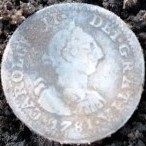
My Introduction To Detecting As A Child
JNimons posted a topic in Metal Detecting For Coins & Relics
**** WARNING****....This will probably be long and boring As a child, my family camped at Hammonassett State Park for 6 weeks every summer. There was a guy that camped near us that was always out MD'ing. I always tagged along and was hooked. This was probably 1977ish. That Christmas my parents bought me Sears-Whites hip mount detector. Straight TR. no discriminator, but I had a blast on the beach with it. Every evening my Dad and I would bicycle, or drive, to the beach, depending on where I was hunting. I found some stuff, but never the kind of things the guy that camped near us found. He was always showing me rings and such. I copied his techniques and talked to him all the time. One night I was scrubbing a portion of the beach, ( What the guy that camped near us called it. Dragging a foot to see where you've been , more or less gridding). A guy I had never seen before came up and started detecting over my scrubbed portion. At dark he walked up and showed me everything I missed, and thanked me for picking up all the junk for him! What a tool. My Dad was livid. Next morning....My Dad says come on...we're going for a ride...He wouldn't tell me where....Well...it was one of my first of many trips to Will & Jeans Metal Detectors in Killingworth, CT. I was in awe..It was just a room in their house, but they had all the Whites detectors I had been reading about in the magazines. I'm looking around, and my Dad is talking to Will, and I hear him say, I want the best machine you've got. Turned out to be the Whites 6000D. I was shocked at the price, and even more shocked when Dad bought it for me. I was 12 at the time. After a couple hours with Will learning how to use it, and playing in his test garden, We headed to the camp. Of course as soon as the car stopped I was swinging the machine. Within 10 minutes I had a good deep signal. Dad was digging for me. It seemed like it was 2 feet down, but I'm sure it wasn't more then 6 or 8 inches, and out popped a 1951 Franklin Half. I was out of my mind. That evening we headed to the beach and find my first gold. A mans wedding band with 5 or 6 diamonds in it. I was hooked for life at that point! These are finds I will never ever part with! The next week We went back to Will and Jeans and bought a second 6000D. Dad and I hunted together for many years. I hunted on and off into my early 20s, and then life got busy, and I went 25 years without detecting. Tho, I did think about it on and off, when I would see a place that looked promising. In 2015 My Mom passed away. Cleaning out her apartment, I found the 2 6000D's and a box with some of my old finds. I wish I knew what happened to the rest....There was so much more! A friend who detected stopped by my work, and handed me his Etrac. Big learning curve from that 6000D , but after aouple weeks learning the machine, I felt like a 12 year old again! Here are some pics of some of my finds from back in the day. If you got this far, thanks for reading this! -
It's been almost a year since I had a chance to get out and detect. Last year a forum member (incidentally one of the most gold getting-est people I've ever met and also a great detector operator) gave me a rare opportunity to check out some historically productive Arizona land. This trip I've been exploring more thoroughly and enjoying some quiet and solitude in a place that gets few visitors these days, and finding some gold while I'm at it. It's a bit of a trip in, a side by side is the only way I can get my dog there as it's too far for him to walk. This thing is a real steel pack mule, and I'm amazed at how smooth of a ride these Fox shocks give over rough terrain and rocks. Love this thing and it fits in the back of my truck like an ATV. I got the idea from reading one of Condor's posts about his RZR and thought - hmm that is the way to go for the desert. I'm not usually one for try to find patterns in rocks, old Spanish carvings, etc but this one caught my eye enough to make me think.."ehhhhh, maybe?". Sometimes you just really gotta write "4" in stone I guess. Or maybe it's natural, who knows. Speaking of patterns, sometimes when you set out with an idea to start looking for ancient exhumed paleo river channels on mountain tops, you start seeing them everywhere. And like Spanish carvings, sometimes you gotta wonder it's really what you are seeing or not. In this case, I think it is though and this is a water worn remnant boulder from an old stream or river channel. Testing soils and gravels with my XRF shows a number of potential "fingerprint" elements in common, and I believe that among a few other elements, the original source rock of the gravels was anomalous in cobalt. I've also noted anomalous cobalt readings in many quartz veins in the area and as distant as 10 miles away, so I believe it may be likely the gravels (and probably gold) also came from ancestral mountains in the immediate area and of similar age to the existing rocks, and not distant or now eroded away sources of different composition than what still exists here currently. The nuggets also have all the hallmarks of once being in such a paleo channel in my opinion. Striations showing movement, well rounded surfaces. Whatever the mechanism, they have clearly moved a lot. This one was an inverted low-high signal on the 6000 and came in at 3.8 grams. This gold is quite dense and sluggy. My XRF shows almost all Au and Fe so significant Au enrichment at surface has occured and silver is entirely depleted, also common with nuggets which find their ways into watercourses and travel some distances. In this case I think that distance is probably less than 5 miles though. The ground here is what some people would consider hot for the US. Or at least "medium" on the Taco Bell sauce packet scale. It's definitely very impregnated with iron oxides. However, I seem to have no troubles keeping the 6000 running hot and in Normal here with the 11" mono. However, I've just been running in the auto settings and letting GeoSense do it's thing, so I need to try the manual modes a bit more. I am definitely noticing that either the hotter soil, or GeoSense, or both are causing a bit of a depth reduction for what I'd expect of targets of similar size in milder soil. I got another low-high here, this one ended up being 2.something grams. These two are the only ones I took pictures of, I hadn't planned on posting anything at first so I wasn't really concentrating on documentation, but instead paying attention to exploring and observing the area for patterns and oddities. This is - I think - a javelina lower jawbone. You can see the gnarly canines and whatever that tooth up front is called. They've always steered clear of me in the past, but I sometimes wonder if I might piss one off by accident and get a tooth to the calf. I don't think I've ever heard of it happening though. Anyways, 24 nuggets for the 7 days ranging from 0.046 grams to 3.8 grams. Another went missing when I pulled them out of the ultrasonic cleaner and it stuck to my finger via surface tension and fell who knows where, it was the smallest and I think it was almost sub 0.04 grams. Aside from the EMI issues, I'm loving the 6000. It's my go-to machine and the one I am going to take everywhere with me when I don't need outright depth. For depth, I still keep my 7000 with the larger X Coils and honestly nothing can compete with that setup still when looking for deep lunkers or working small areas/patches. But I love the 6000 so far, the weight and deployment speed, Geosense, the no-threshold mode built in, it's just close to the perfect exploration/prospecting machine in my eyes. When I'm exploring I don't want to think about maximizing this or that setting, I want to pay attention to environment and make enough finds to know where I need to bring the big gun (7000) in later. I hope Coiltek, NF, or X Coils makes a little shooter coil. Something like 6x9 sounds about right. Assuming that tiny coil wouldn't make the 6000 too overly hypersensitive to soils. Though I can work around it, the EMI thing really is a let down though. It's even worse here in Arizona then when I used it in Nevada last year. Great exploration machine! Just one glaring flaw though, kinda like getting a badass Vette brand new from the factory with a rod knock. It's like, yeah ok I guess I can kinda ignore it but it'd be so much better working properly. And, it really seems like something that the manufacturer should address.
-
Been in another skunk period of a week or two until today. Got this pretty little nugget in a wash I keep finding gold in. Same wash I found my first two in that got me on the board back in October. A buddy of mine went over it with his Gpx5000 and missed it. This nugget was found 6-8 inches to the side of where I found my third Nugget in this wash. It was in the bar in the middle of the wash and down in the bedrock. I had missed it several weeks ago and didn't hear it. There was a few inches of silt on top and I thought I heard a blip in the threshold so I slowed down to snail pace and then I heard it. Kicked a layer away and now it was unmistakable. Kept digging to bedrock and it was still there. I knew this was going to be gold so I got it on video. I knew because I have not dug any trash in this wash. Hal could hear the signal from 150-200 feet up the wash so he rushed down to see if I got gold. Hal has been here for 4 weeks and still has not found any gold. I am really loving the Gpx6000. This detector is like a gold nugget bloodhound with the scent sniffing capabilities of a Grizzly. Dug out all around the area and dug out the bush better. This was painful as the bush turned out to be cat's claw and I got hooked across the face and those thorns dug in as I moved back. It wouldn't let me go. Lmao. My shirt was stuck to the bush, my hands were stuck to the bush and now all across my face on the right side. I don't know what I hate more choiya or cat's claw. I think probably cat's claw as I get caught up in it more often than choiya. I try to avoid choiya like the plague. It is like getting caught up in a nest of fish hooks. The more you fight getting free, the more you get hooked. The nugget looks like an s. AZGoldman came up to hunt with me and my buddy Hal from Montana. I am surprised I don't have any broken bones in my hand from all the times I hit my hand with the rock hammer when chiseling out bedrock. I dug up all around where I found these nuggets. I have a couple hundred yards or more of bedrock left to work. I am sticking put in my honey hole wash and to hell with the rest of Gold Basin and the weeks of skunks.
-
I attempted to capitalize on my success from our New Years Day hunt where my first coin of 2022 was a beautiful 1825 reale ( https://youtu.be/EFZ5Wf3cy2I). On that trip I removed a large section of brush that low and behold gave up several good targets once cleared. This general area produced several Phoenix buttons, a reale, green copper, flat buttons, relics, etc. This trip I tried removing more brush right in what was previously a hot zone, but I was shocked after busting my hump that the thicket of bushes wasn't hiding a single target. Tom likewise cleared out a large swath of overgrowth and after he went through with his Deus and got nothing (camp lead and shotgun butts perhaps), I went though it with the EQX and I did get what sounded like a good chance to be a deep coin, but it ended up being a deep shotgun shell. I don't recall shotgun shell being punishing on previous hunts there, but they were on this one, and I see that Tom also got an equally larger number of them. Then I moved to the area that I had cleared out on the last trip and thought it made good sense to continue expanding my pocket and aside from a couple pieces of large iron, it was devoid of targets. While I was bushwhacking Tom decided to freestyle it on the deer trails. This would prove to be a good move, as he soon started having success. Finally after Tom had bagged TWO Phoenix buttons and a flat button, I started working my way to where I thought he was, but the bottom line is I spent the majority of the hunt either bushwhacking dud areas, or exploring an entirely different area from where Tom was that ended up being practically devoid of targets. Tom kept texting me, hey I got another flat button, hey another phoenix button, hey a small birdcage button. Geesh he was killing it. I ended up with a single flat button way out in the bush, and when I finally returned closer to the "zone", BAM I landed a neat button! How it got there is completely beyond me?? I researched it and it's what's commonly referred to as a War of 1812 Royal Navy Officer 15mm gilt brass flat button. This Royal Navy Officers one piece button was manufactured between 1798-1812. What's that doing in Alta California?? Anyone in California ever find one of these? I know when Spain wasn't looking the British were trading there, and when Alta California was under Mexican authority, the British could trade there. On our way out we wanted to check an area that I sampled last trip and it produced a flat button or two. We were more thorough this time and hit an interesting little patch. Tom pulled a flat button and some big bronze foot to a candlestick or chalice or? Not far from him I got these two little silver buckles. Funky signal, silver screamer with other signals mixed in, pulled several targets out of this little area mixed in with junk. Got the little silver D buckle first, then the larger silver buckle second. Then I waded through some (gasp) clad and got a screaming flutey silver tone, and saw a little silver disc fly out of the hole!! Ended up being a seated half dime, a nice early one too from 1838. To bad it wasn't an Orleans mint mark, it'd be a high dollar little coin then, but it's still a killer find from early Alta California. Nothing else too exciting to be honest, Tom was on fire! I believe he ended up with something like nine period flat buttons, and 2 Phoenix buttons, and a bunch of period green copper. Hopefully he'll post his finds here. This was the maiden voyage for my new Coiltek 10x5 on the EQX800. My overall impressions: I was concerned about depth, but now I think without an A/B stock 11" vs the 10x5, I think it would be hard to notice in the field. I don't think it was any easier maneuvering through the brush, maybe it was, but in reality it seemed like the coil was getting hung up just as much haha When I got the seated half dime, the area was junky and it did really well separating each target in the mix when going slow , the 11" coil probably would've smeared some of the targets together. I didn't find the balance to be any different, it didn't feel lighter, I guess I'm used to slogging the stock 11" around. Thanks for looking! GL&HH, Cal
-
A few weeks back forum member and friend abenson posted the results of an amazing hunt he had in Virginia at the latest week long "Diggin' in Virginia" organized group relic hunt. DIV is the gold standard of group hunts, a well organized, well oiled machine that enables folks regardless of equipment, skill, or experience to have access to sites in and around Culpeper, Virginia known to have Civil War activity through battle or long-term winter encampment. The CW history around Culpeper is immense. Several major engagements were fought within a 50 mile radius of the town including the Battle of Fredericksburg, Chancellorsville, the Battle of the Wilderness, and the battles of Cedar Mountain and the Battle of Brandy Station (the largest Cavalry engagement of the Civil War), the latter two being fought on Culpeper County land, and many other major and minor skirmishes. In addition, Culpeper was a popular site for winter encampments for both Armies. The result is simply a high density of CW related relics remaining in the ground on the various, numerous private farm properties in the area. DIV contracts with landowners to give the DIV participants access to the land to search for these coveted relics. The main catch is that relic hunting has been going on for multiple decades and although advances in technology and technique have enabled relic hunters to get access to deeply buried relics, those relics are disappearing and not being replenished. Those "surface finds" are actually pretty deep on average and the to complicate matters further, the soil is extremely mineralized due to the local geology which also happens to be home to some fairly significant natural gold deposits. Finally, several organized hunts and individual relic detectorists have repeatedly pounded the major "hot spot" sites. That doesn't mean the sites are devoid of relics but it does mean a little bit of research, detective work, and luck go a long way to getting you into an area of high relic concentration. Anyway, this DIV was number "50". No, it hasn't been held for 50 years, there have been 50+ organized DIV events held since around 2004. This event featured 4 separate sites that participants could visit as they pleased over a period of 5 days. If you read Andy's post that I linked above, you can see that he had a pretty good hunt, he had a plan, stuck to it, focused on one specific area, and was rewarded, indeed, with the find of a lifetime, a CS tongue. Part of a two-piece Confederate buckle (see pic below). This is my DIV 50 story. We started at a "new site" that was not hunted by DIV previously. As you might imagine, it was highly popular on day 1. Me and my two buds hit the site for awhile came up with a few bullets and not much else and then decided to hit another site where we previously had some luck. There too, the finds were few and far between but we were not skunked. We decided to hit a different site on day 2 where we had also had some previous luck with very little success. Lead is great but we were really craving brass. We visited a fourth site on day 3. This site was a site we previously had sworn off based on previous poor luck and you can now see how desperate our crew was becoming. We found a couple more CW bullets there and then proceeded to go back to a different section of the site we visited on Day 2. On the way there we noticed that a field that had been previously occupied with a fresh crop of soybeans had just been harvested that day. As far as that DIV is concerned, that would be considered virgin hunting ground and we were going to be one of the first crews exploiting it. We hit the field spread out and started surveying it for possible hot spots. I found a couple of tiny brass percussion caps and some non-descript brass, but it was starting to look like another wild goose chase. I hit another strong signal, that sounded good in the GPX headphones, nice high tone that did not break and started digging. As I remove more and more dirt and rechecked the hole the signal remained loud and clear and unbreaking (I was using a moderate iron reject setting). Finally, I located the target but to my dismay it was in the side wall of the hole. Not a good sign. That typically happens with ferrous targets because they tend to pinpoint off-center. I pursued it anyway and a beautiful green, brass something fell out of the sidewall and into the bottom of the hole. It was a heavy brass object that resembled a section of wreath. I knew what I just dug and I was simultaneously filled with feelings of joy and disappointment. I too had recovered part of a two piece tongue and wreath Confederate Army buckle. Andy had recovered his "find of a lifetime" CS tongue. I recovered part of the wreath that encircles the tongue when the two-piece buckle is fastened together. But unfortunately, under circumstances unknown (perhaps under the plow, perhaps in battle) it was only a broken off partial section of the Wreath and not fully intact. Hey a partial wreath is better than no wreath, and believe me I opened up that hole and also super searched the entire vicinity for an intact tongue or any other matching fragments to the partial wreath, but was unsuccessful. Similar feelings occur when you recover military two-piece button backs with the faces missing. On one hand you know what you got and you are happy to have recovered some brass, but he feeling is bittersweet knowing what might have been if the button (buckle) was recovered intact. That day and the next day I recovered five button backs. Ha. But the good news is that I also recovered 5 intact Eagle buttons including an Eagle "I" coat button that still had some gilt. A pretty good DIV haul for me and the rest of the crew as that field contained a number of brass button, minie ball, and brass relic hot spots. We also dodged the tractor a few times and it even forced me to abandon a sweet signal as it "ran over" my target. I let the tractor pass, reacquired the target and pulled a nice Eagle button. Anyway enjoy the pics of my finds from DIV 50. I managed to recover a relic from each site, just missed a spectacular find, and kidded Andy by saying that I found the part of the wreath for his CS Tongue that he was unable to recover....
-
I went on a little day trip to the Mojave Desert, California. It is within a day’s round trip from where I live but I had to get up at 3 am to get there on time and to have enough time available for prospecting. I decided to just have a little exploration trip and to check out this new area that I had in mind. The general area that I wanted to explore has a long history of lode and placer mining, mostly in the late 19th century, but mining was not been done on grand scale due to the extreme harsh weather conditions and lack of water. It is not too far away from Death Valley with temperatures easily reaching 115 deg F and above in summer (43 deg C) and way below freezing at night time in winter. I happen to like this harsh and unforgiving environment and spending time there is like being in a meditative state thinking to be in a foreign world, or like being on another planet. I selected a canyon area that I spotted on google earth that had a couple of old placer mines nearby. The geology is in this general region is characterized by tertiary sandstone, shale, conglomerate, breccia, and ancient lake deposits. However, there are also significant lava rock occurrences in form of highly mineralized volcanic tuff which makes detecting extremely challenging. This is a little depiction of the rocks you find there. Many of these rocks are screamers that neither the 6000 nor the 7000 were able to handle. What made the situation even more complicated is that these “hot rocks” were not just on the surface but also buried all the way deep. So, identifying targets of interest that were worth-wile digging was nearly impossible and many times I found hot rocks 1-2 feet deep that the detector picked up. I started with the 6000 and found my first little nugget very close to the surface, around 2 inch deep. What made this one interesting was that it was stuck on a volcanic tuff rock. This is another example of how gold flakes can be stuck to these rocks and wiping the dirt off of them before throwing them away can pay off. I run the 6000 on Auto/Normal/threshold on with the detector volume set all the way down to 1 but with the headset volume set to about 6 clicks. This actually worked remarkably well and made detecting a lot easier without losing sensitivity. I can highly recommend these settings and I believe Steve and JP have commented on this before. I also picked up a lot of tiny bird shots, another example of how sensitive the 6000 is. I then switched to the 7000/NF-Zsearch which I run in HY/Normal/Sens 15/semi-auto GB/smoothing off/volume 6/threshold 27. To my surprise, the detector was fairly stable under these conditions but the hot rocks still remained a major issue (no surprise). However, even when using these fairly hot settings I picked up way less bird shots than with the 6000. This was a striking example of how much more sensitive the 6000 is on tiny shallow surface targets. I managed to pick up 3 more flakes, all of which were extremely thin and flat. The nature of these flakes is suggestive of water wearing and major pounding force as part of the volcanic activity and alluvial mass flows. The only way to pick these up was by extremely slow swing speed and strict coil control which paid off in this difficult to detect area. Had I moved faster as part of ground scanning I would have missed them for sure. Overall, I was happy with my finds (albeit very modest) as I think this area has potential despite the challenging detecting conditions. I will definitely go back there for a more thorough and longer exploration. The landscape and general area are absolutely breathtaking! Many bad things can be said about California, but the nature is amazing and extremely divers, with the gold rich Sierra Nevada to the North and the vast gold bearing Mojave and Colorado deserts to the South, all of which are just within a 3-6 hour drive, depending on where you live. Here is the trash/gold ratio for the day Well, it doesn’t look too good for the “gold team”. But when does it ever? 😛 Wishing you all a Merry Christmas and a safe, healthy, happy and prosperous new year! GC
-
It's become a tradition of mine to write up a year-end summary of my detecting experience, and since most of my detecting is for coins and relics I keep it in this subforum. My plan for this past year was to experience some new detecting types (via longish trips) and find some new local sites to coin hunt. Thanks to Monte and Oregon Gregg I was welcomed to their June Ghost Town hunt in NE Nevada where I met about 20 like-minded, ambitious, and friendly detectorists. Besides co-organizer Gregg (unfortunately Monte was unable to attend), Utah Rich and Tom Slick were among the attendees who are members and posters here. My 6 days produced minimal coin finds but some decent relics. Next to the camaraderie I most enjoyed learning about a new kind of detecting in a site, soil, and intended target combination I had never previously experienced. In addition to that part of the trip I also spent some time in the Denver area, getting to hunt with the local Eureka club and particularly valuable -- meeting Jeff McClendon and picking his brain on the operation of the QED. Also on this trip I spent a couple days on a National Forest GPAA claim 8-9000 ft. up in NW Colorado. Unfortunately I came up empty handed (as far as gold) but learned quite a bit about site reading *and* how to deal with remote, rugged mountain roads and terrain. In August I headed East to NW Massachusetts on a 'blind date' (not literally, but was generously well taken care of by the land owners who I had never met) detect of an 18th Century homestead. Even dealing with hurricane Henri I was still able to get in several hours of detecting, finding my first USA Large Cent -- oldest coin to date -- 1803. I'll be writing up more on that in a couple days. On the way home I accepted an invitation by member dogodog to detect one of his old coin sites. Even though the heat and humidity was up there we still got in four productive hours with silver finds (mine a Merc and he did even better -- two silvers and a gold ring) along with lots of converstation/discussion. Just another perk of belonging here with such friendly, generous, and accomodating members. The other 10 1/2 months of detecting were done locally. (No photos in this post as I've shown many of those finds previously.) I did accomplish one of my 2021 New Years Resolutions of finding new sites. Eight of the 16 local sites I detected this year were ones I had never hunted. Another writeup I'll be posting shortly focuses in on one of those (muni park) and why I think it might have been previously unsearched. Now for some what I consider *key* statistics of these local hunts: 266 hrs of swinging at local sites, 104 Wheat pennies -- new record for one calendar year, 36 'other old coins' (silver content coins, Buffalo and earlier nickels, Indian Head Pennies) -- second to last year's record of 43, One interesting contrast between last year (where most of my detecting was done in a single, large park) and this year in regards to specifically silver coin finds -- 22 in 2021 vs. 27 in 2022, and more disparate are silver dimes -- 11 vs. 20. Magnifying the silver dime arena, I found 11 Roosies this year compared to 3 last year and 4 in all previous years. (OK, for those of you who stuck around, here's your eye-candy fix -- my 27 silver finds of the year: ) My goals this year include another trip West (ghost-towning and gold prospecting), another trip to that Massachusetts Colonial site, and locally getting enough guts to ask for permissions to private properties. I know of one that (if undetected) is going to be a real 'silver mine' but I need to 'practice' my people skills first so that one may have to wait for 2023.
-
It's been a while since I posted some finds. It has been a productive fall relic season for me, so that isn't the reason. Perhaps too much focus on the new machines that are about to make a splash in the detecting community and other distractions big and small. Anyway - on Friday Bob (F350Platinum) again graciously let me invite myself down his way again for some last minute 2021 detecting at a new permission he has been surveying. He wrote about it here. I got a late start so Bob had already had a chance to snag some finds in another part of the farm. After Bob kept me from driving my SUV into the local pond and then a short chat with the landowner, we were off swinging. We moved into the direction of the farmhouse, reckoning that the Colonial finds would concentrate towards the house. We crossed a couple of promising spots that were giving up telltale older relics (buttons, brass buckles) but they dried up as we crossed into a greener, muddier portion of the field. So we circled back the the "hot" spots and focused in those areas. Was swinging the Nox with the 11" coil, which was a change up from my recent hunts sticking with the Nox 5x10 that I have really bonded with. Anyway, was looking for a little more coverage and depth and with the targets few and far between. After recovering a few buttons and a nice D Buckle and a some modern trash (shotgun shells, can slaw), I got a nice solid, borderline 20/21 hit. Thinking IHP or some heavy brass, I flipped the plug, and the pinpointer zeroed in on a non-descript small, dark, flat, oval-shaped target. Perhaps a medal or pendant of some sort. Definitely, not a coin, so I thought. As I cleaned it off, it started to look like silver. Ok, cool a silver pendant/medal. I flipped it over, saw the off-center Jerusalem Cross, and immediately realized I had just dug my first Spanish Cob. 1/2 Reale weight. Bob and I researched and it appears to be a Mexico City Cob minted during the reign of King Charles II 1663-1699. My first Cob about 30 miles south of where Bob fount his first Cob when we last hunted together. Some nice colonial buttons and other odds and ends (including 2 unidentifiable copper or brass disks that are not old coppers or tokens) from the 12/31 hunt and our previous get together a few weeks ago. Thanks for letting me enjoy a little of your detecting paradise, Bob. See you again in 2022. I think more great finds in store as you've just scratched the surface on your new sites. Happy New Year Everyone!

.thumb.jpg.8761b3d9b3da119b9e6d1912f67275ad.jpg)
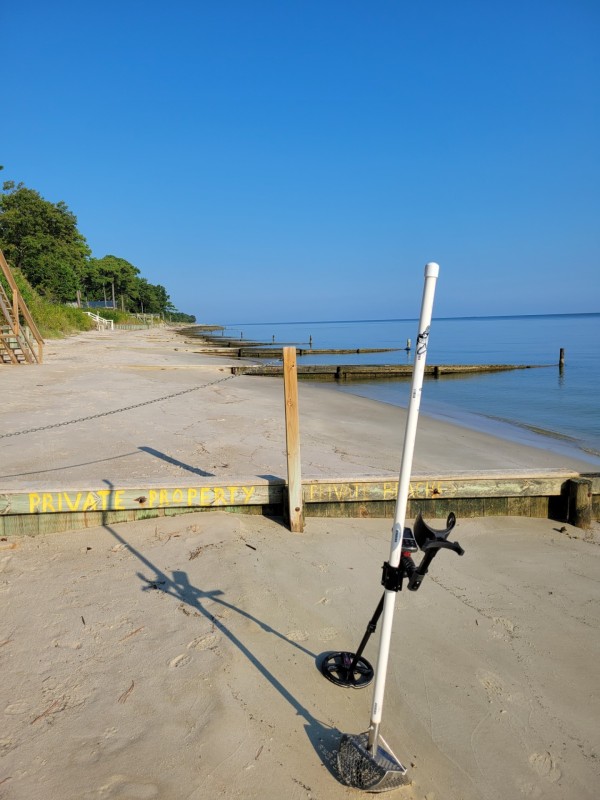
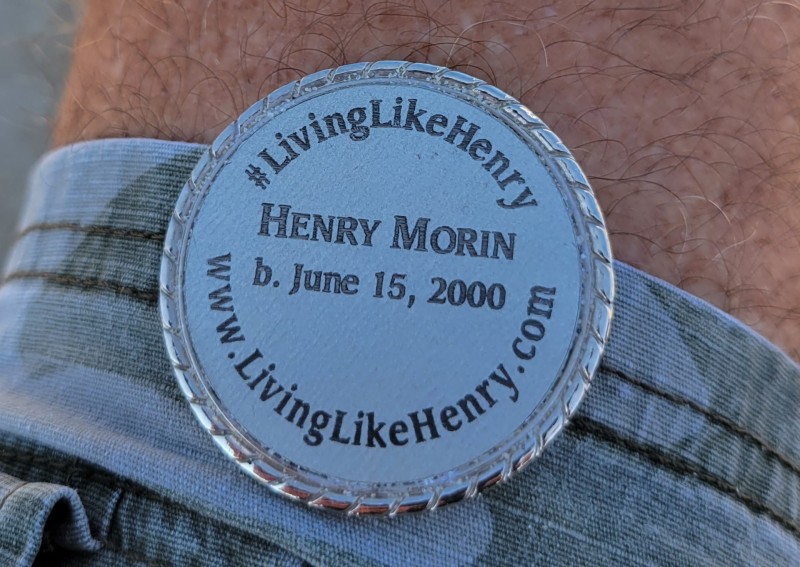
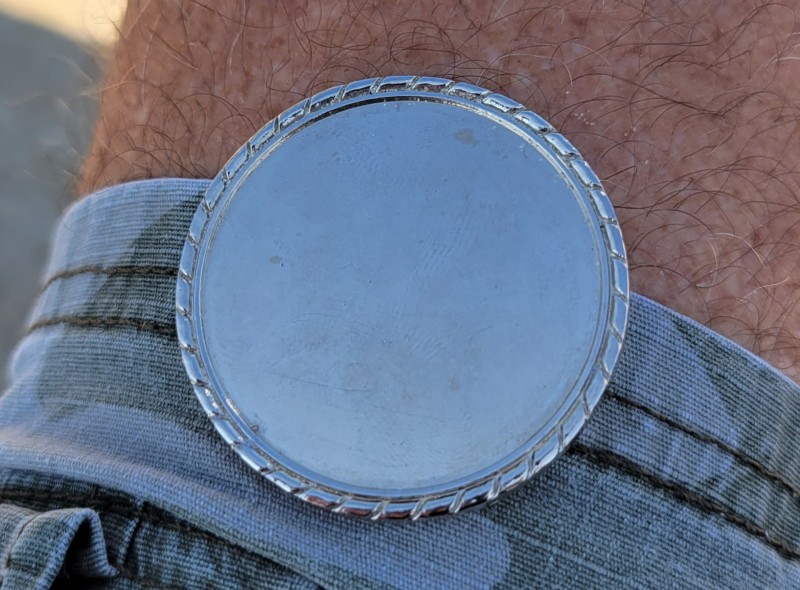


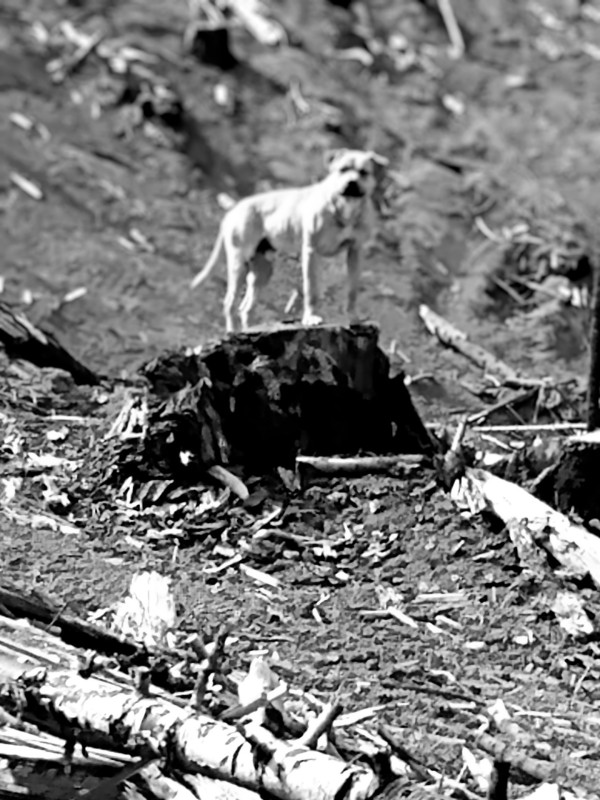



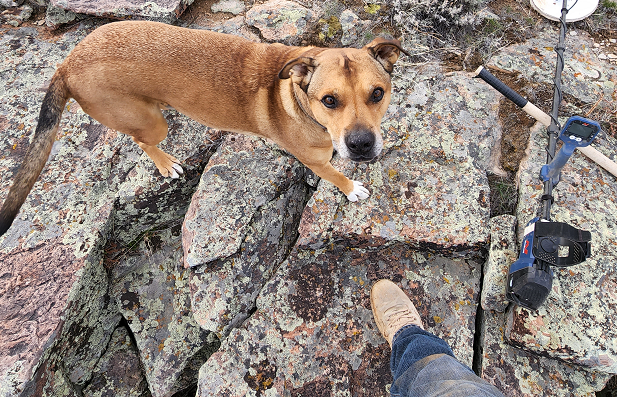
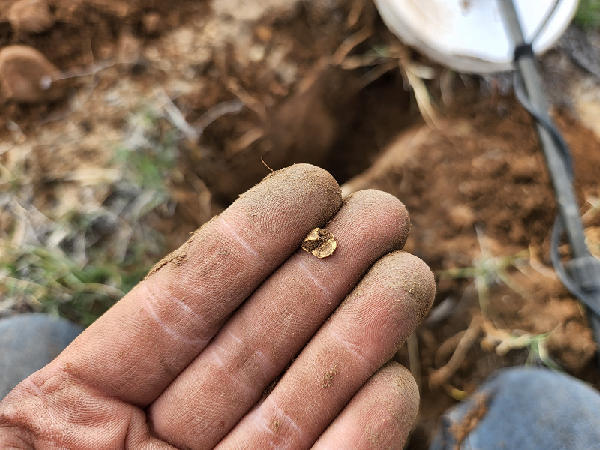
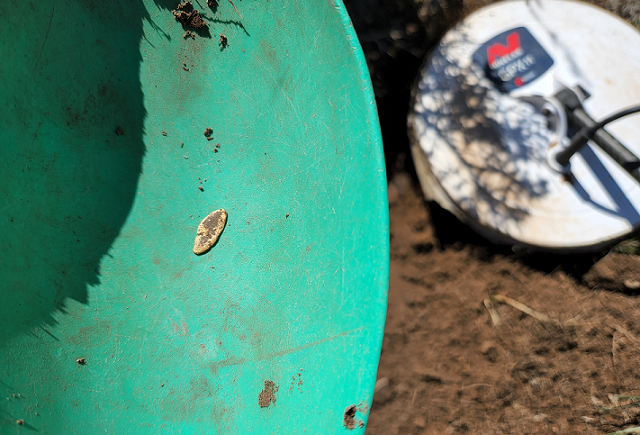
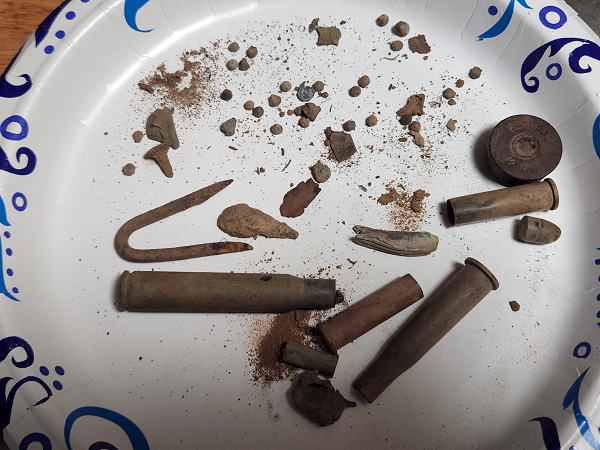
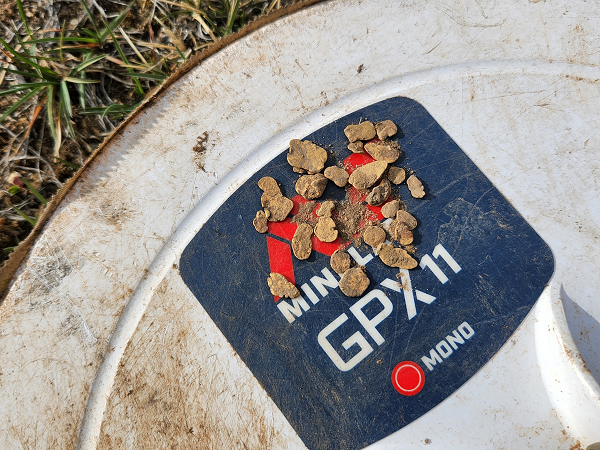


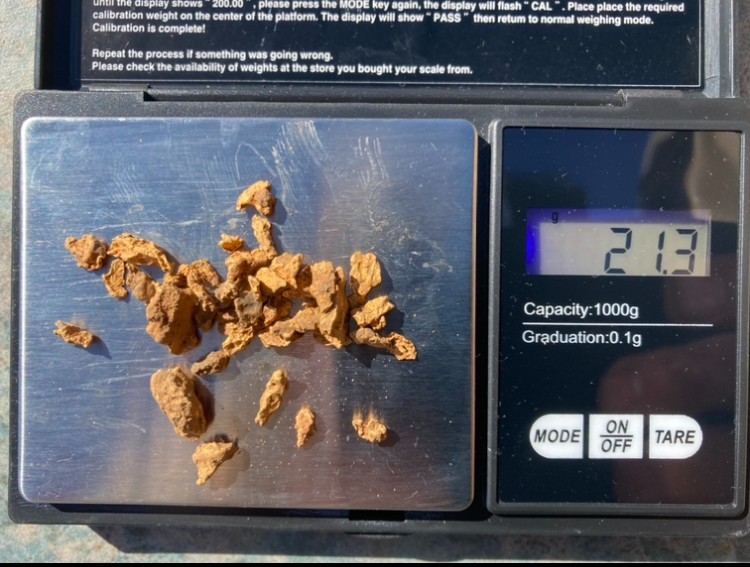
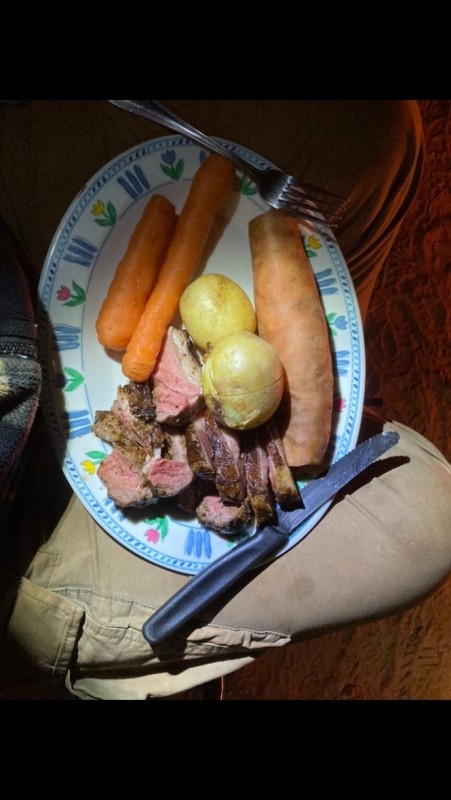
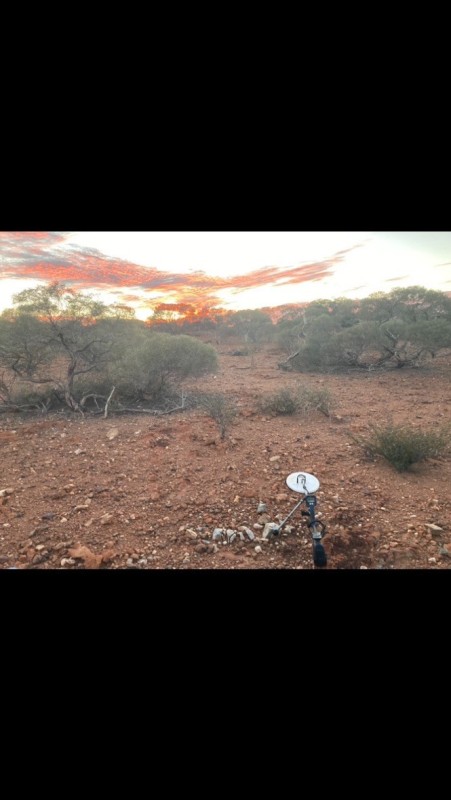
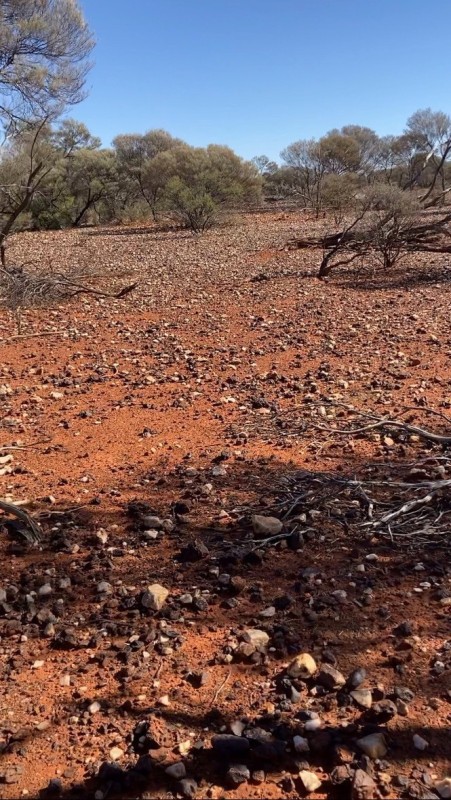
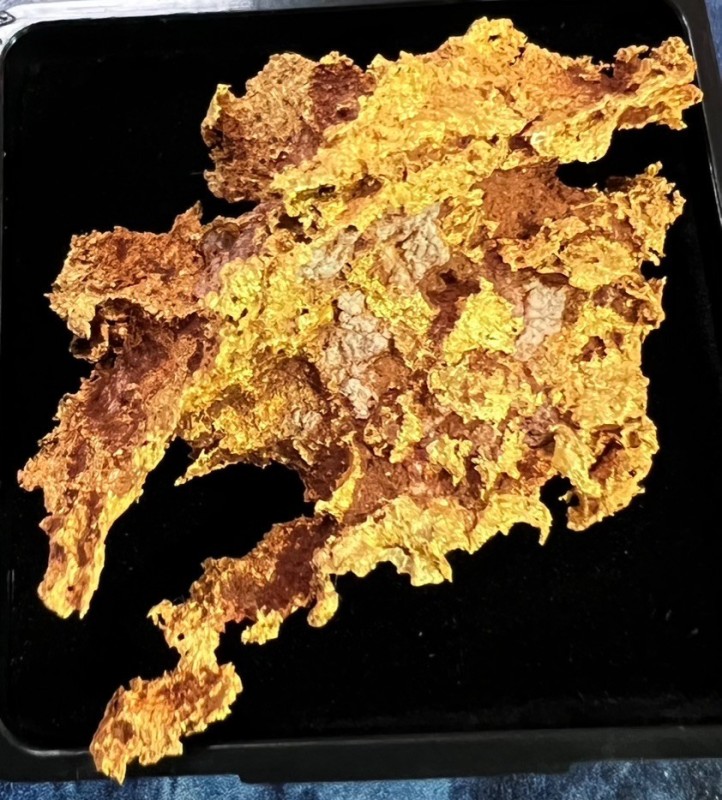
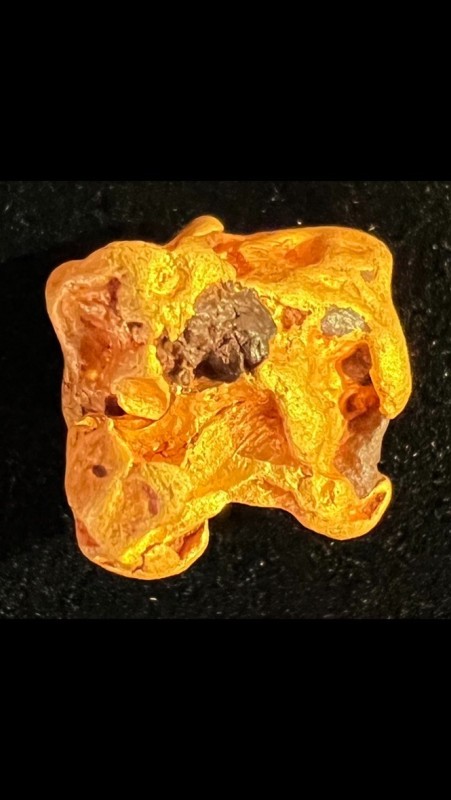
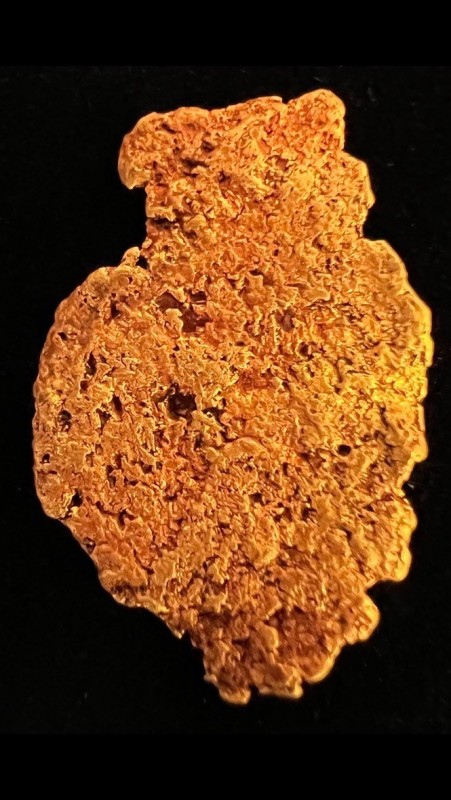
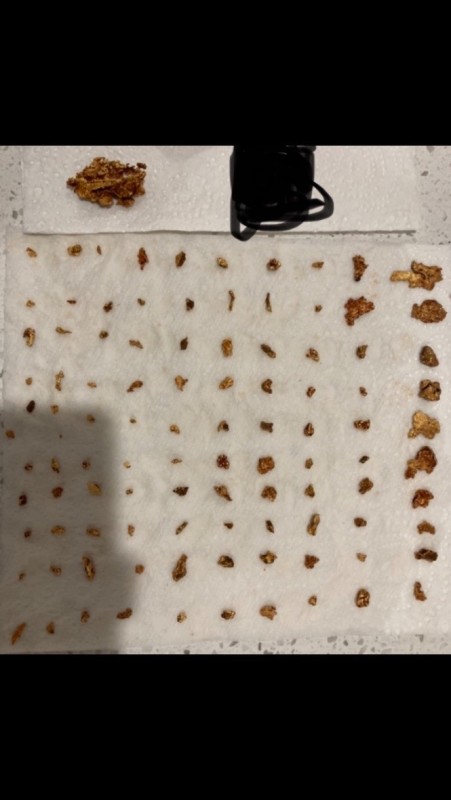
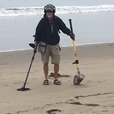
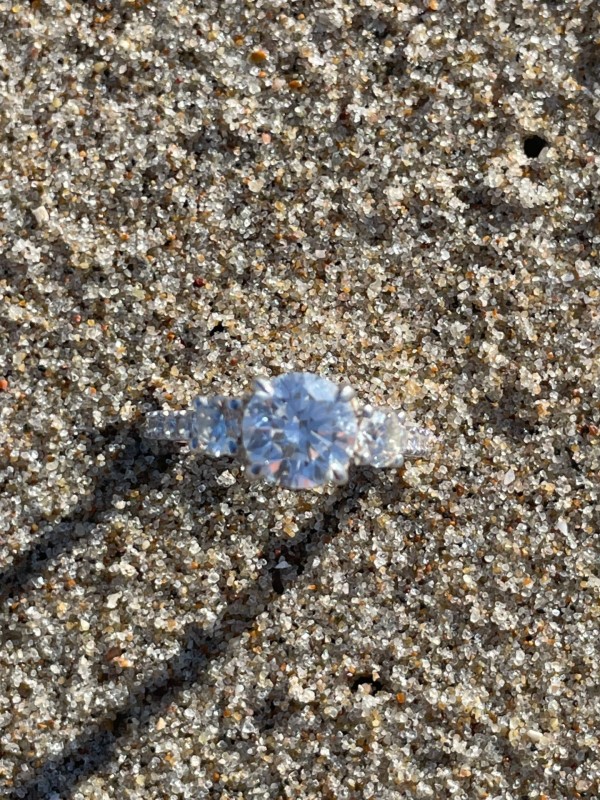
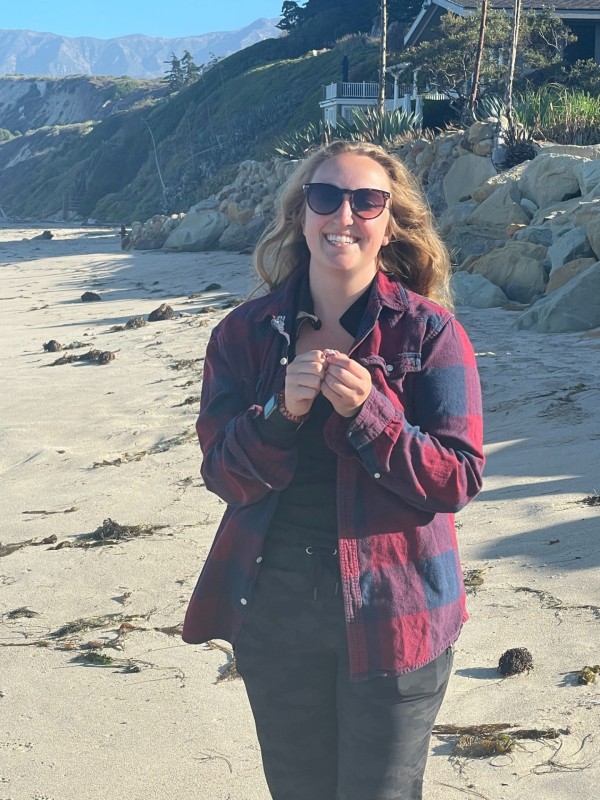

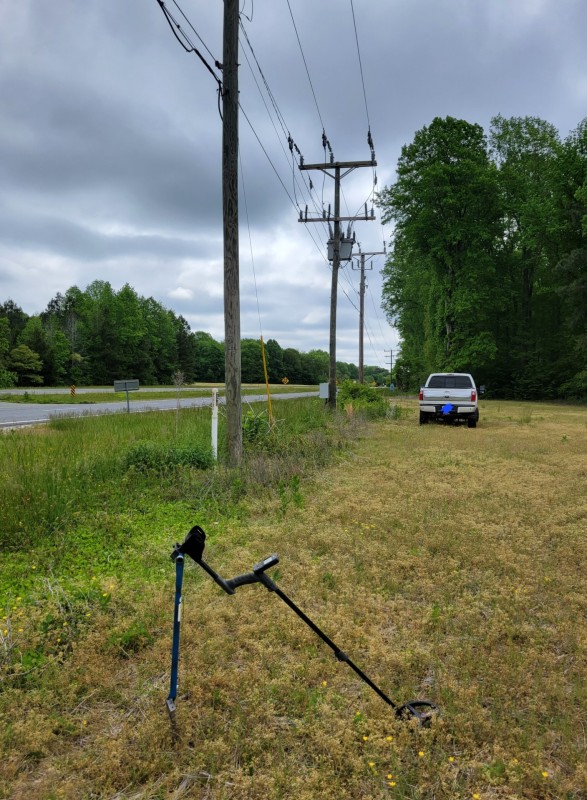
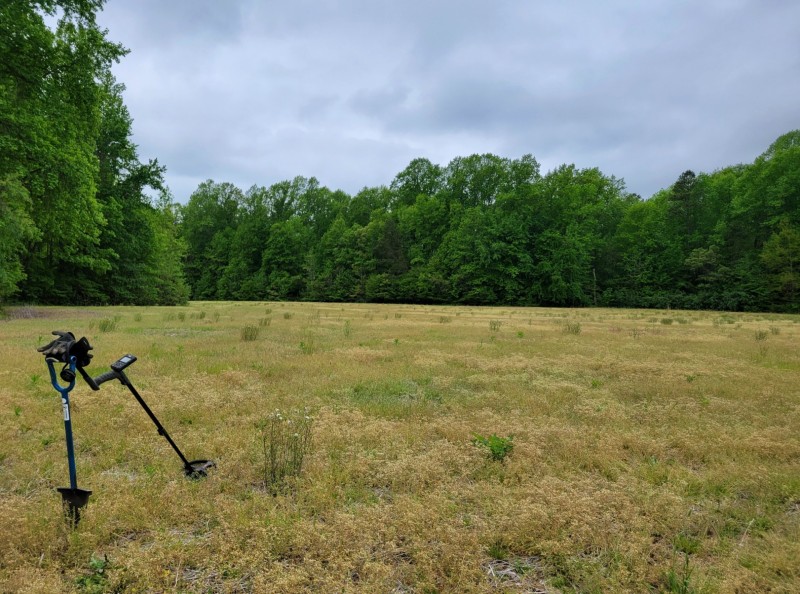
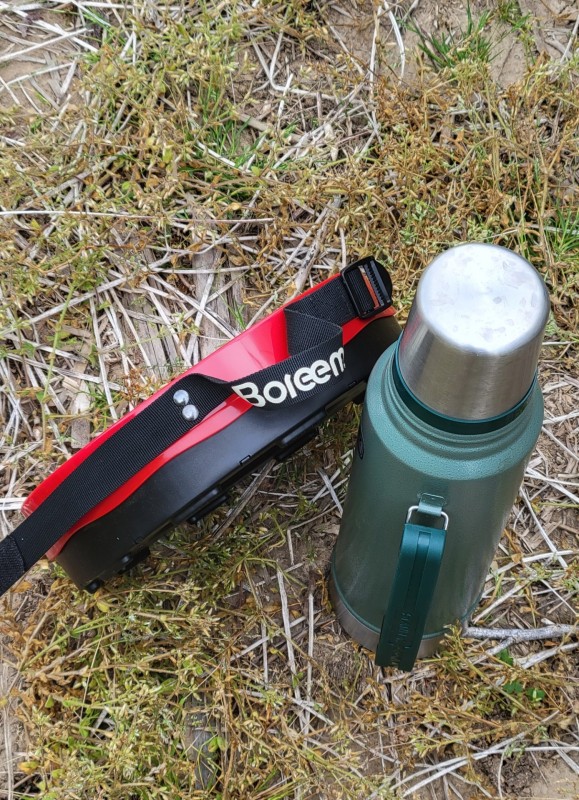
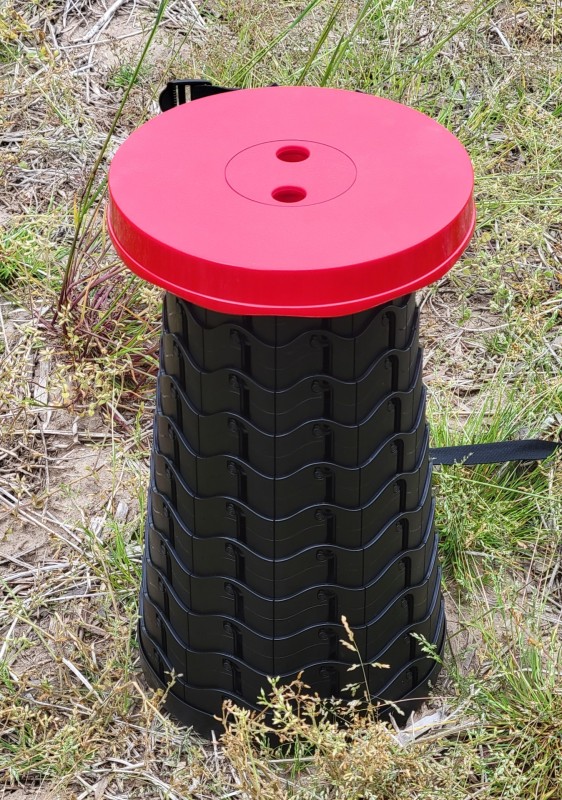
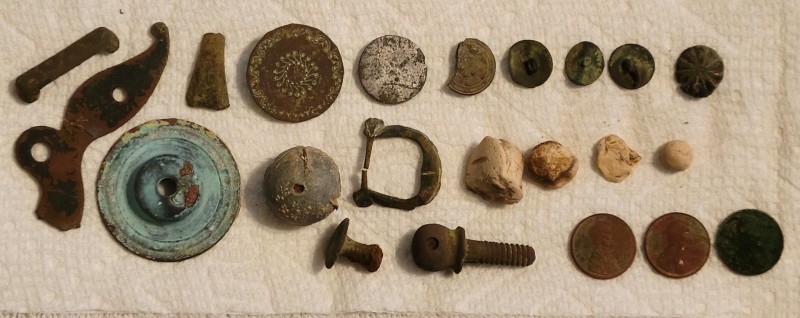
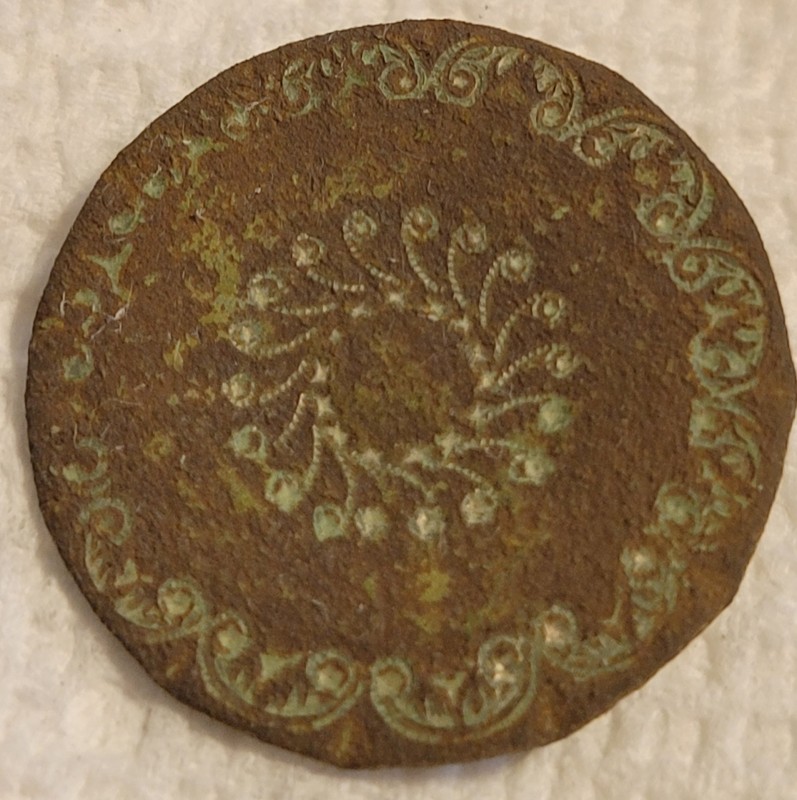
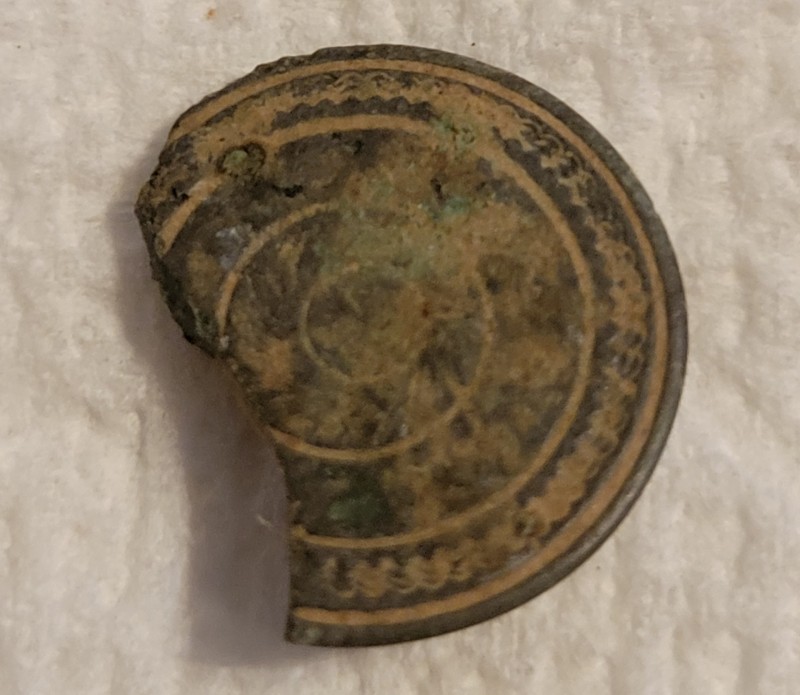
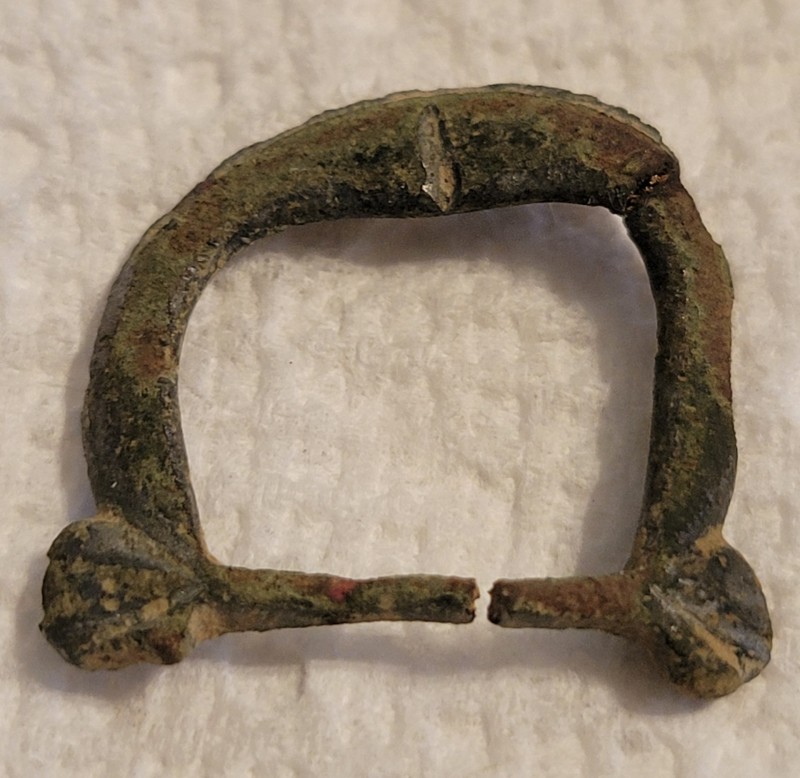
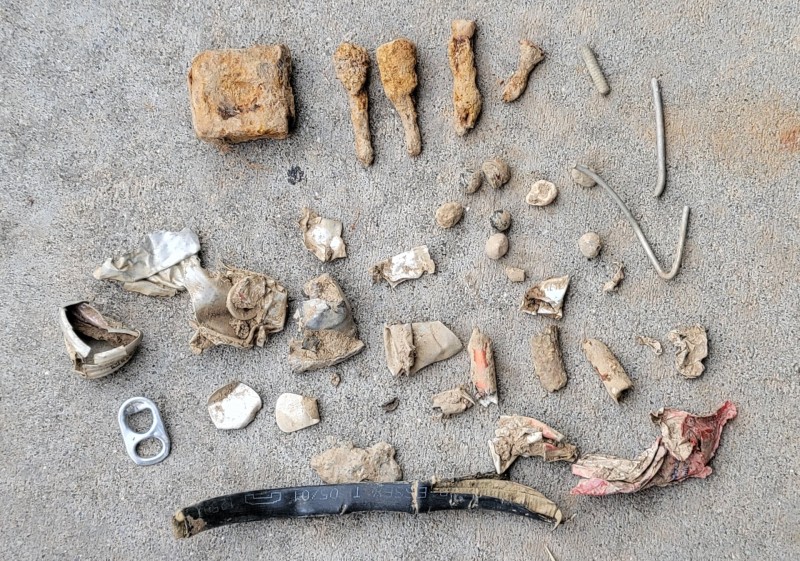

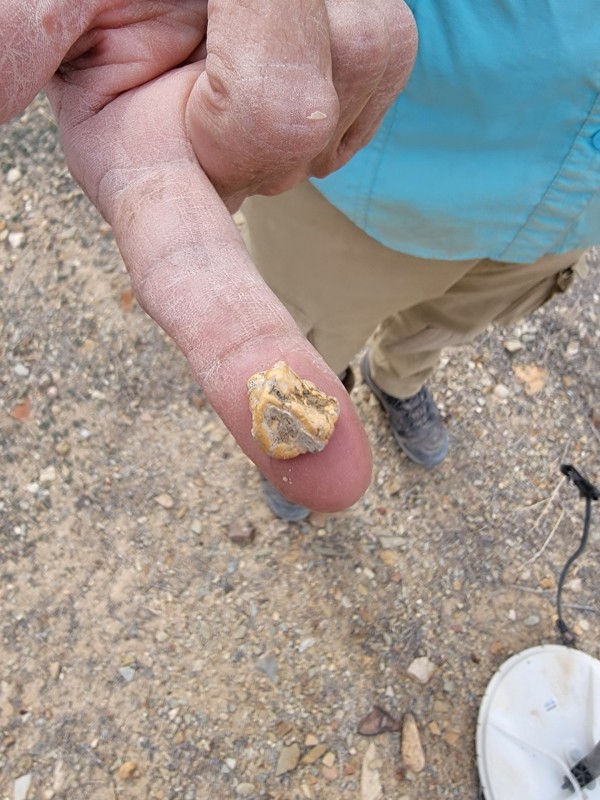
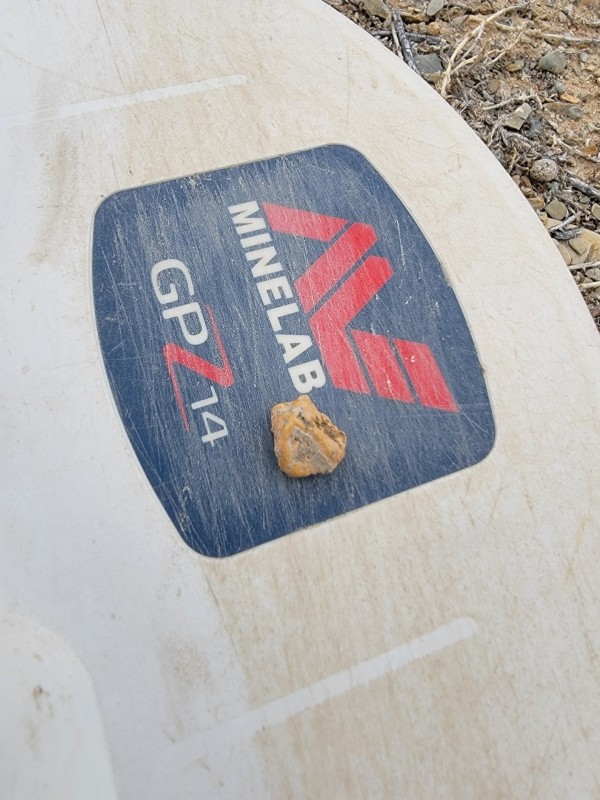
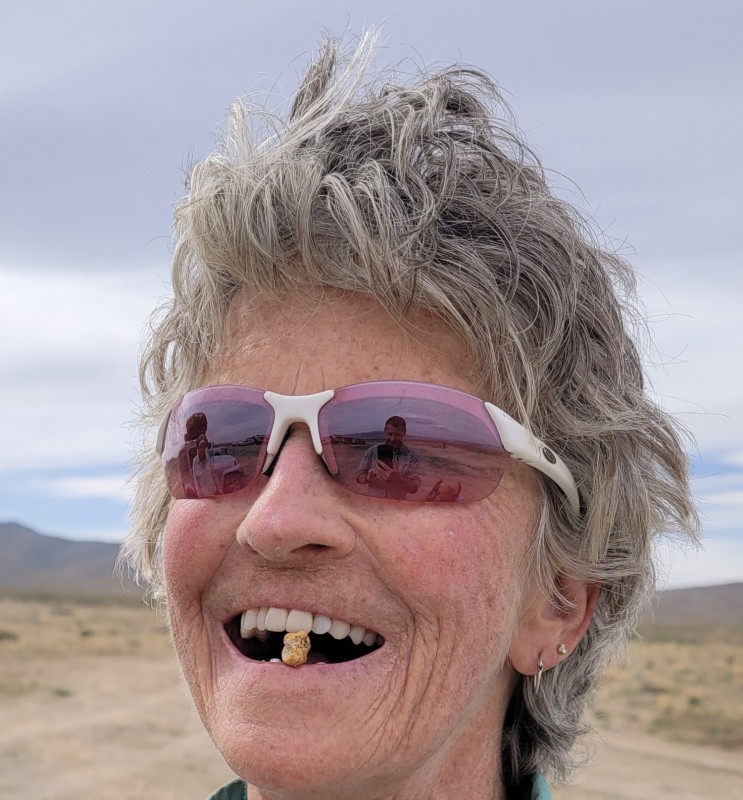
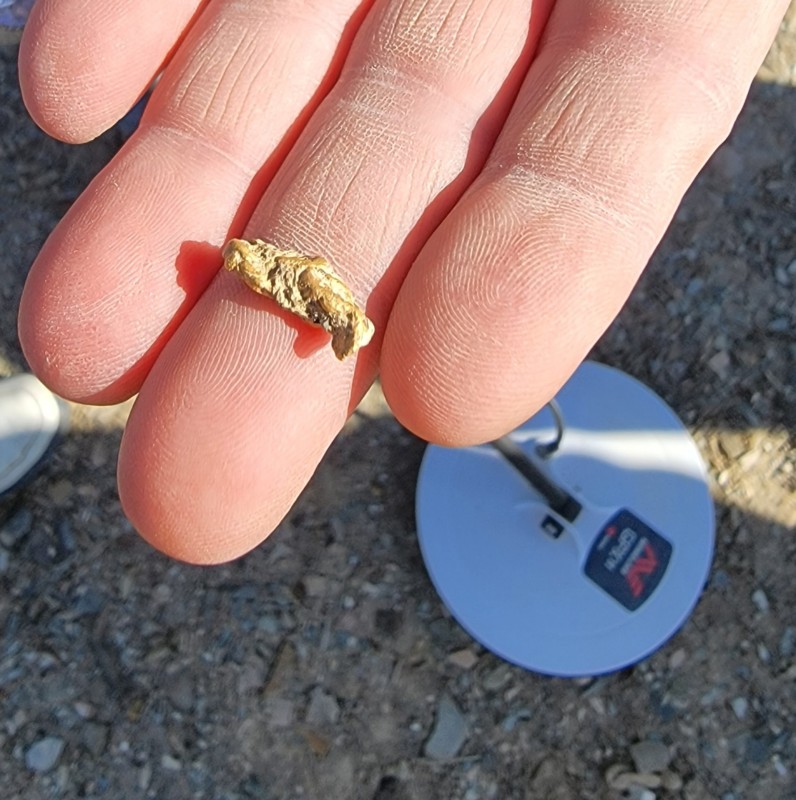
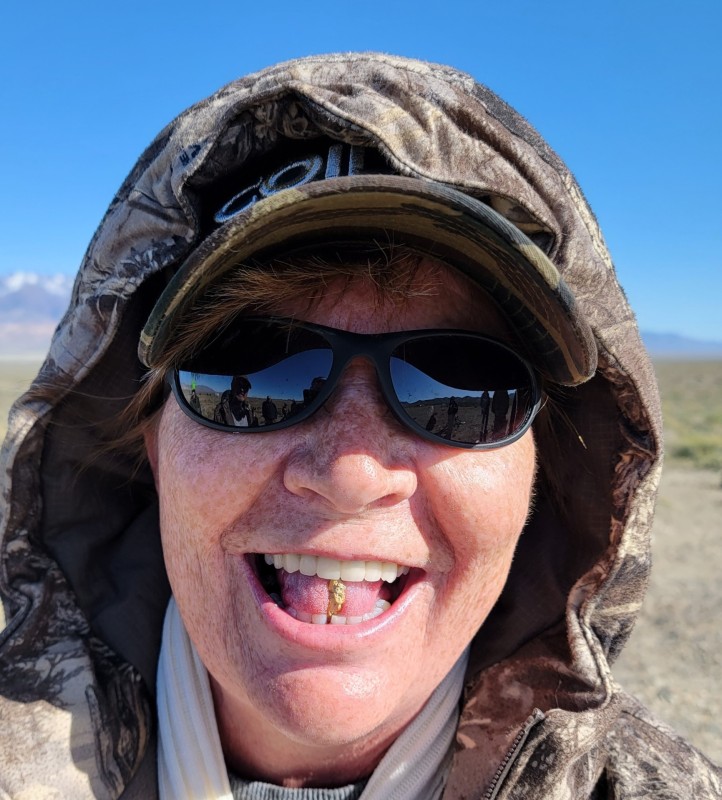
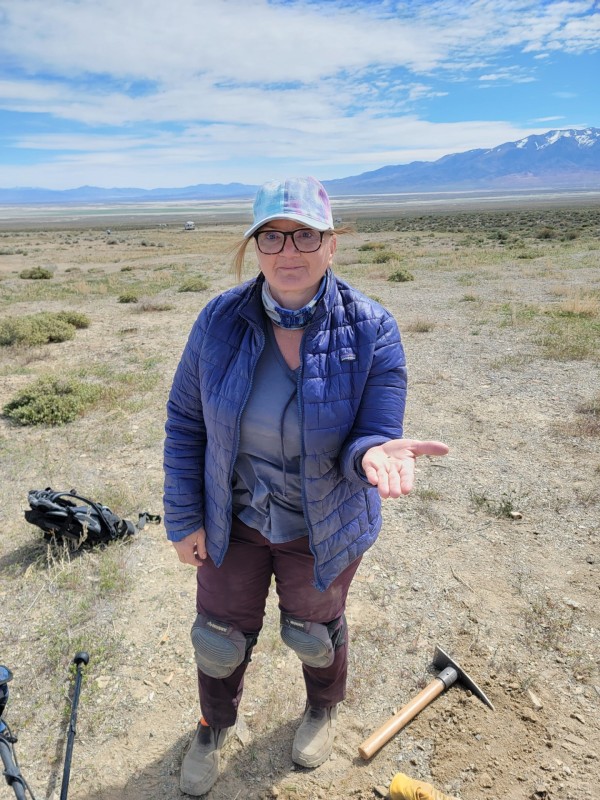
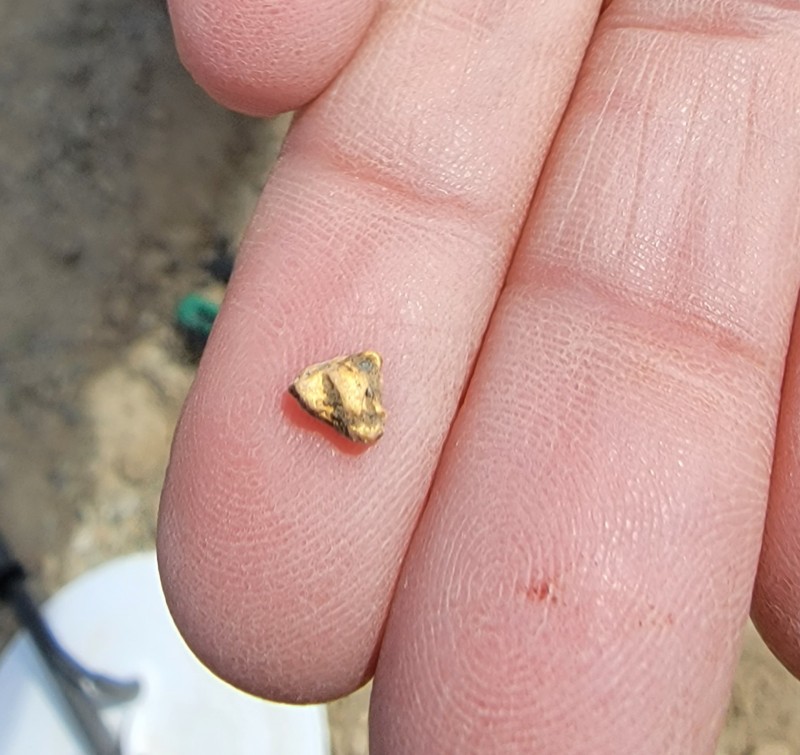
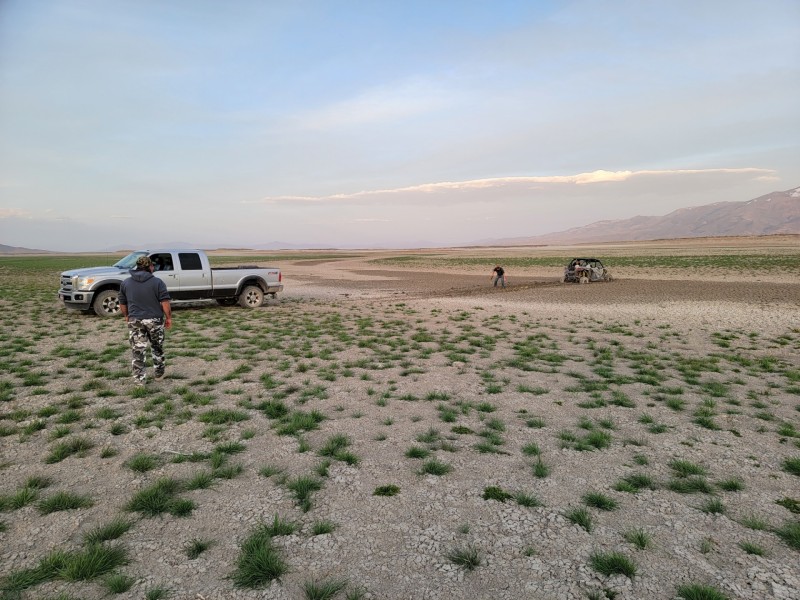
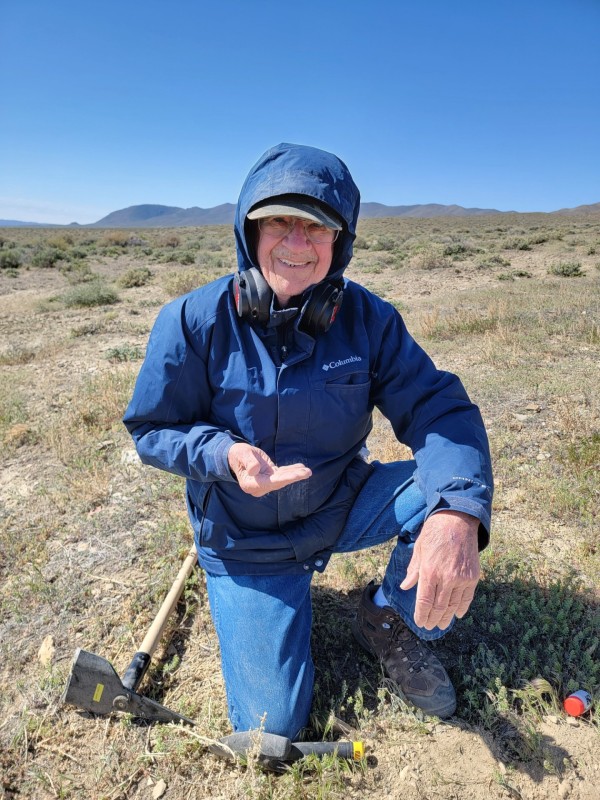
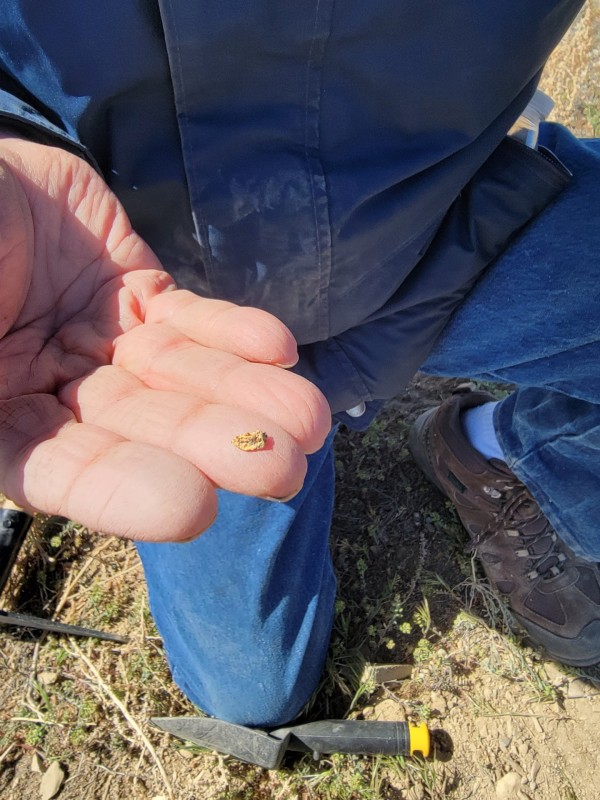
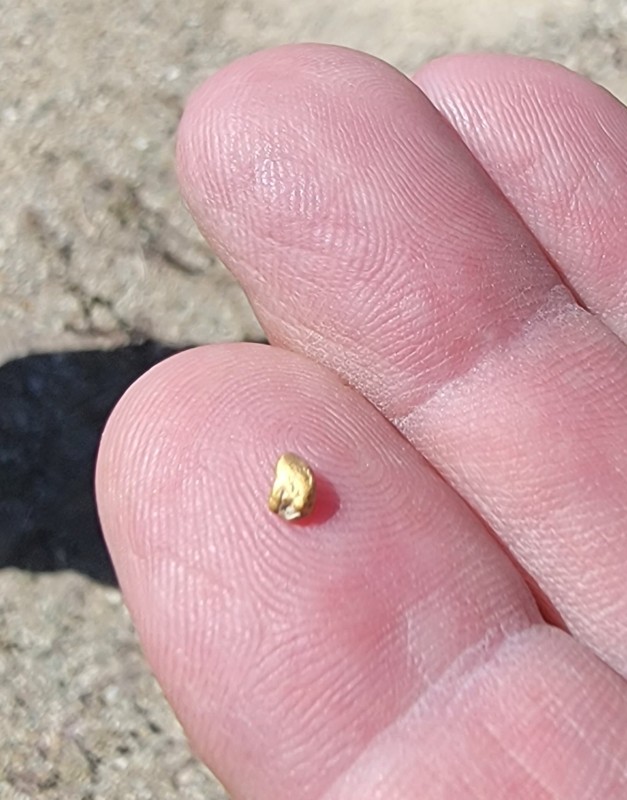
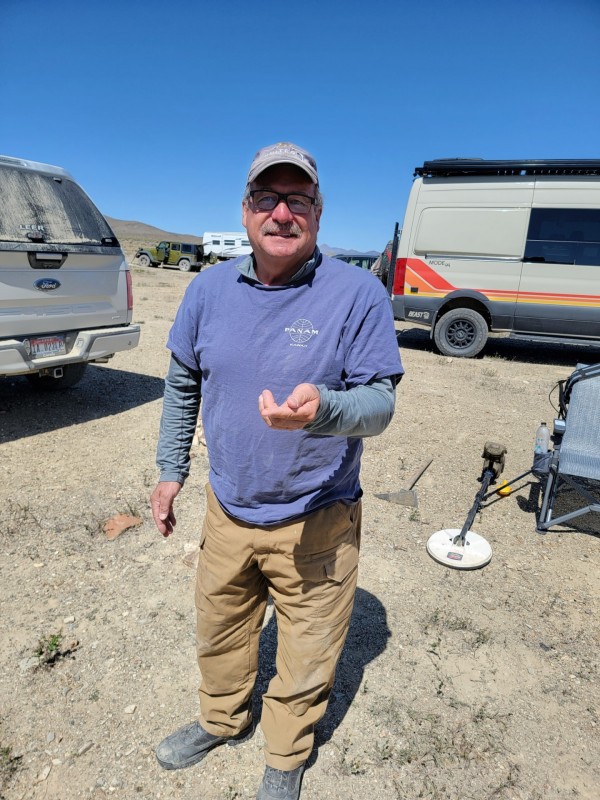
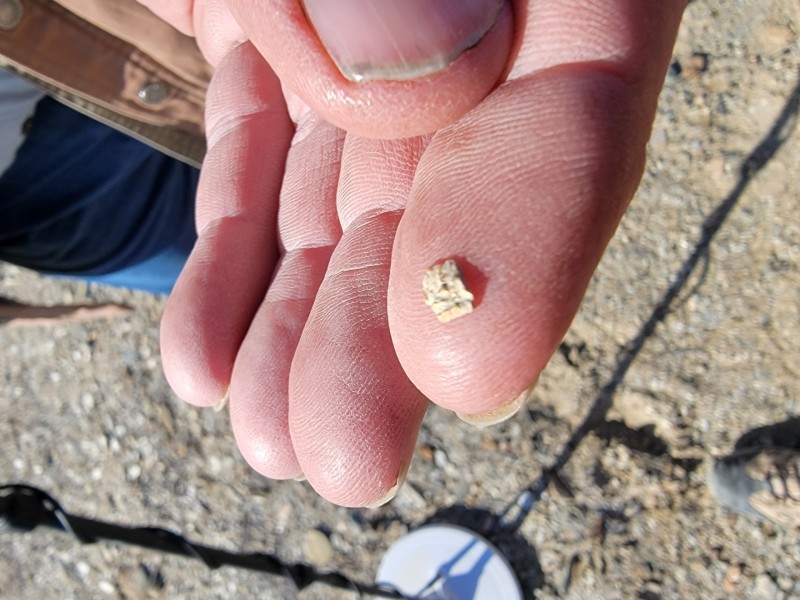
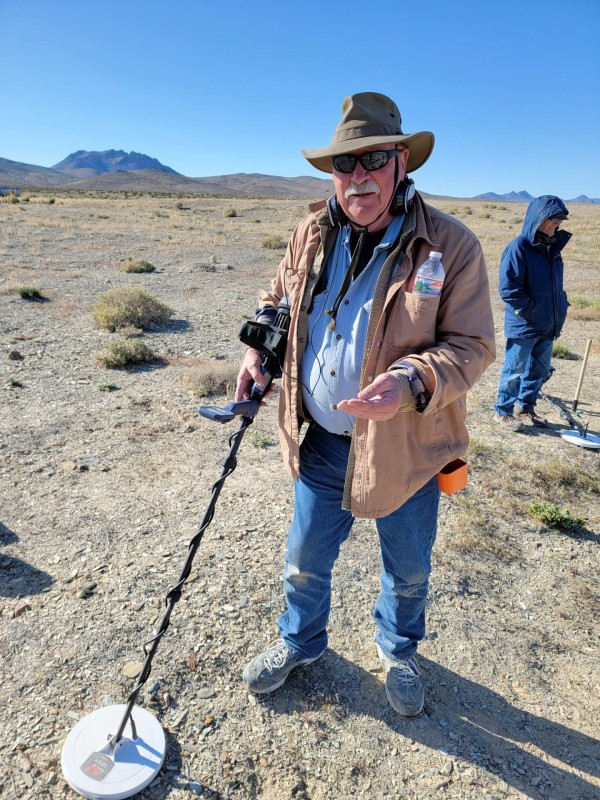
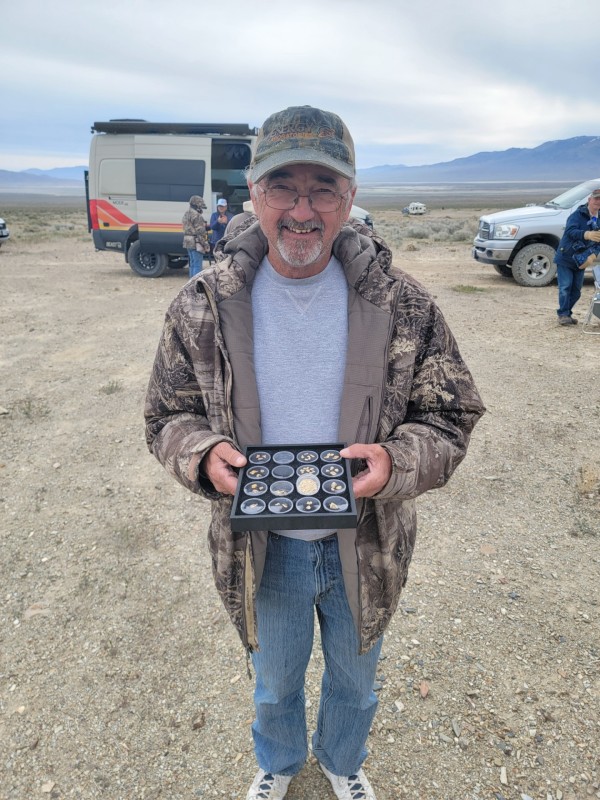
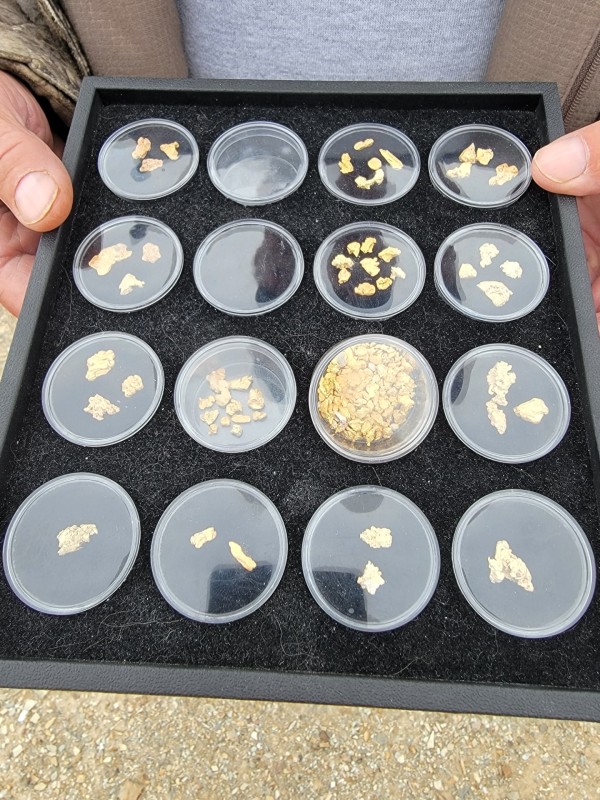
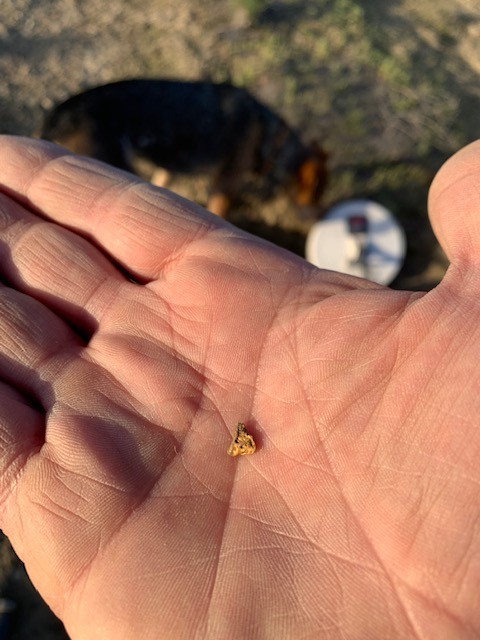
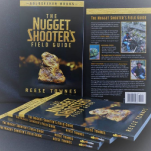
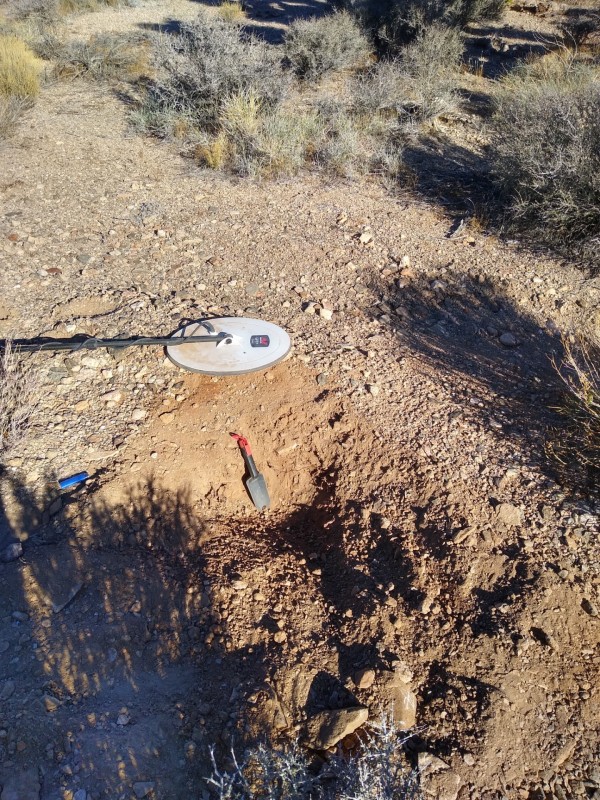
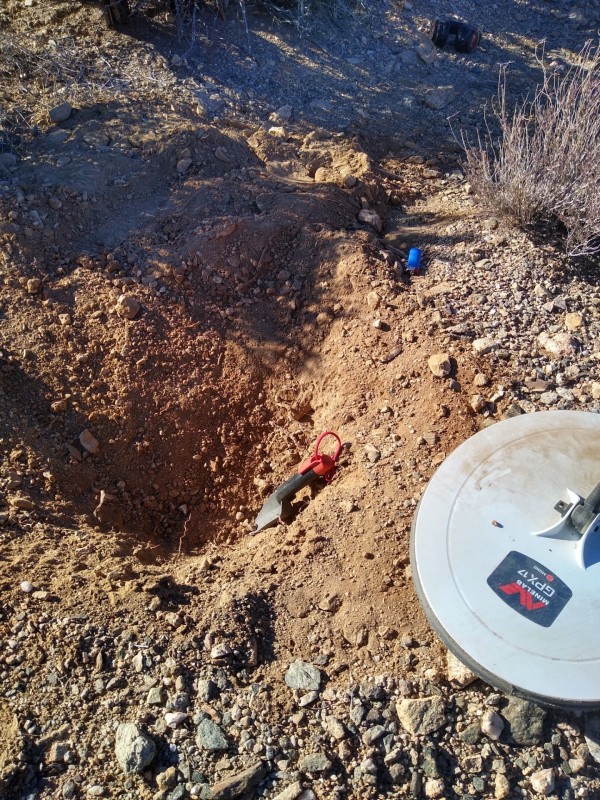
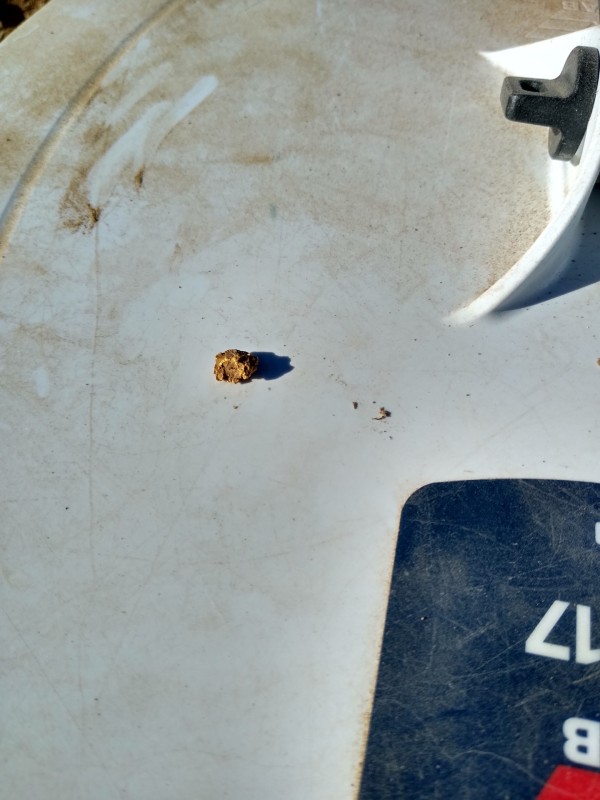
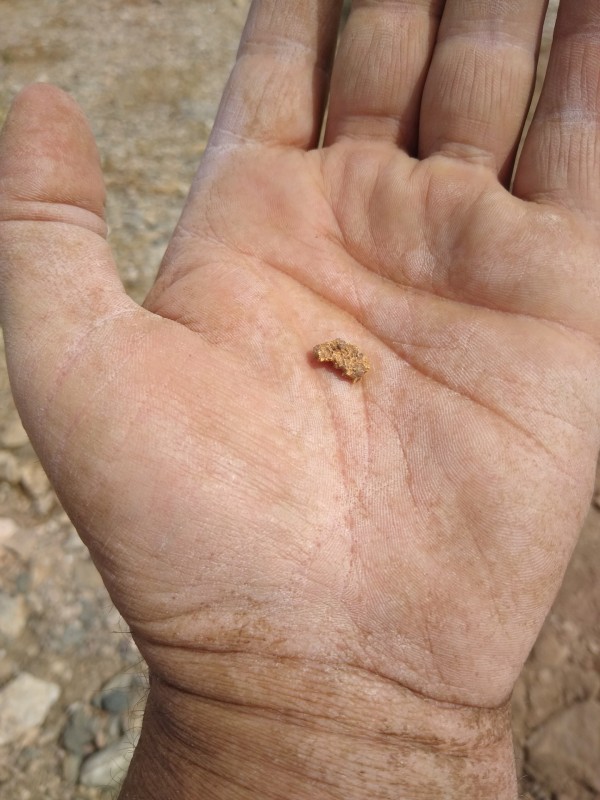
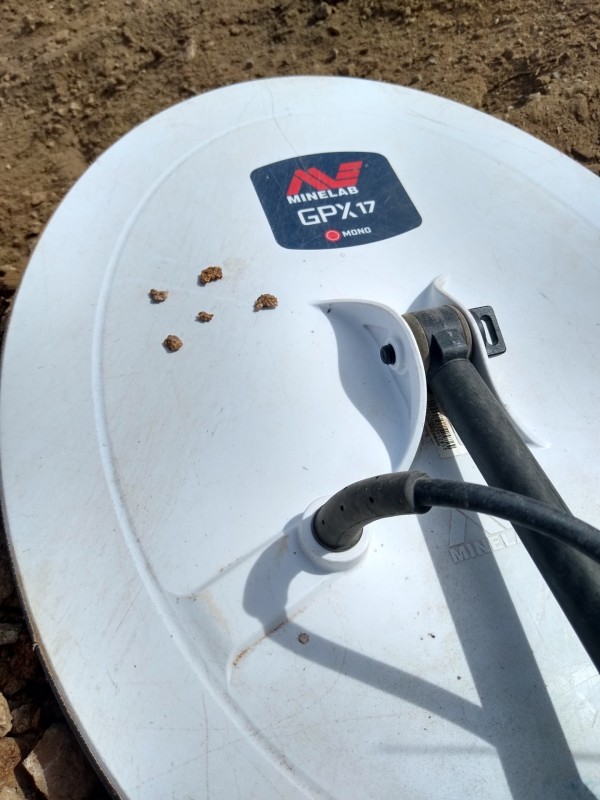
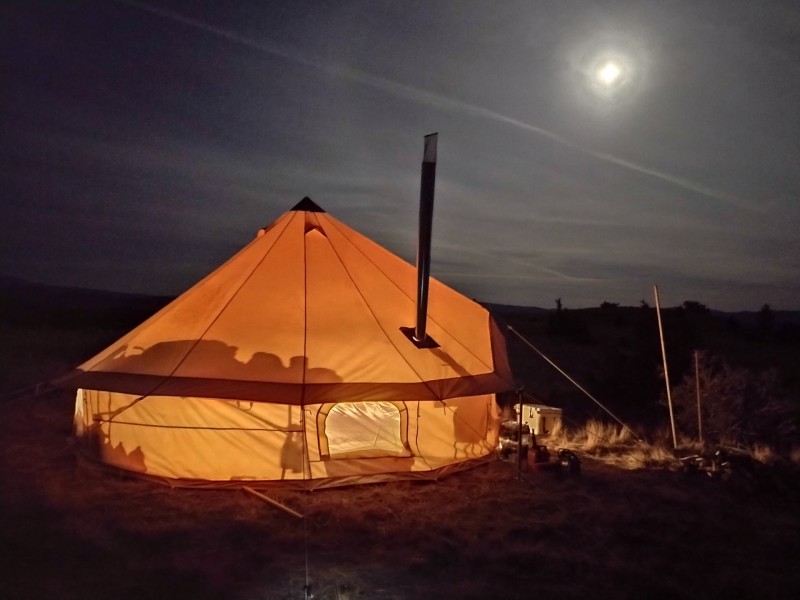
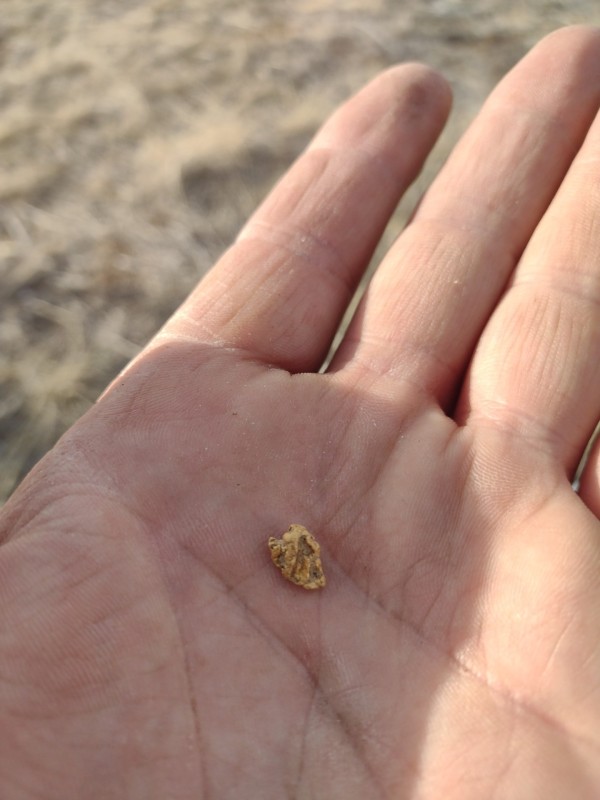
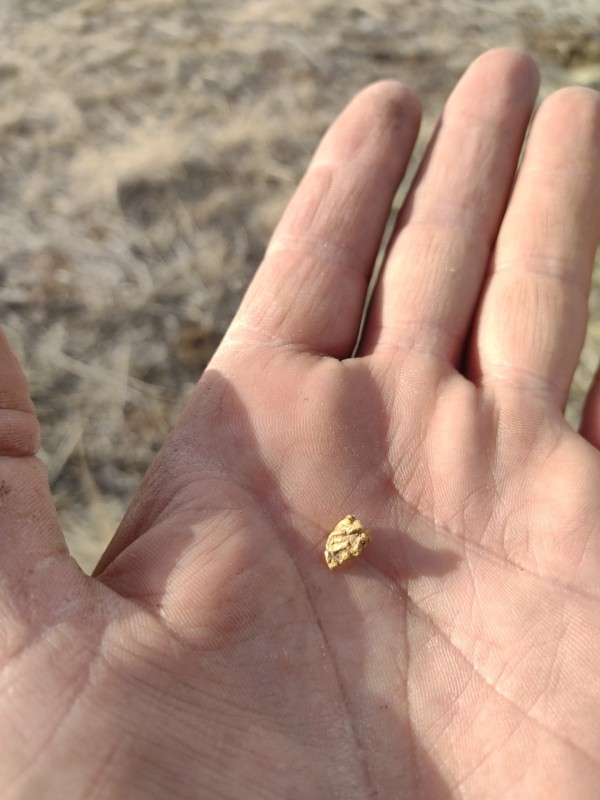
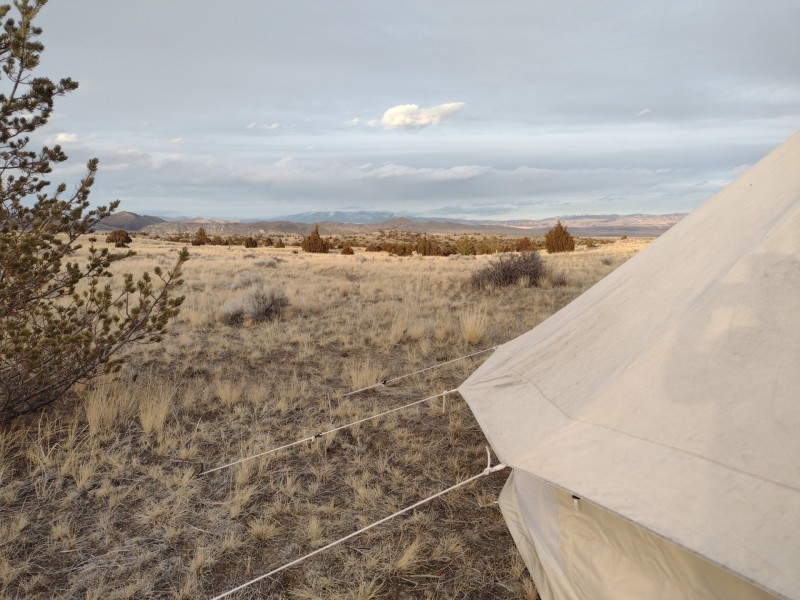


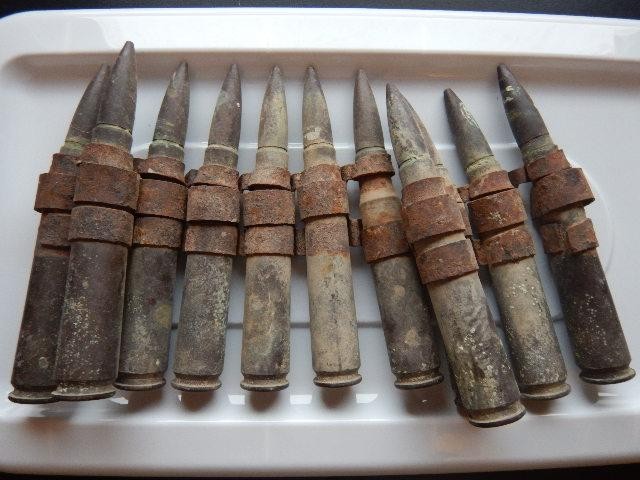
.thumb.jpg.95344db3aeef0a4c6c73420daa366191.jpg)
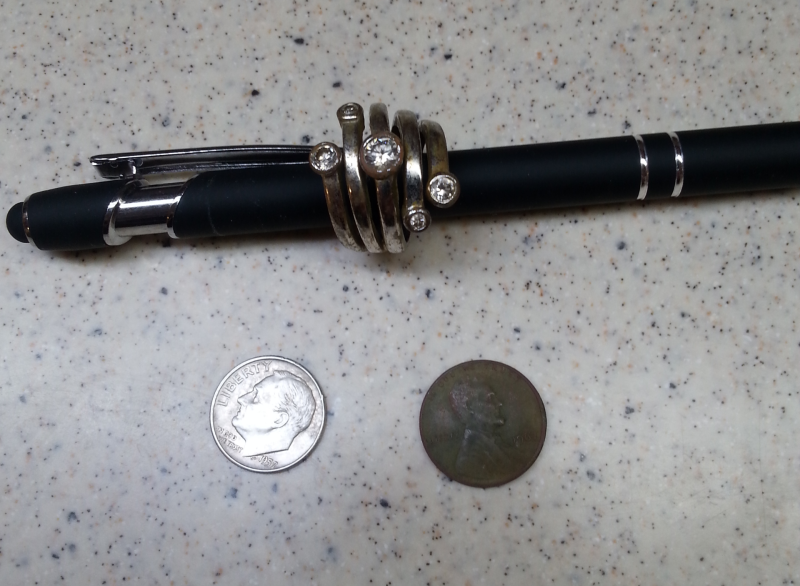

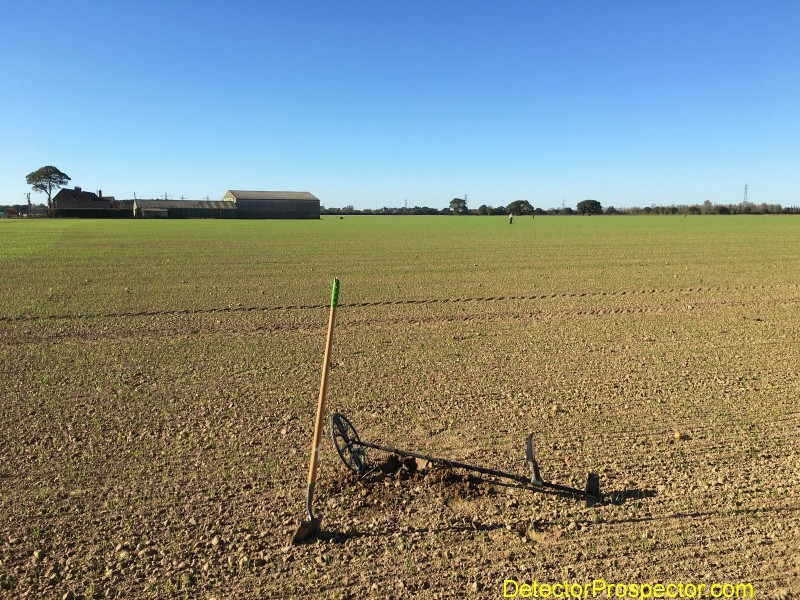
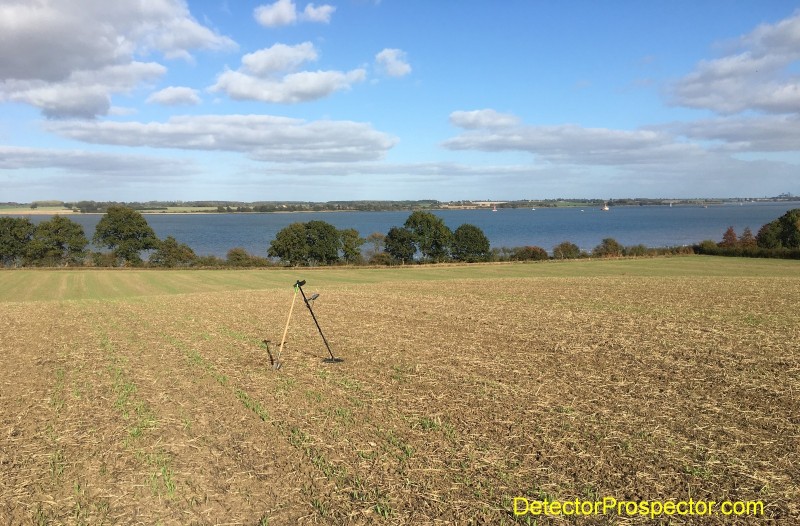
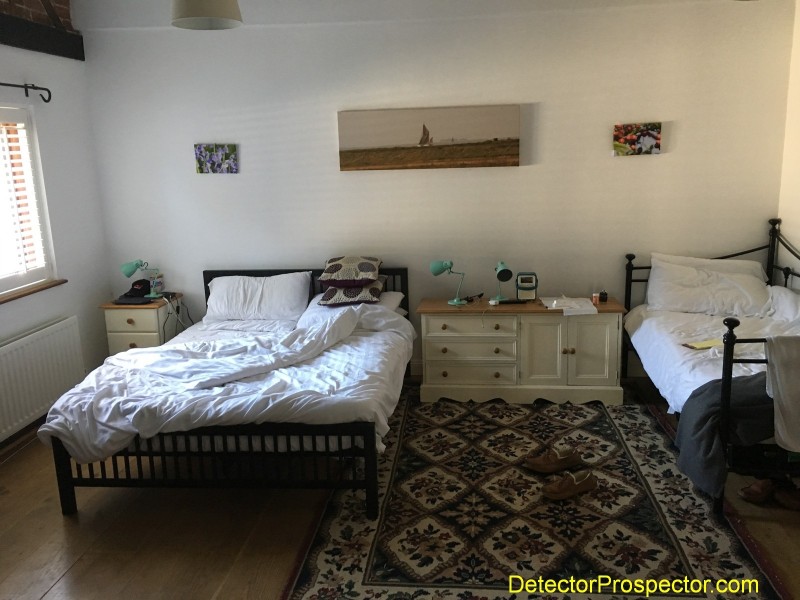

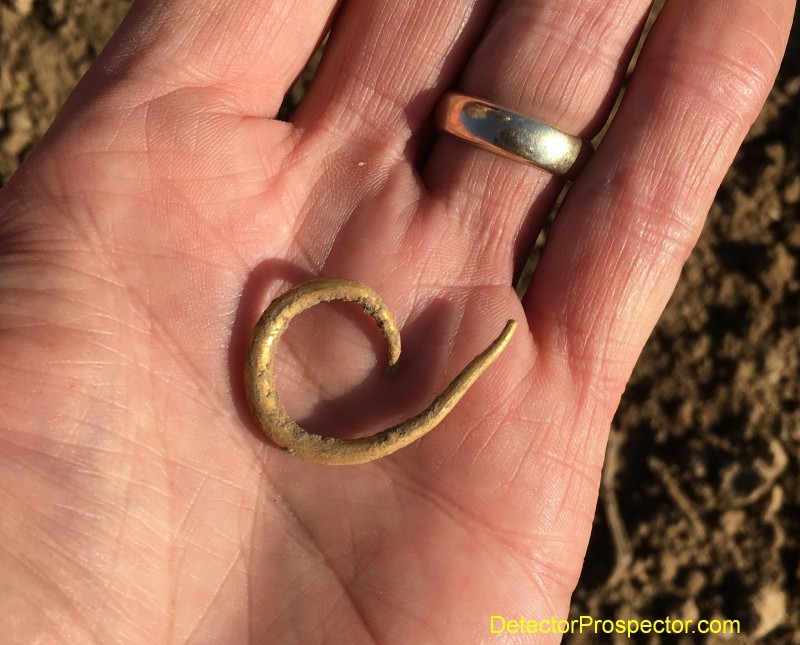
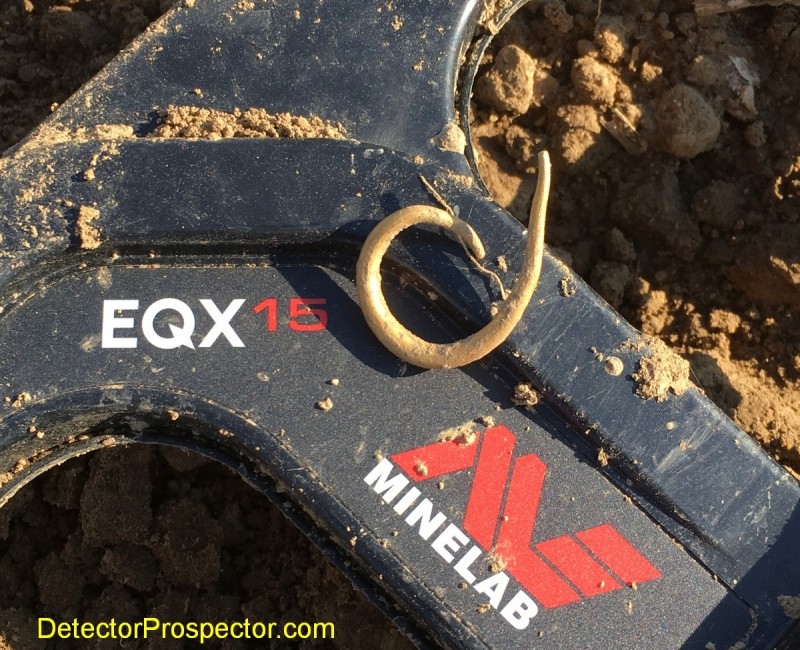
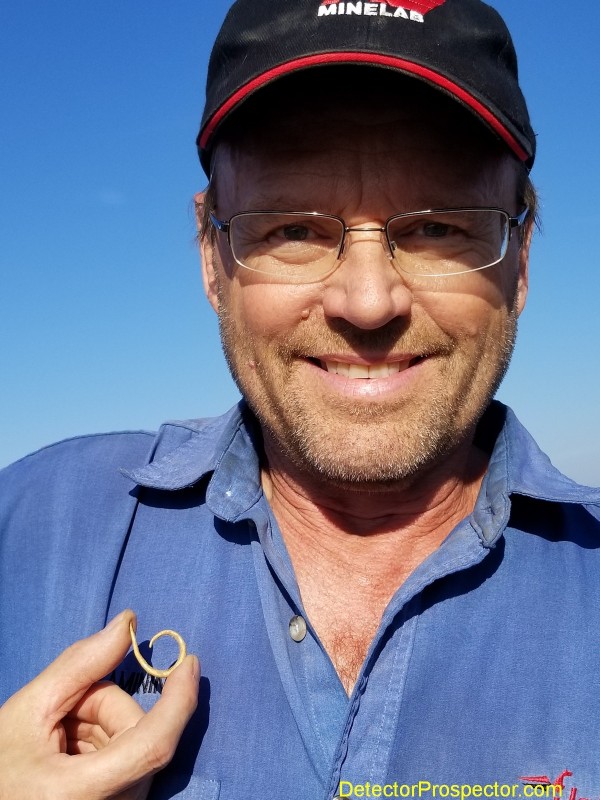
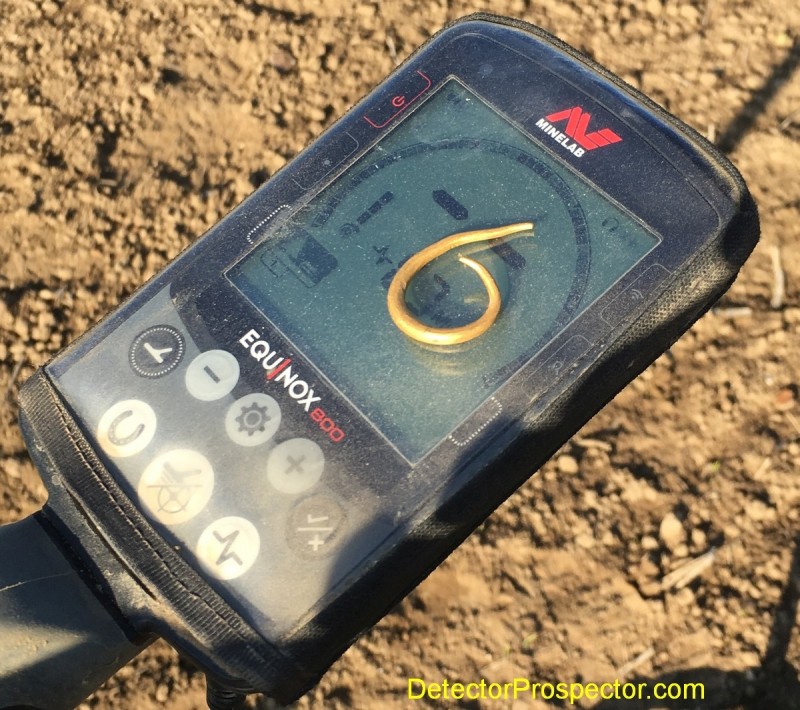
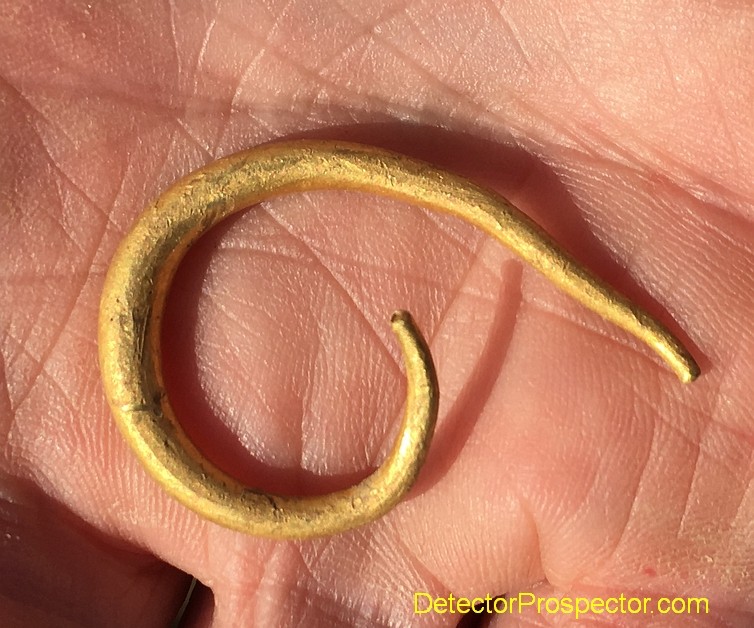
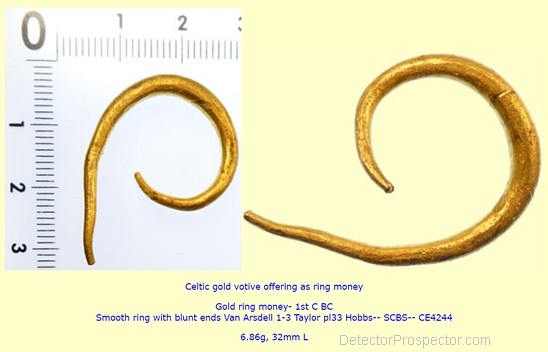
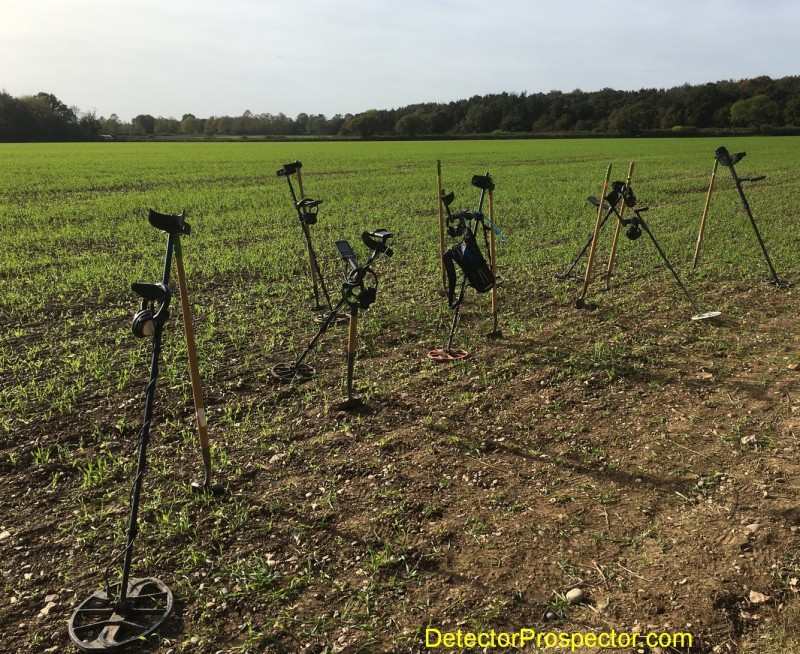

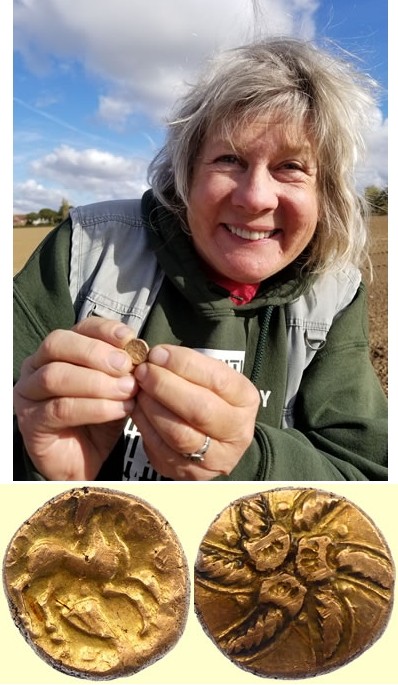
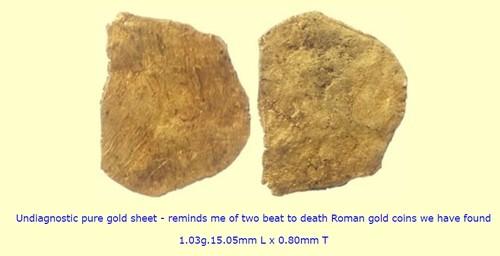
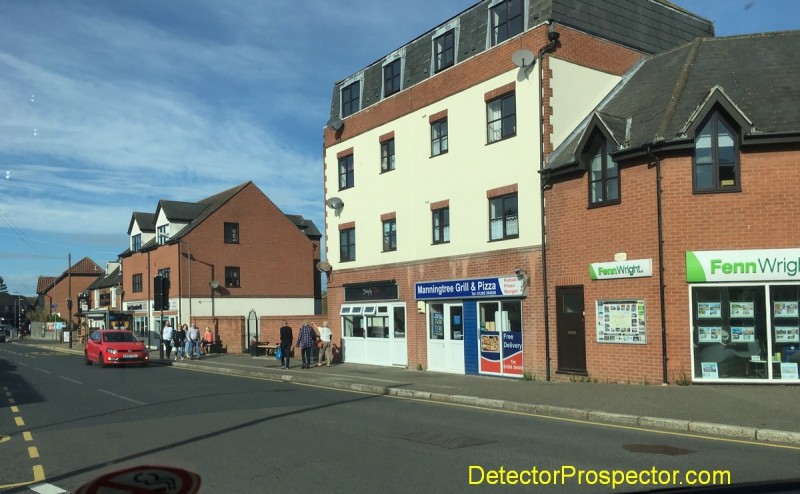
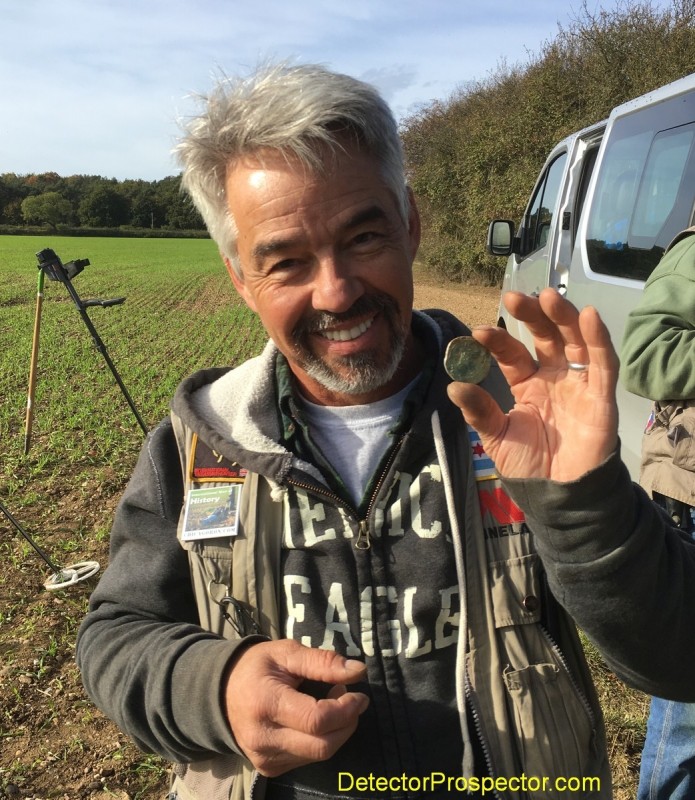
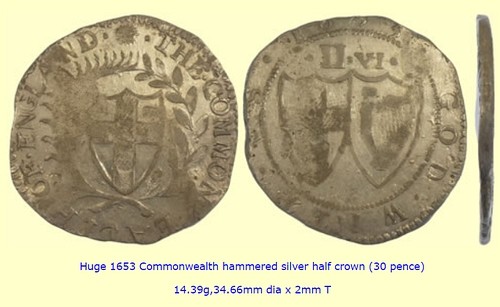
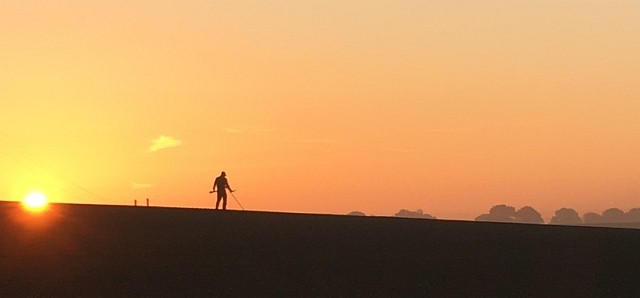
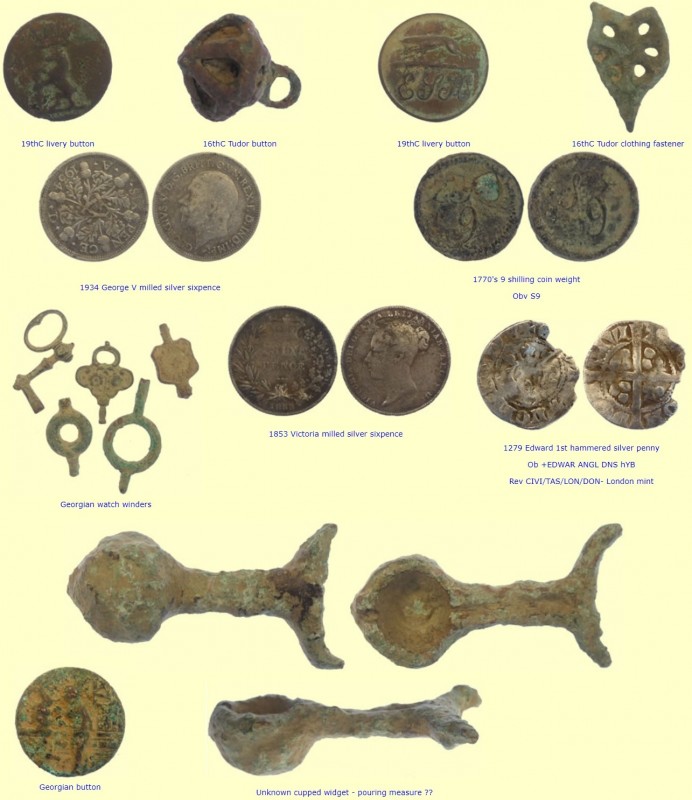

.thumb.jpeg.9fa63a4e70cd4d1a3c698abfd24d36b8.jpeg)
.thumb.jpeg.158f2276488a8f1658306546442f5c2f.jpeg)
.thumb.jpeg.6d017ac3e72ff7445dd3841b9d8a47dd.jpeg)
.thumb.jpeg.bf77d0fd822bd743bb6dbeed749d5d52.jpeg)
.thumb.jpeg.5f4a3696cb5242eafc73a1ec94828b76.jpeg)
.thumb.jpeg.54c24824e867d7fbbc40cb950e804f86.jpeg)
